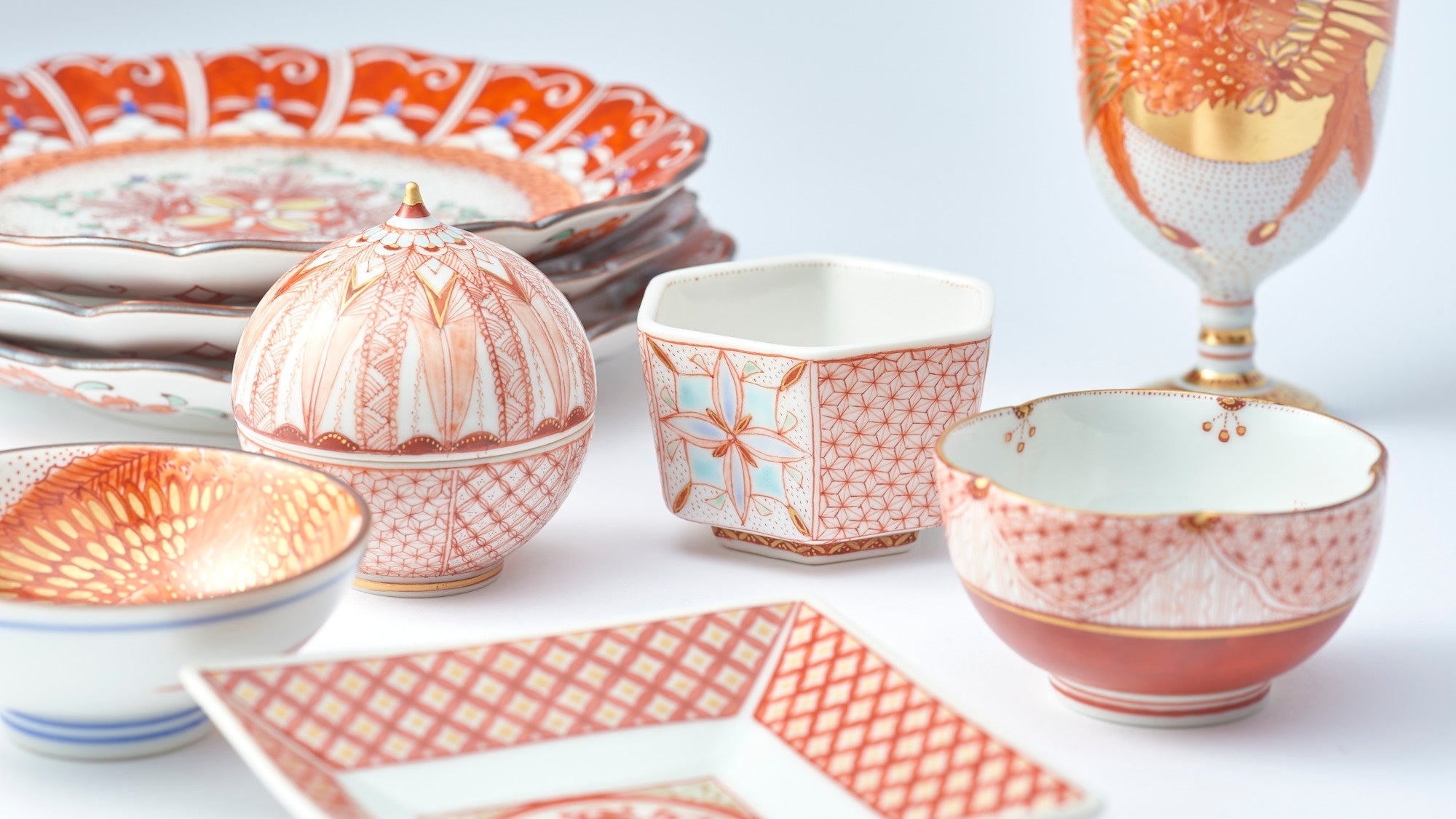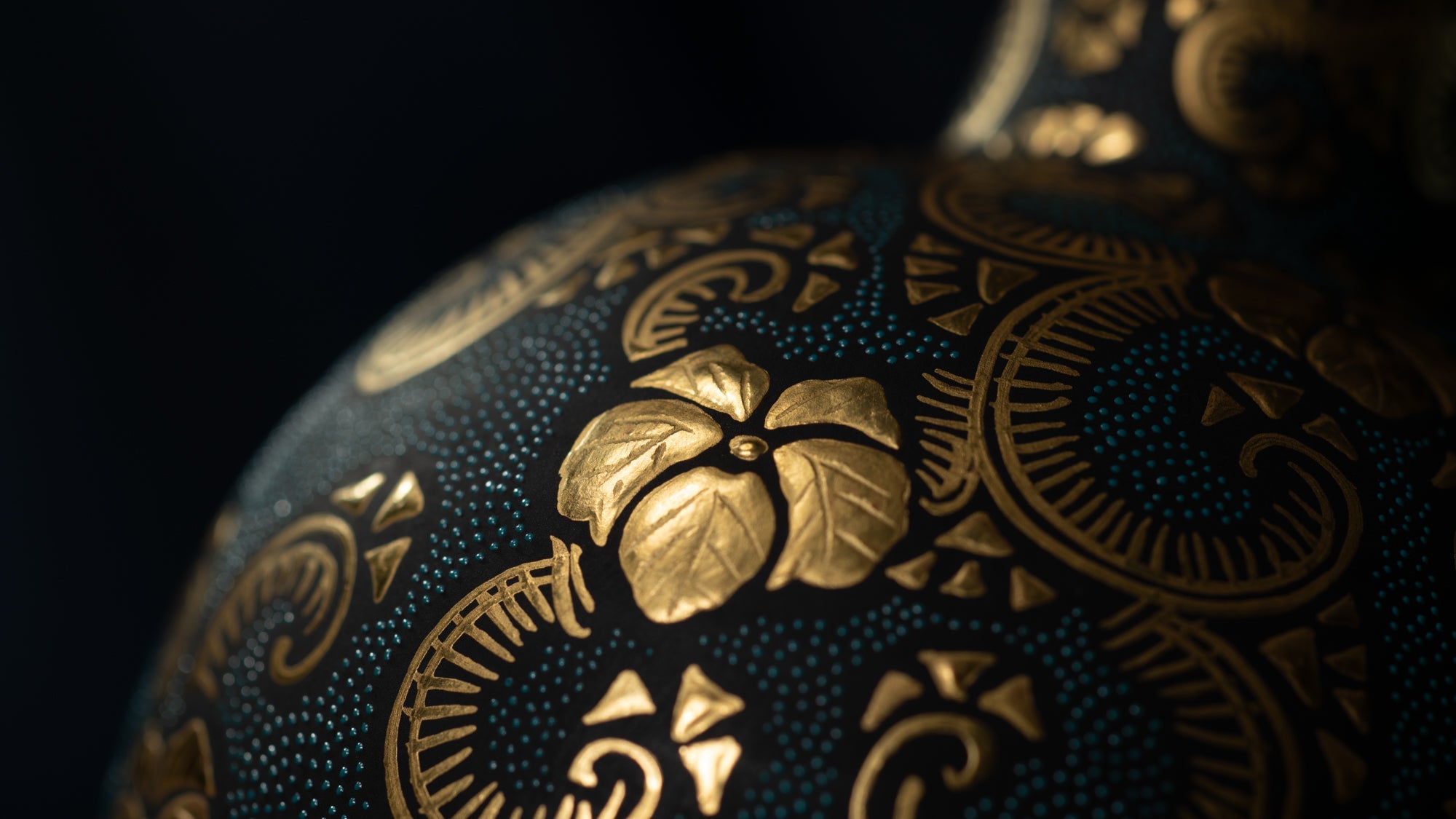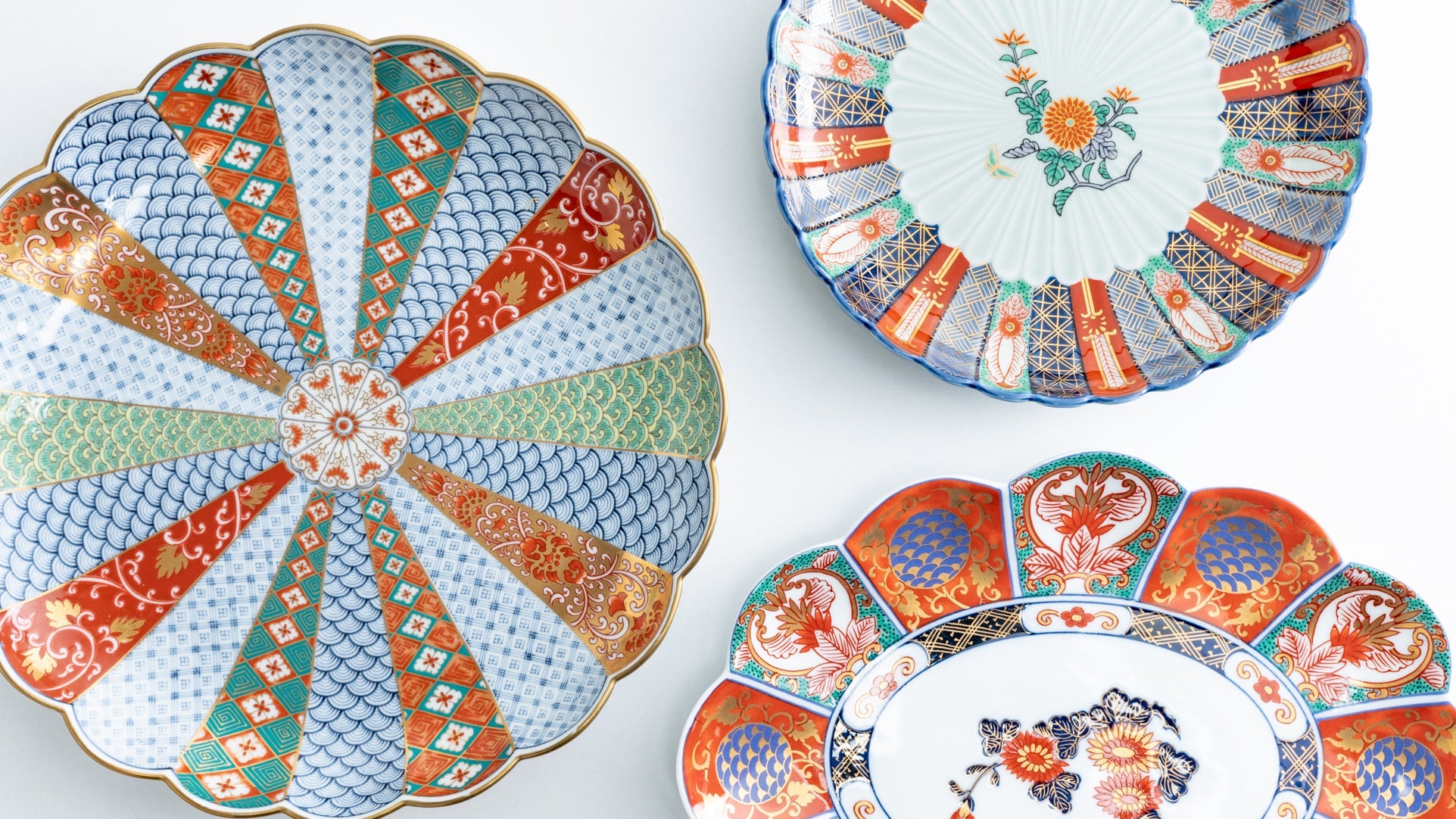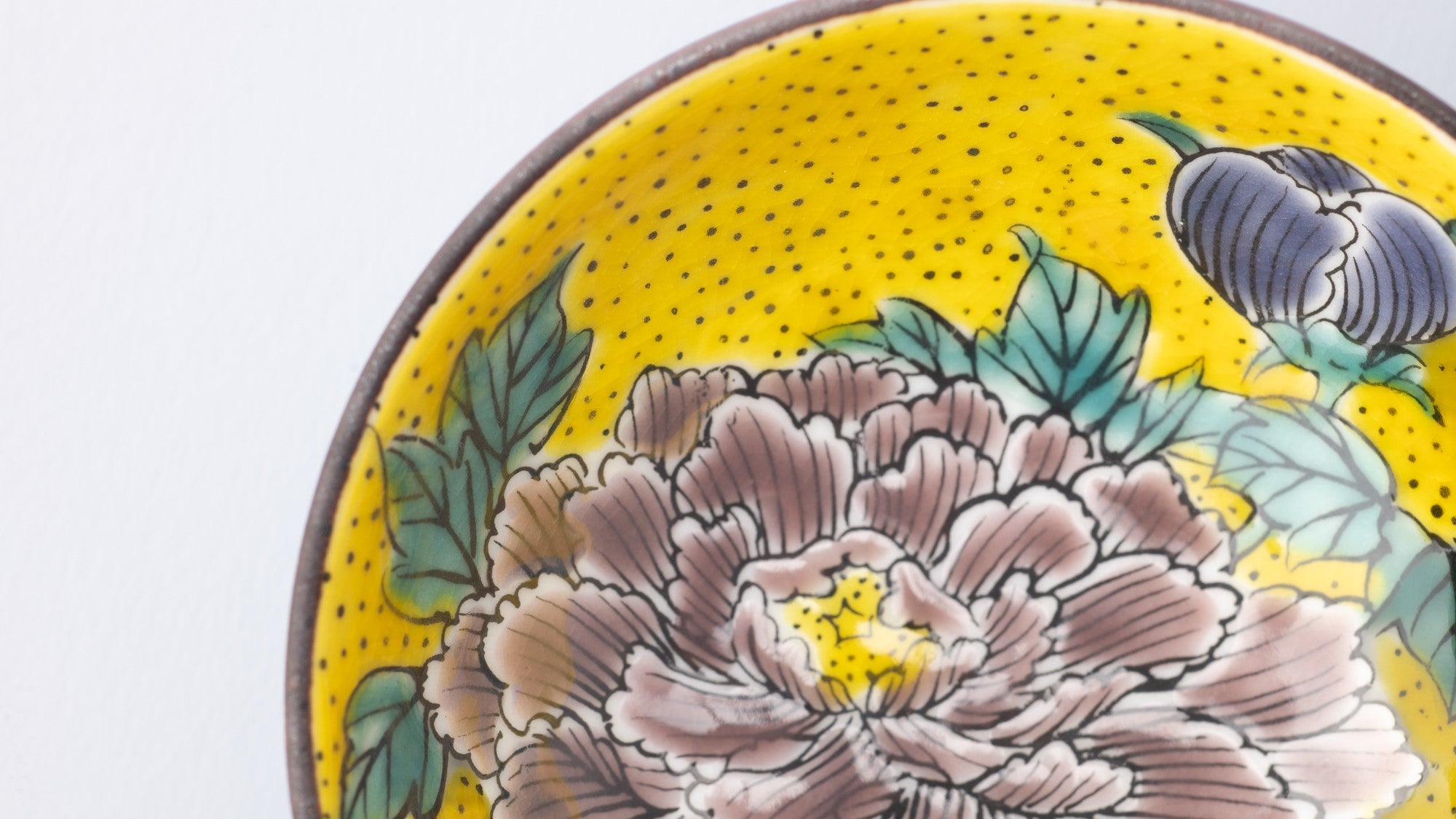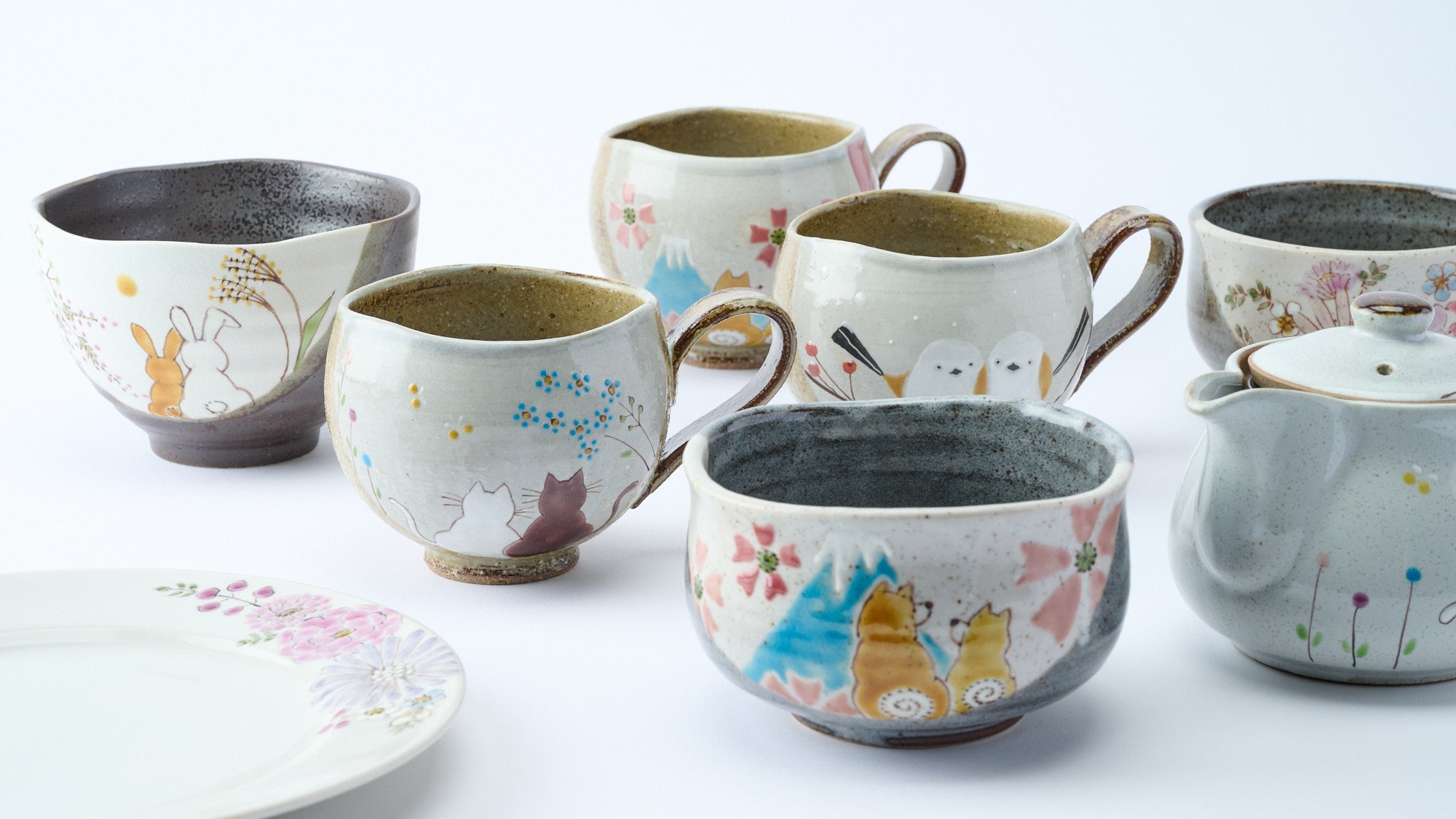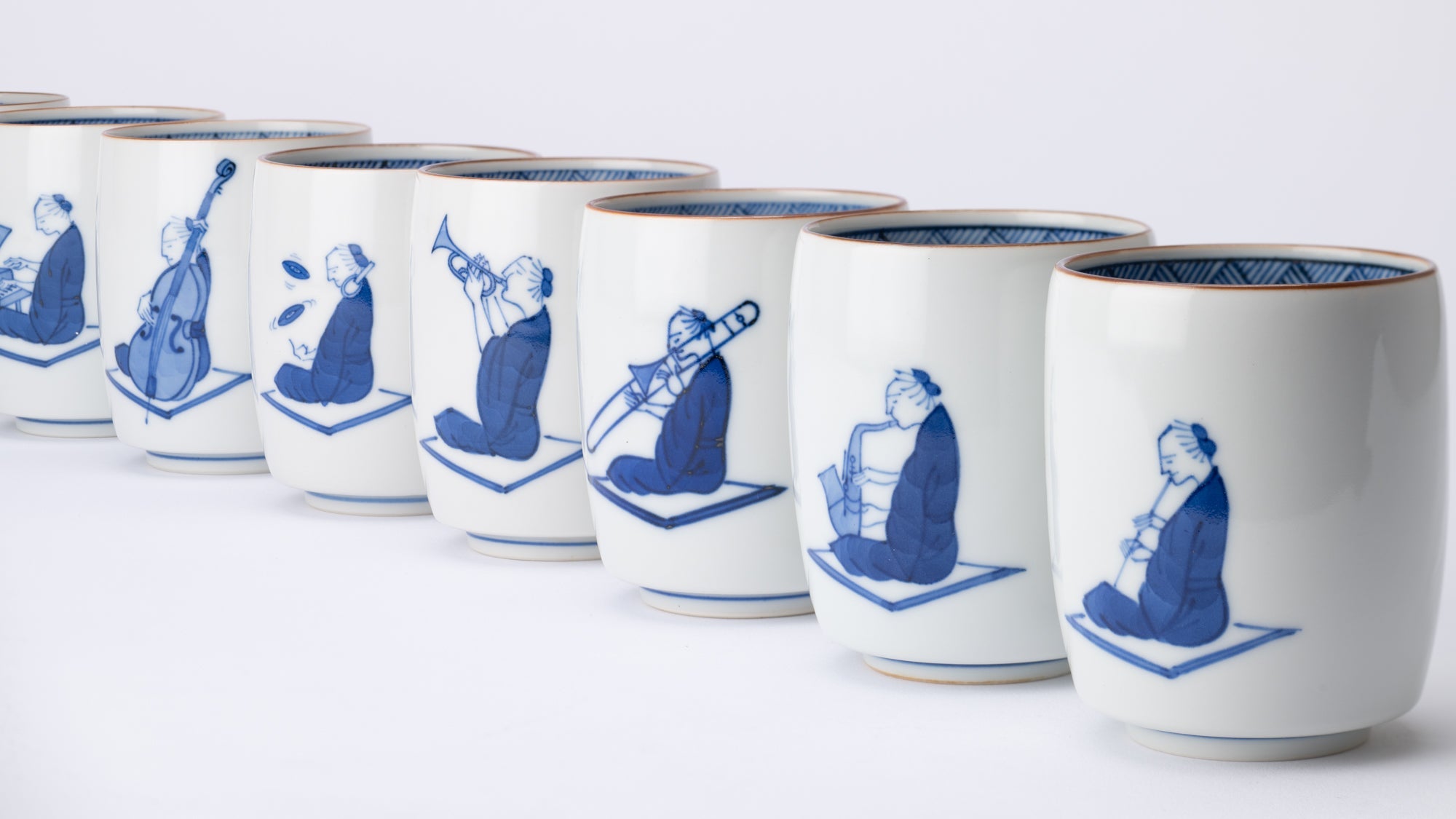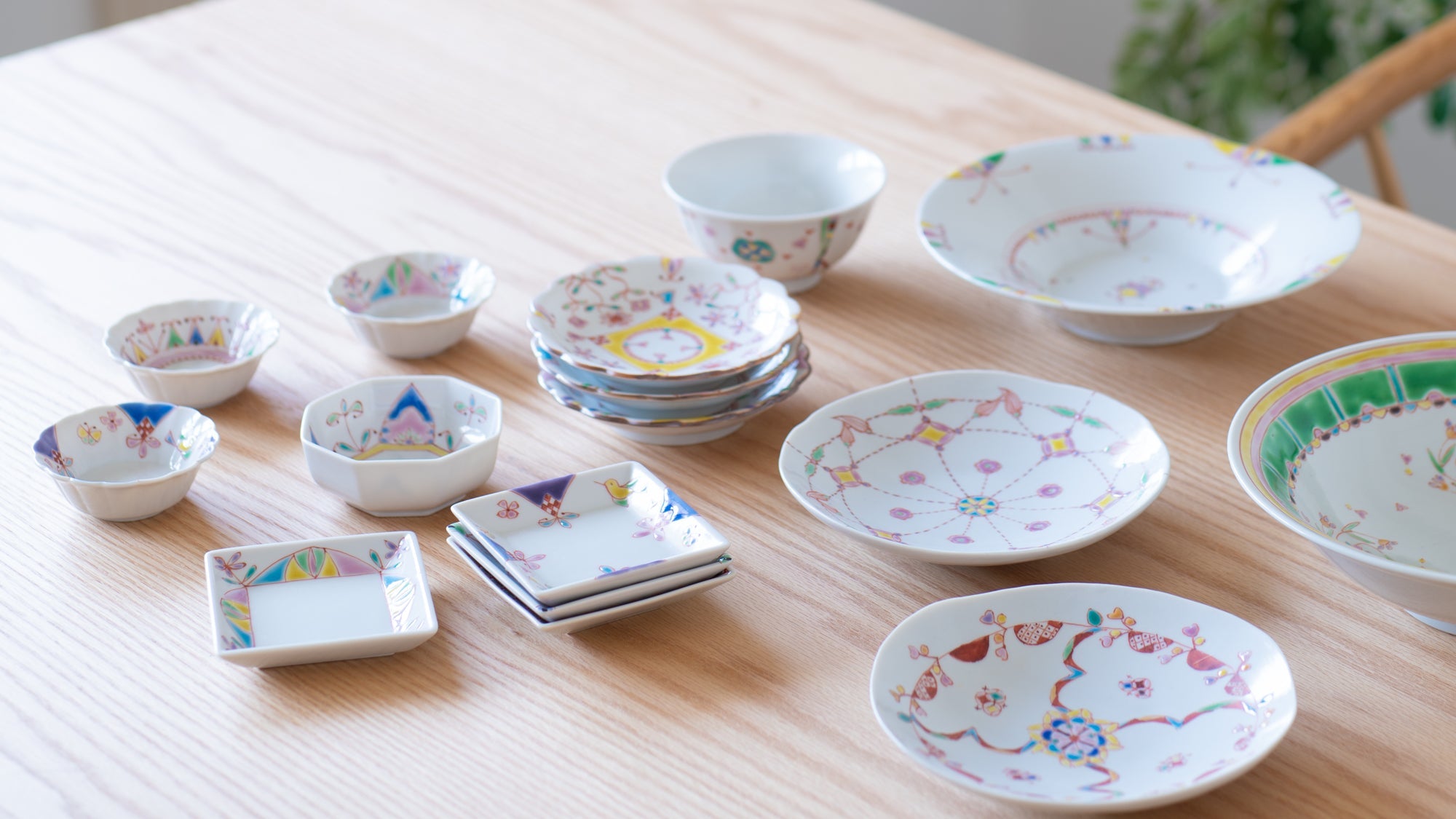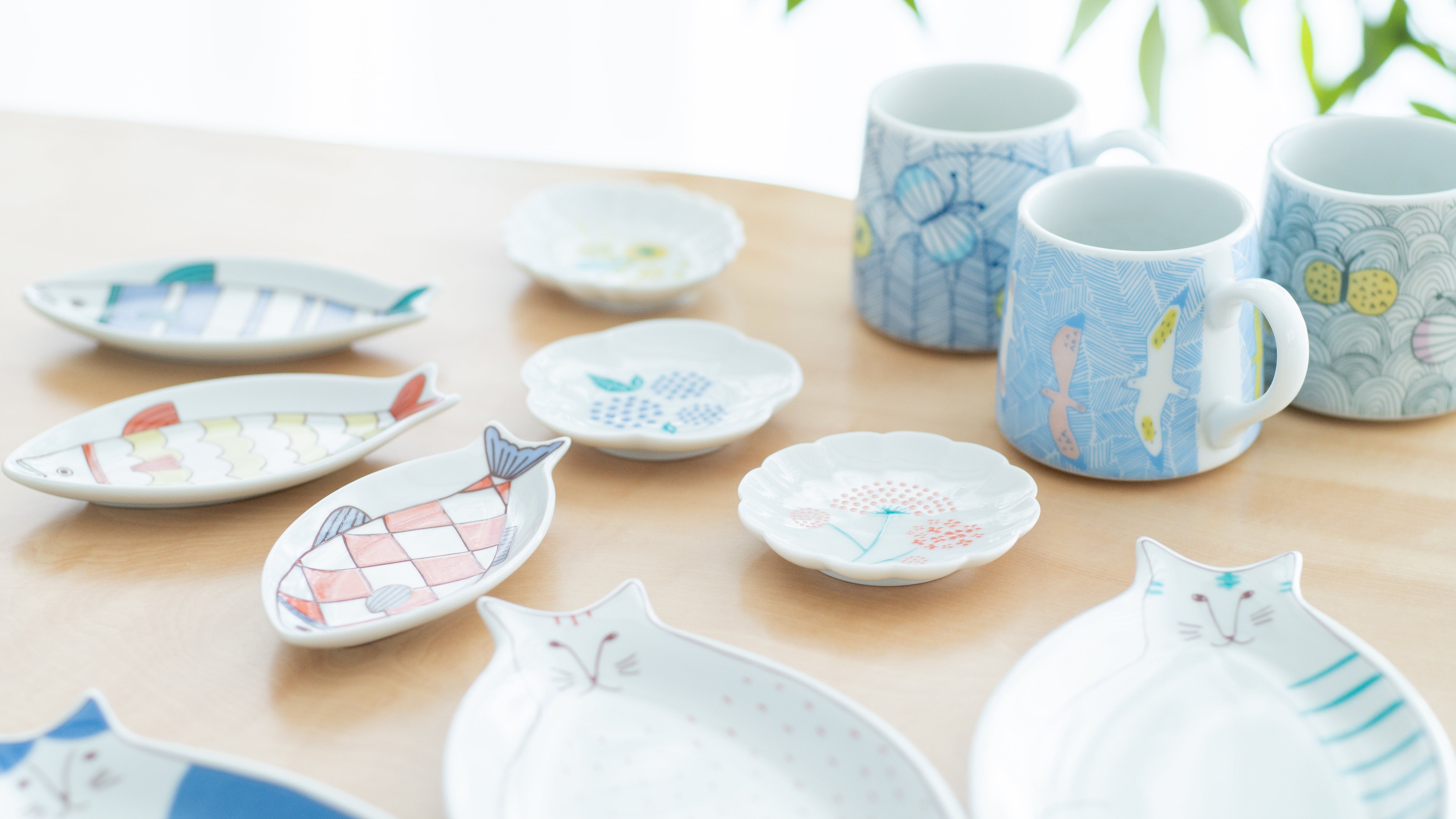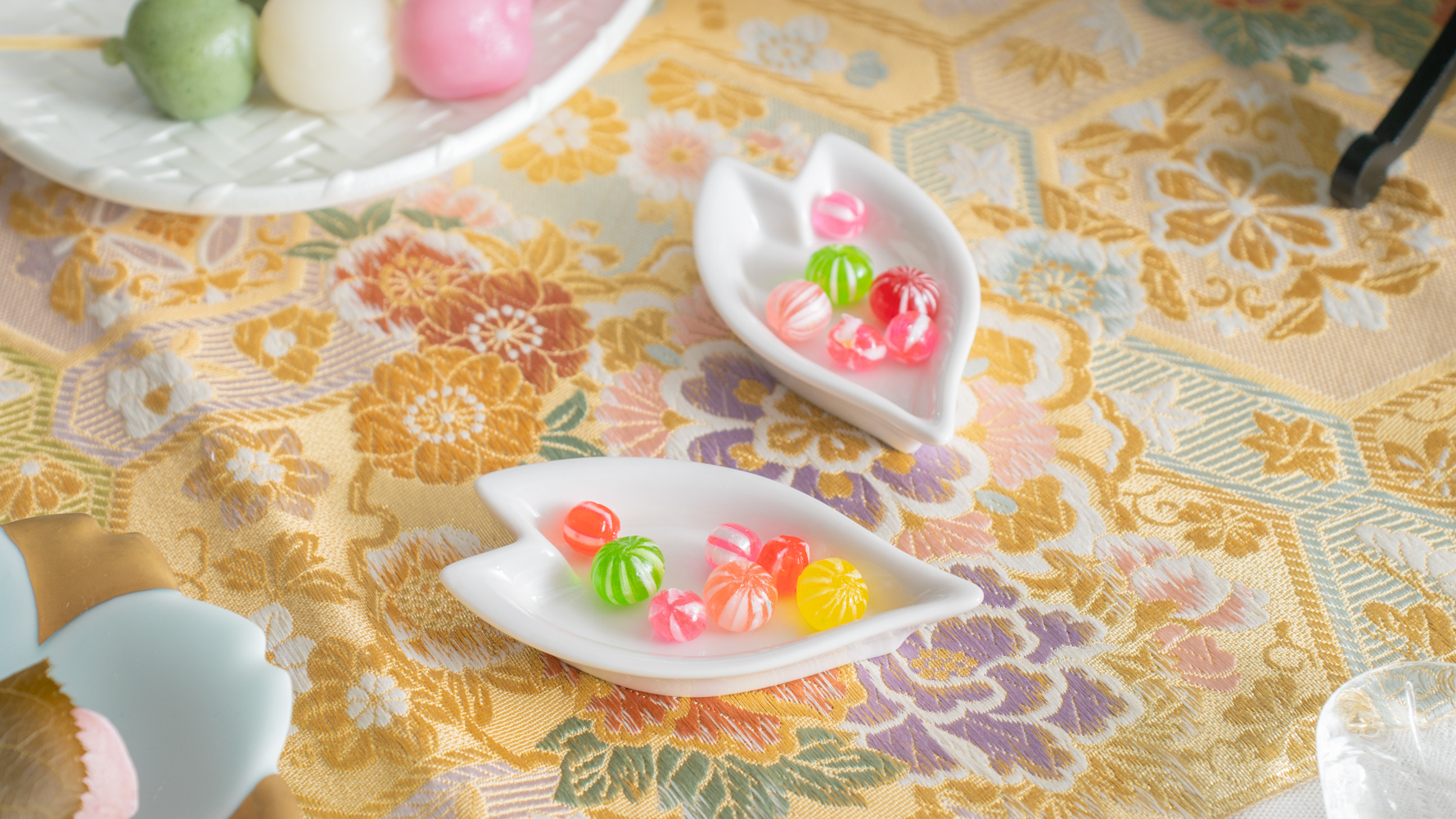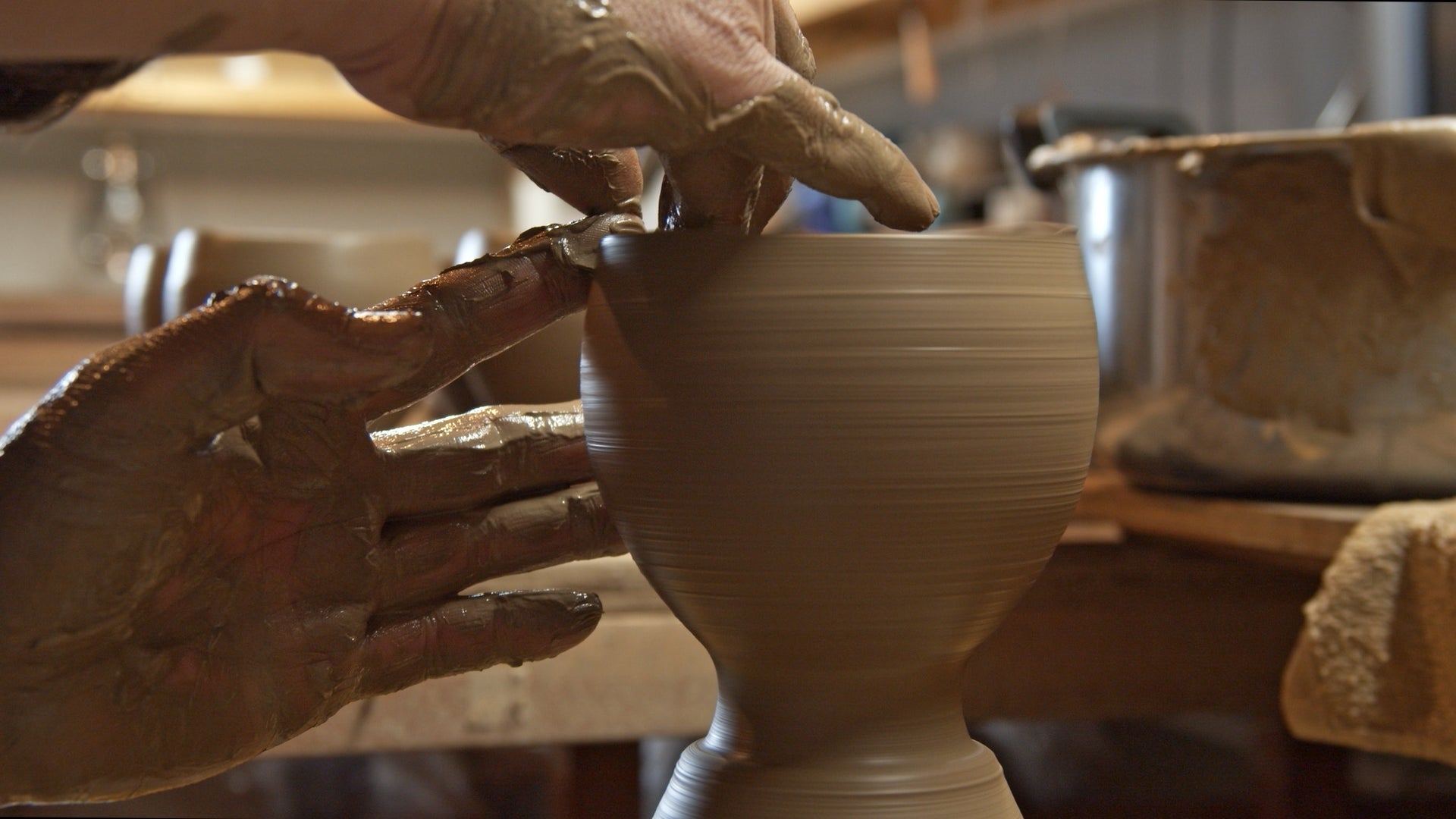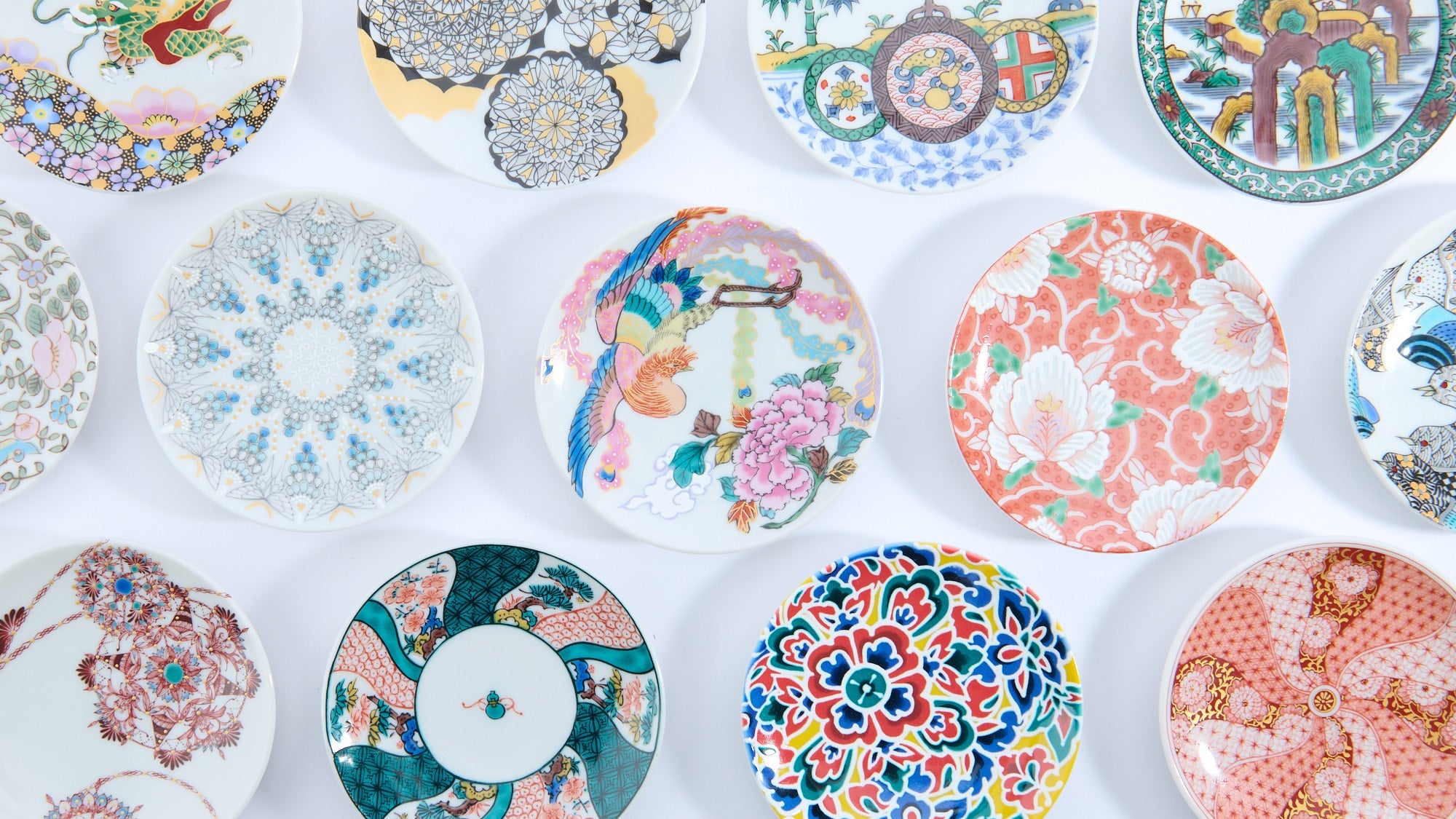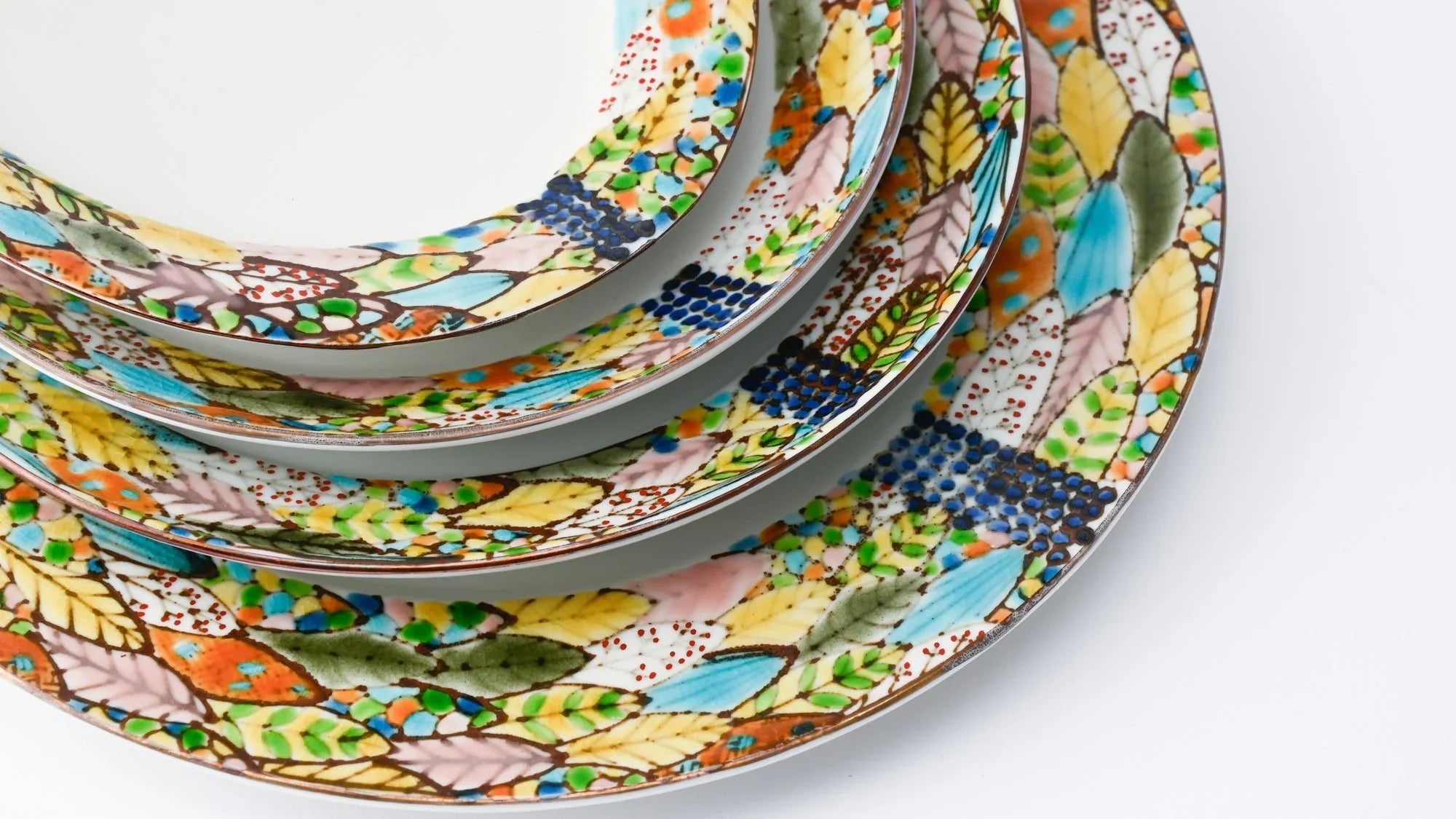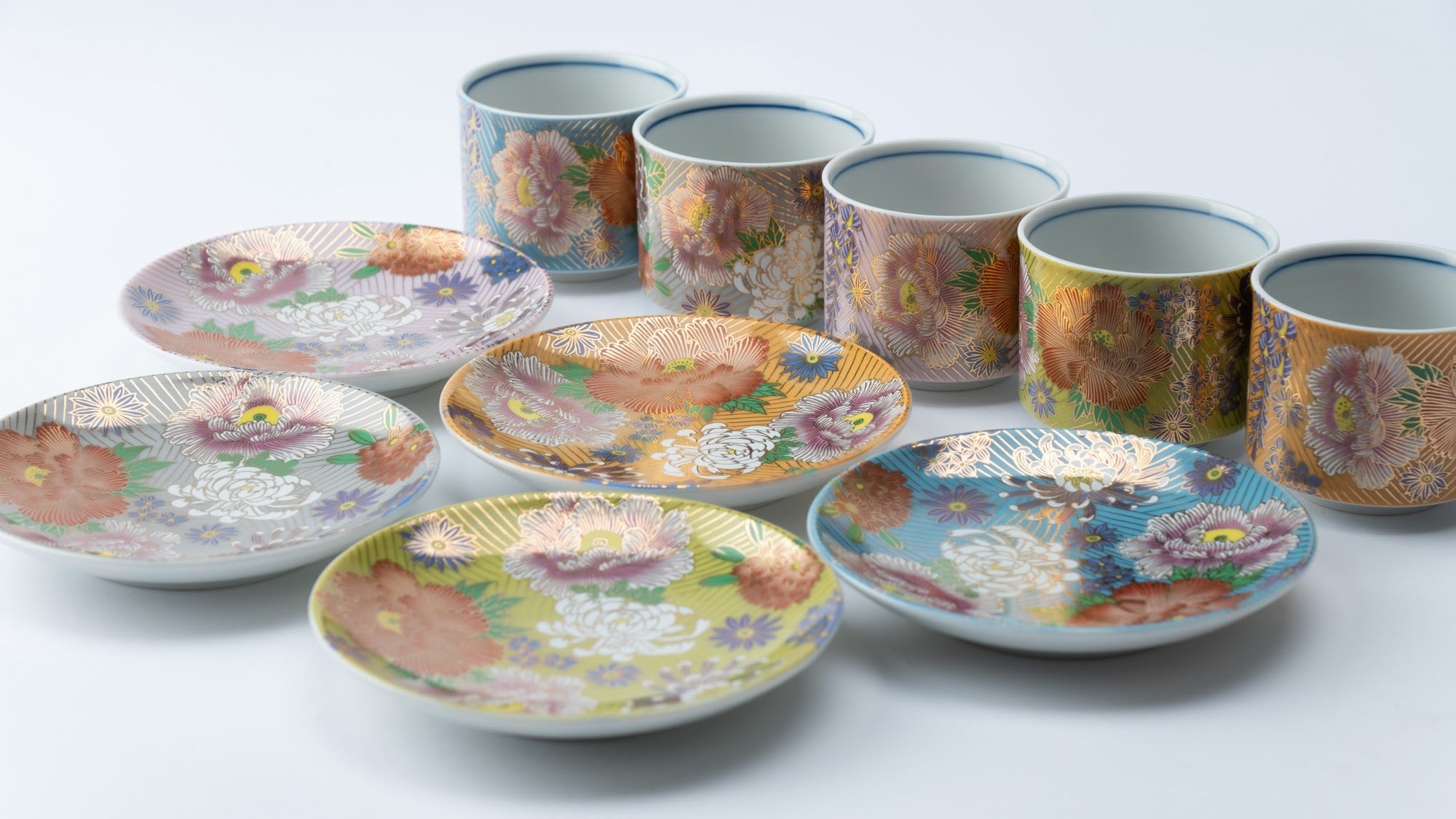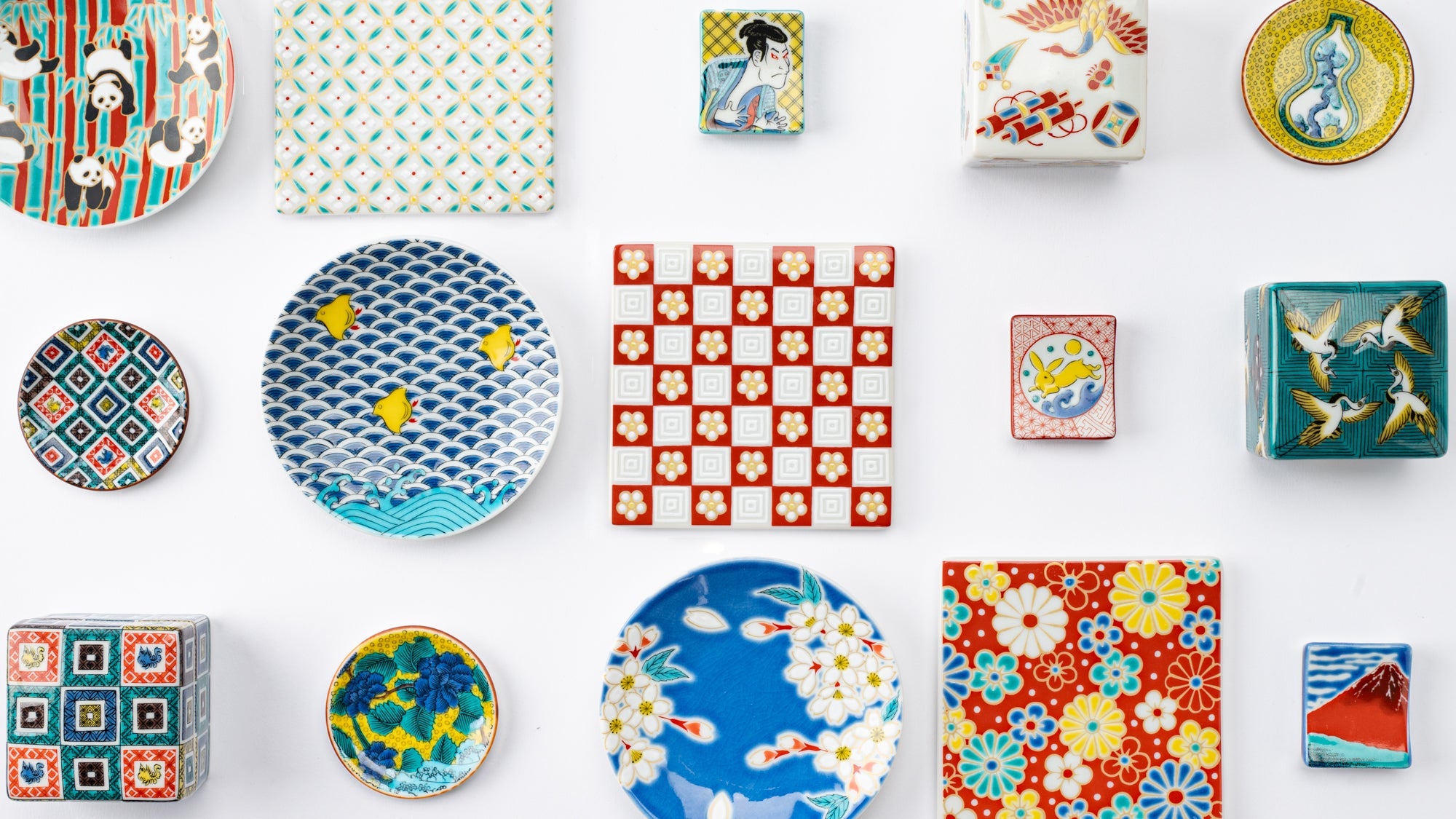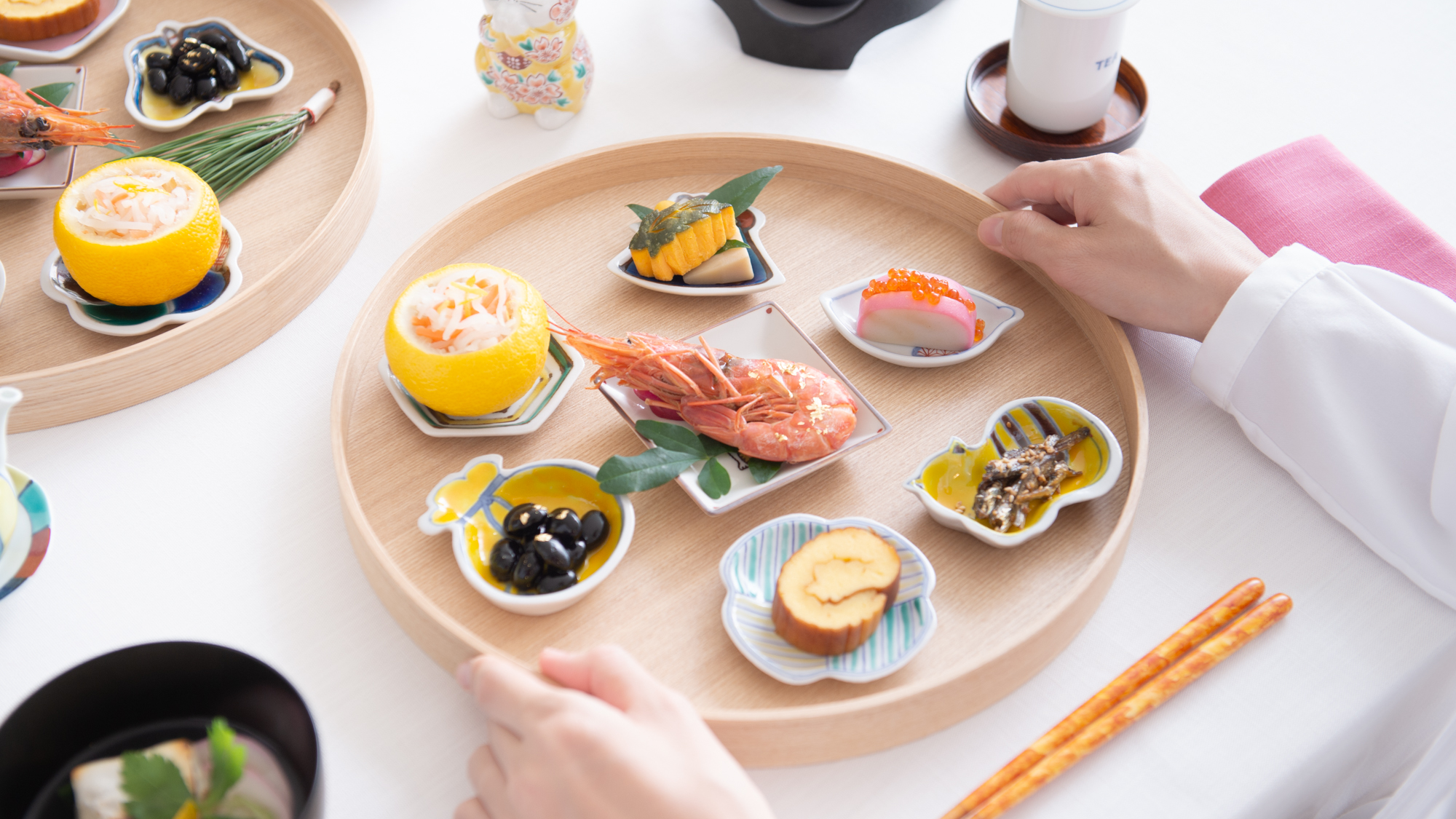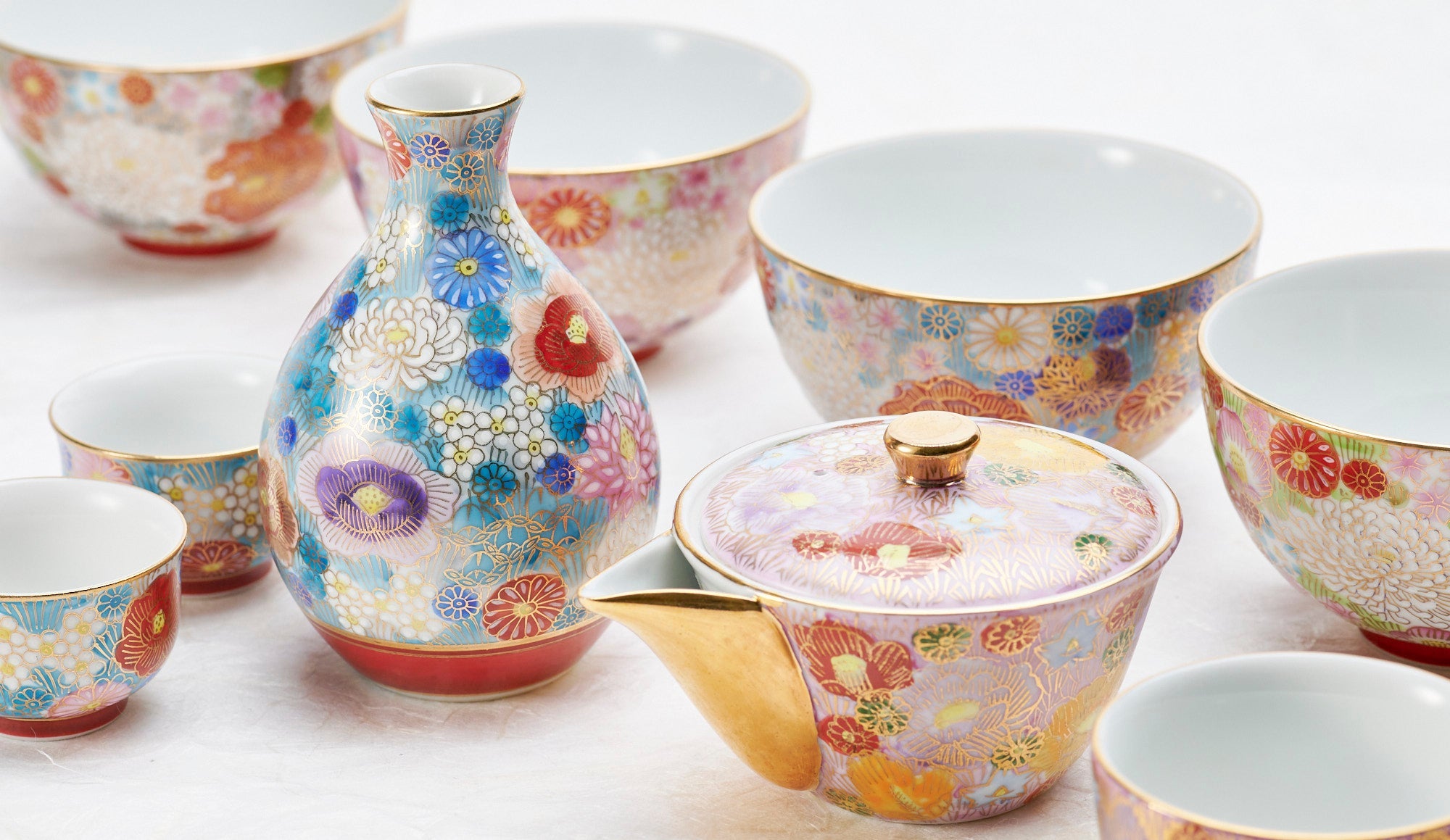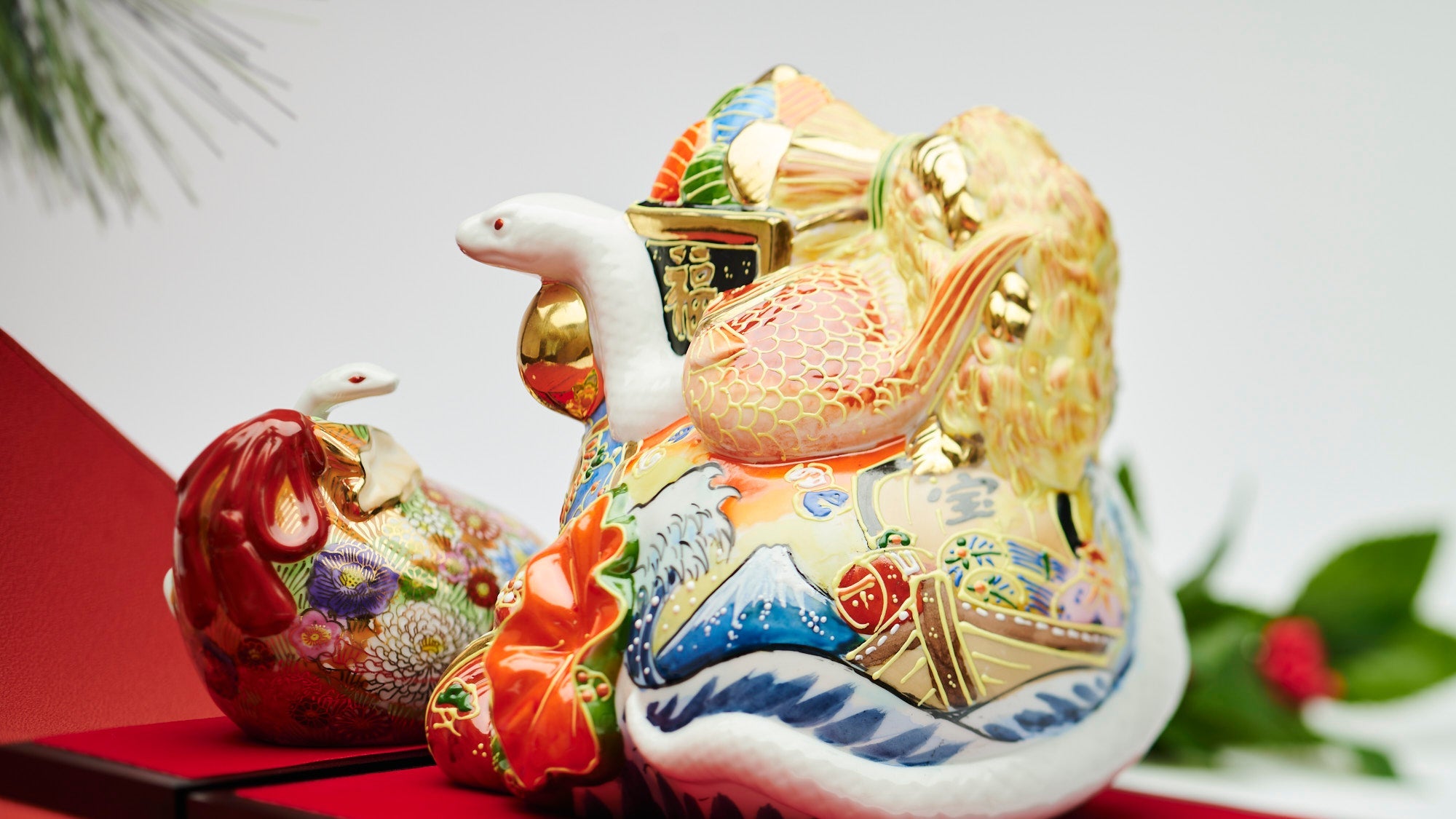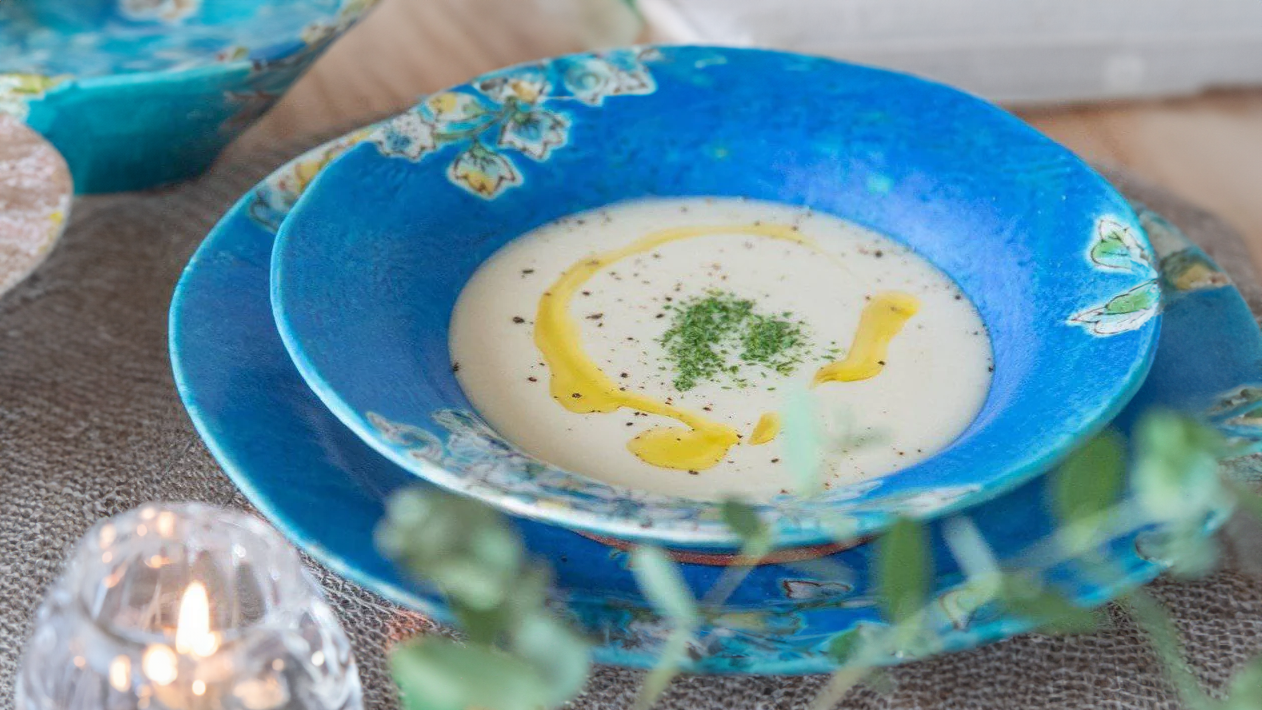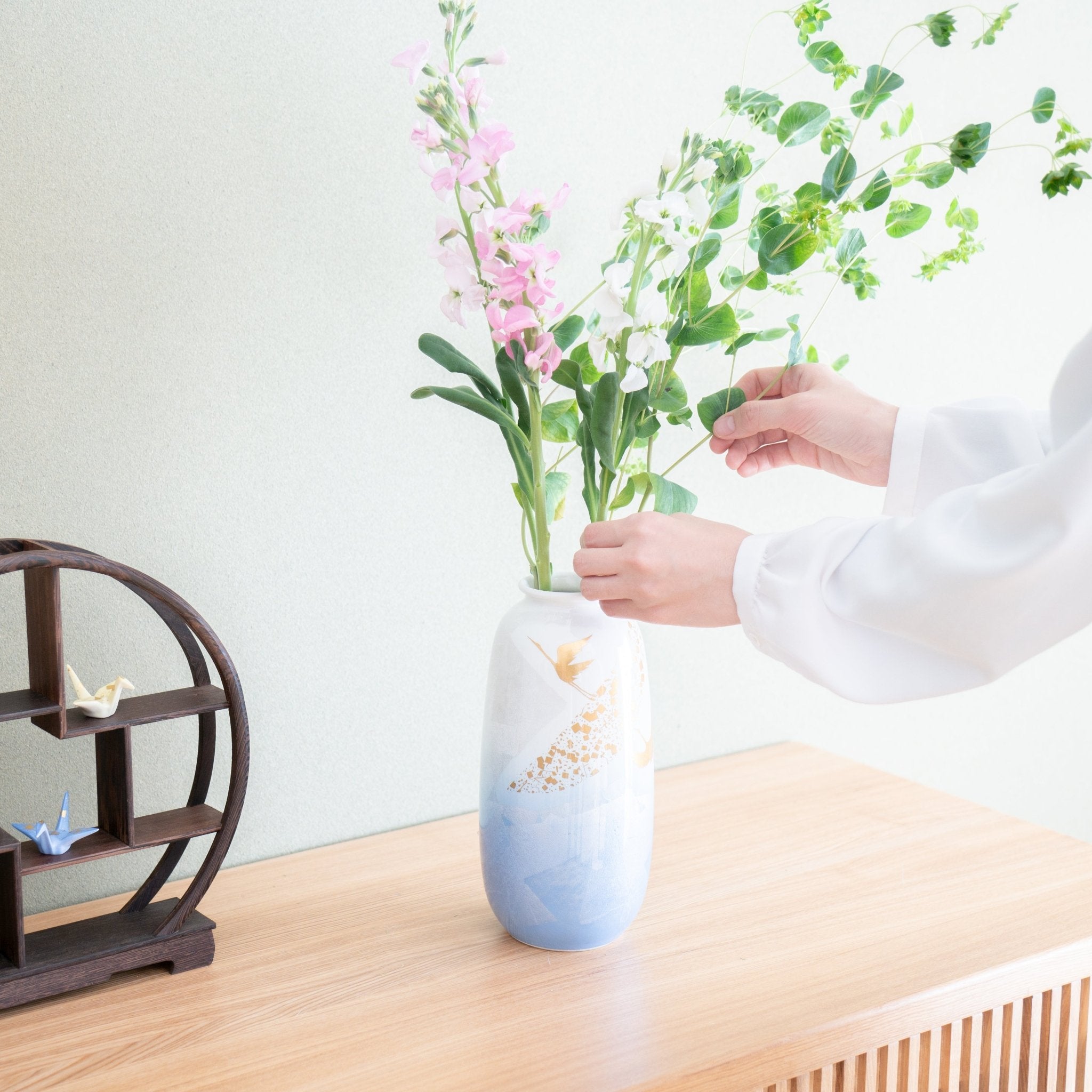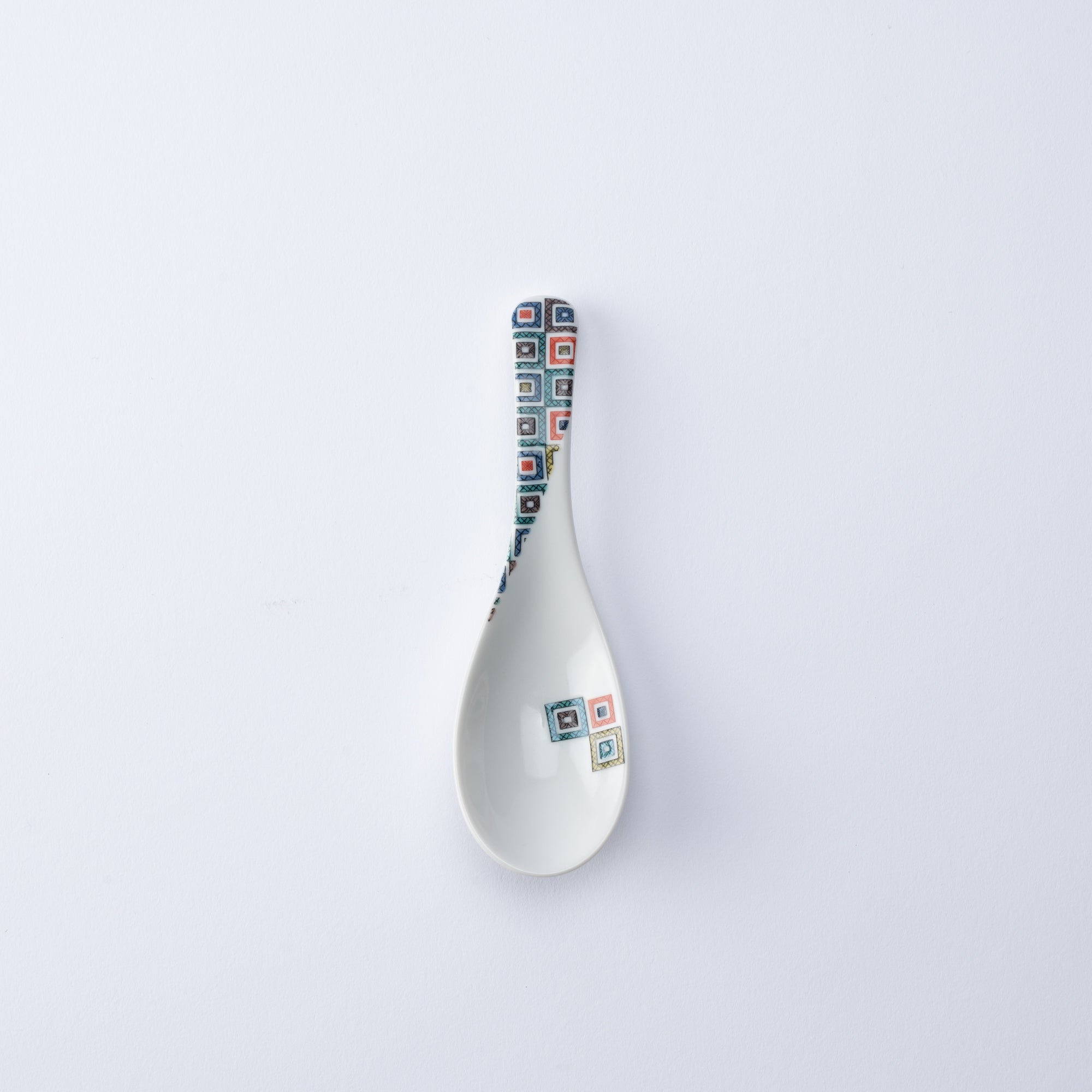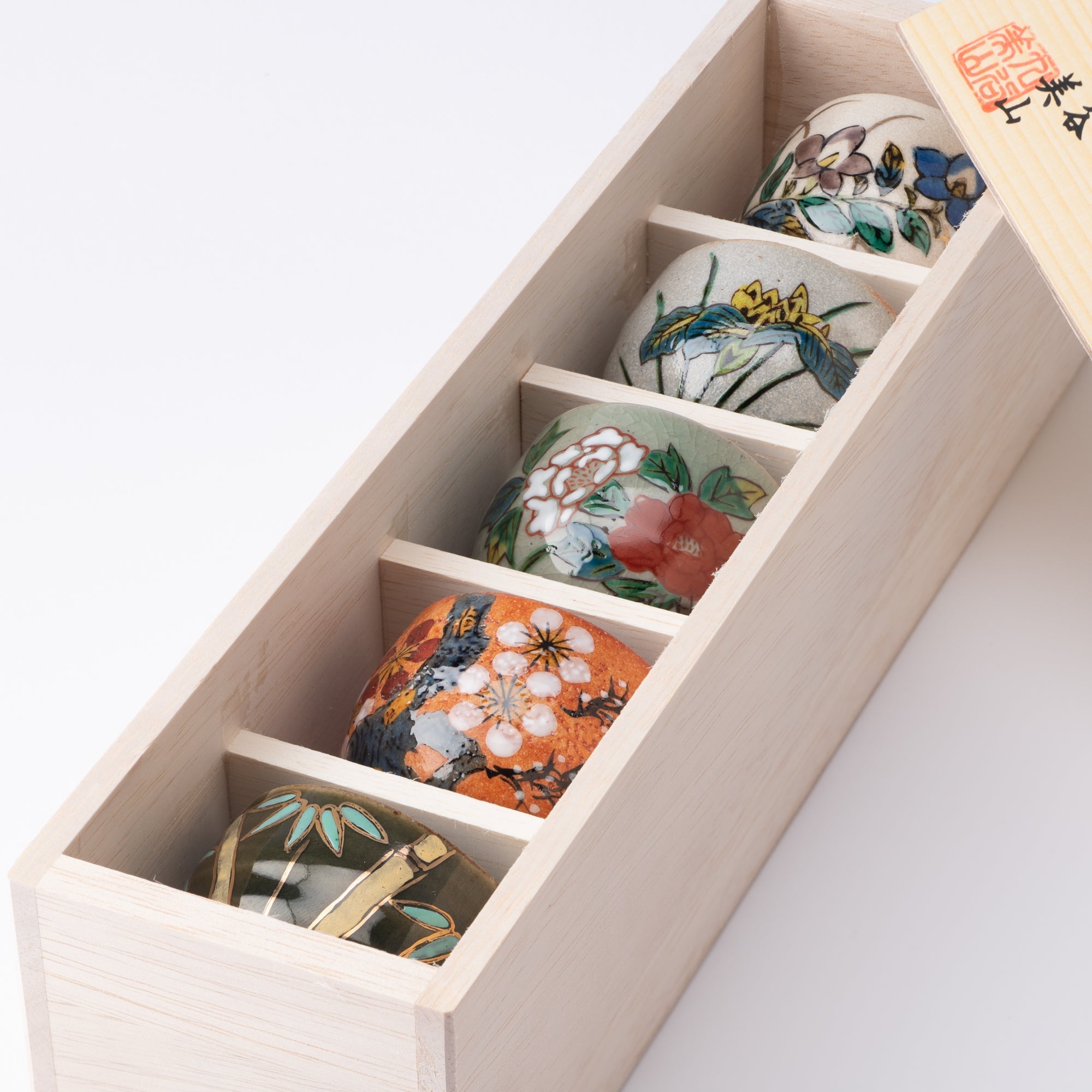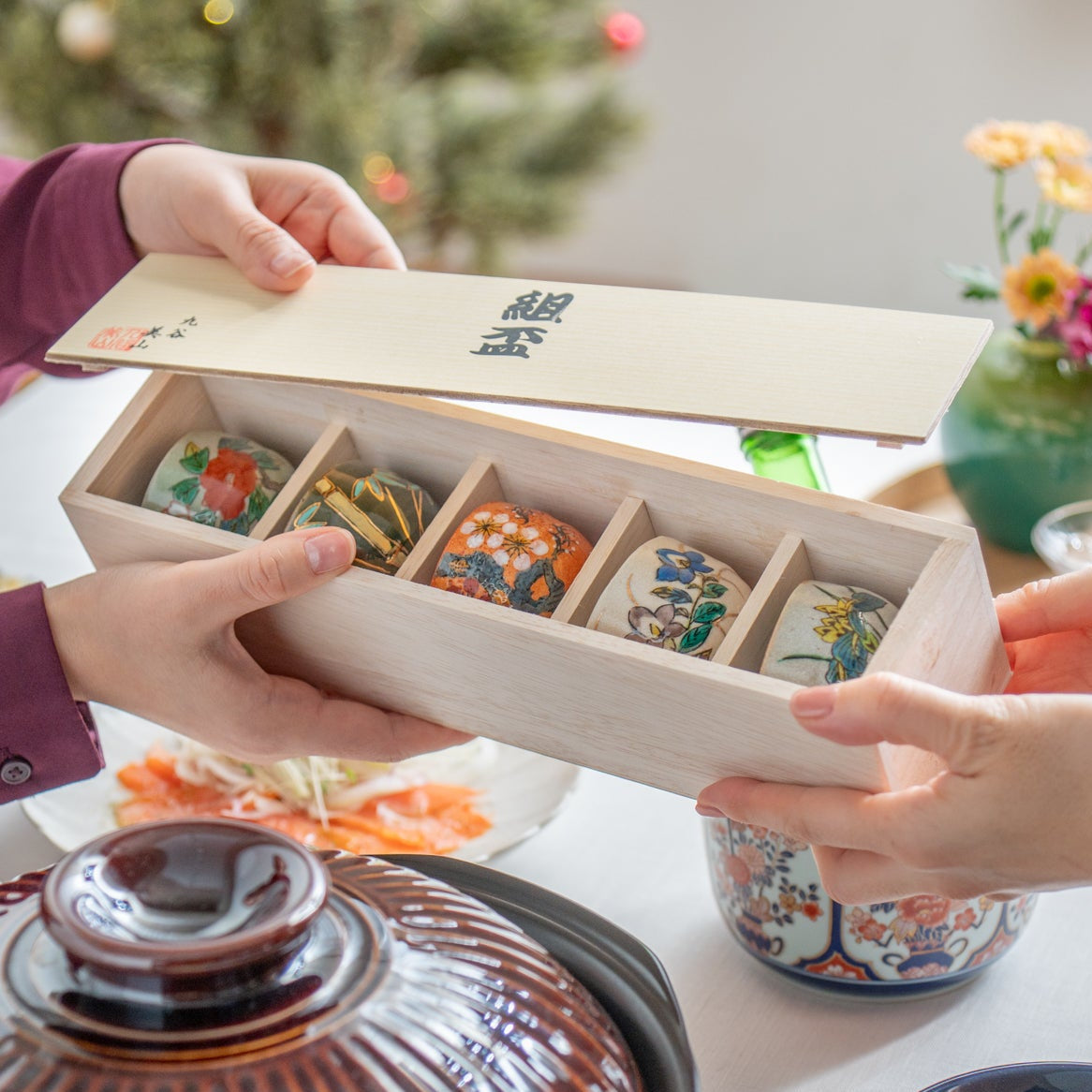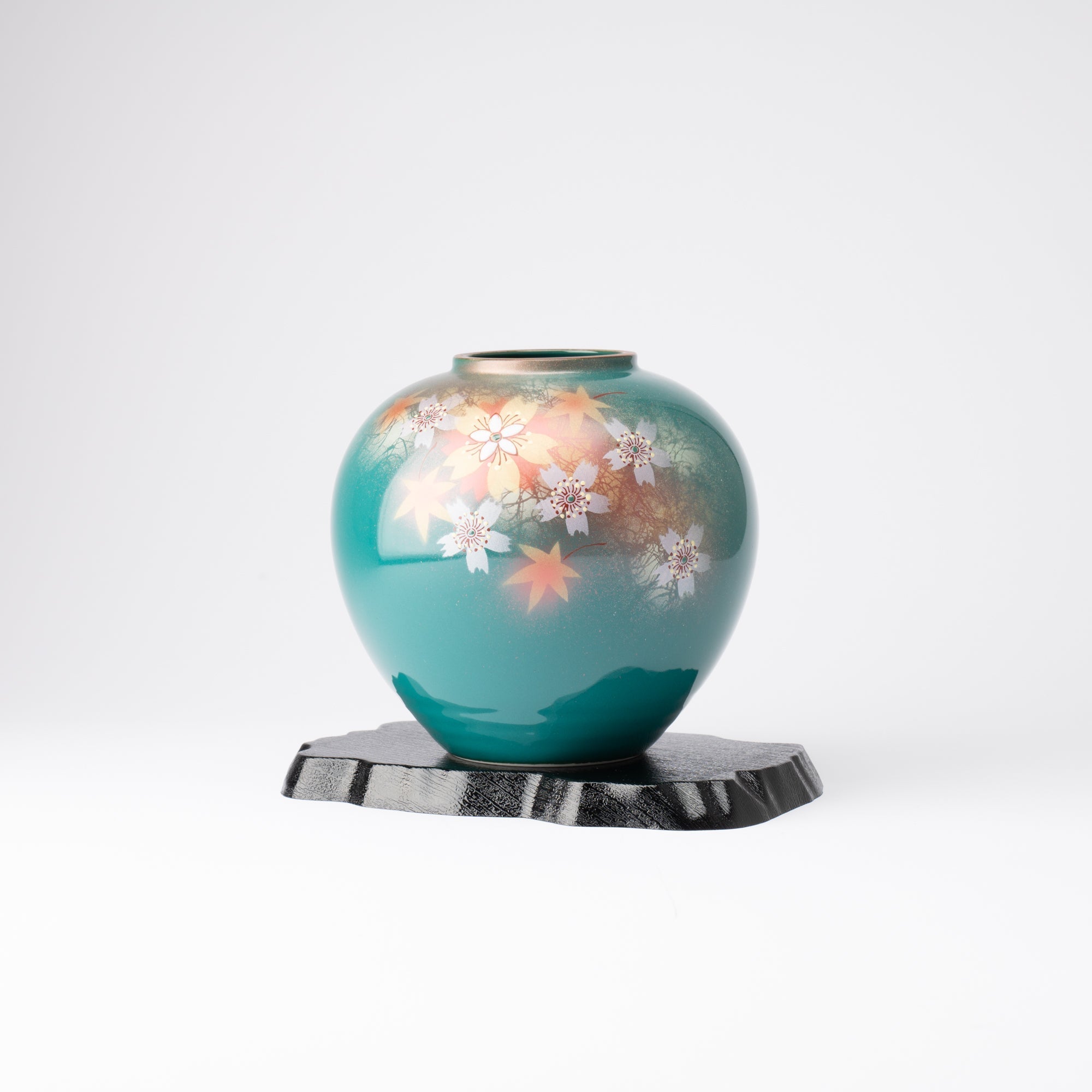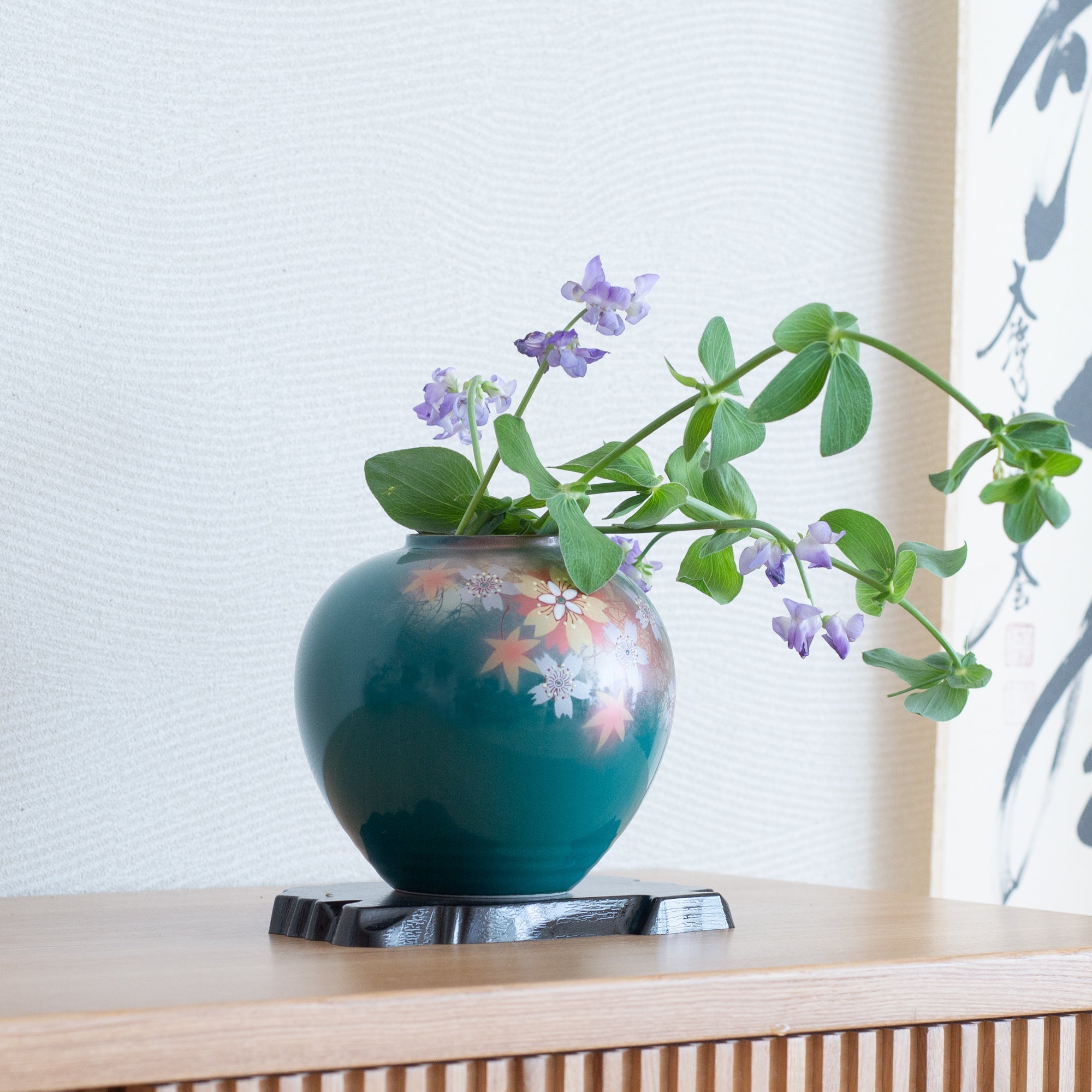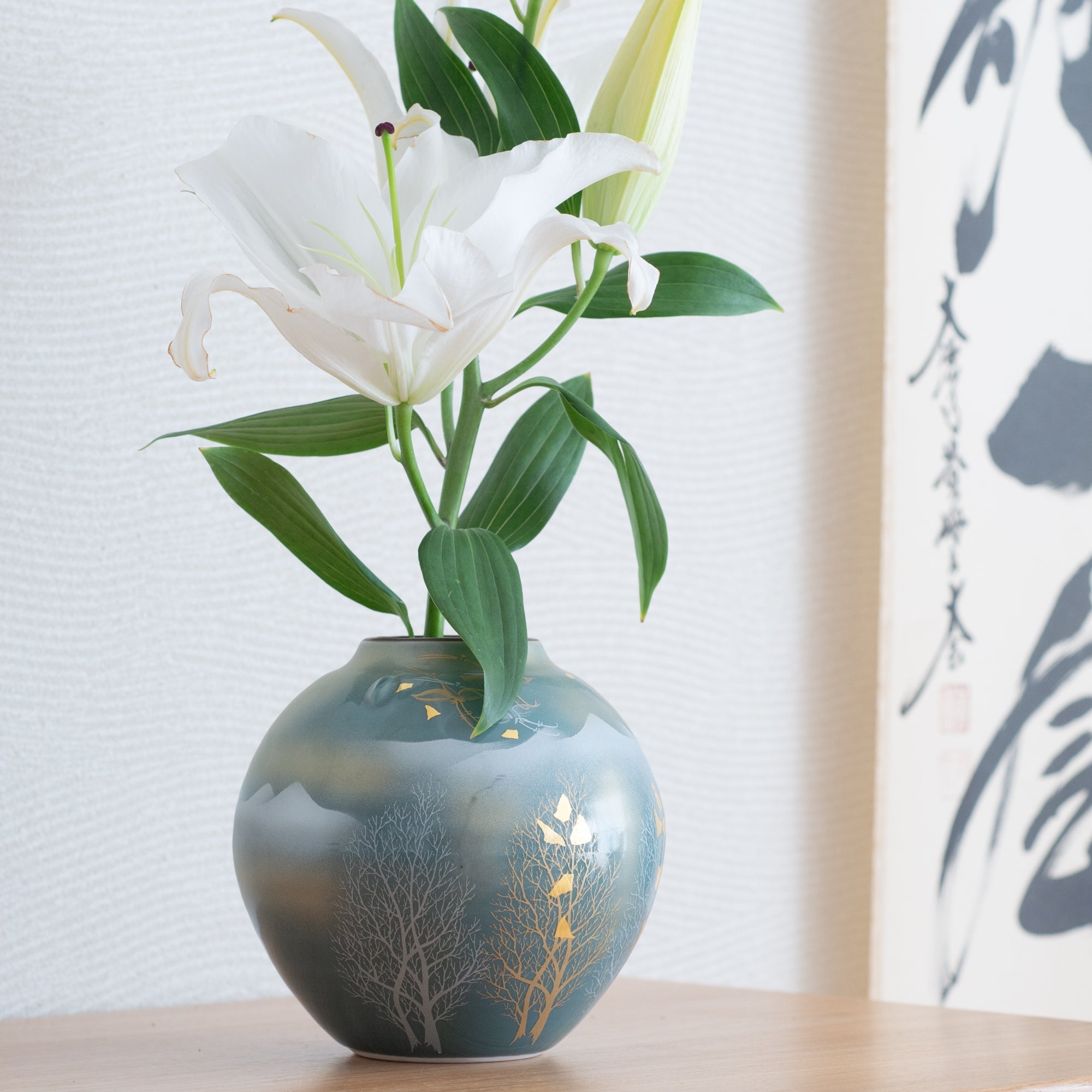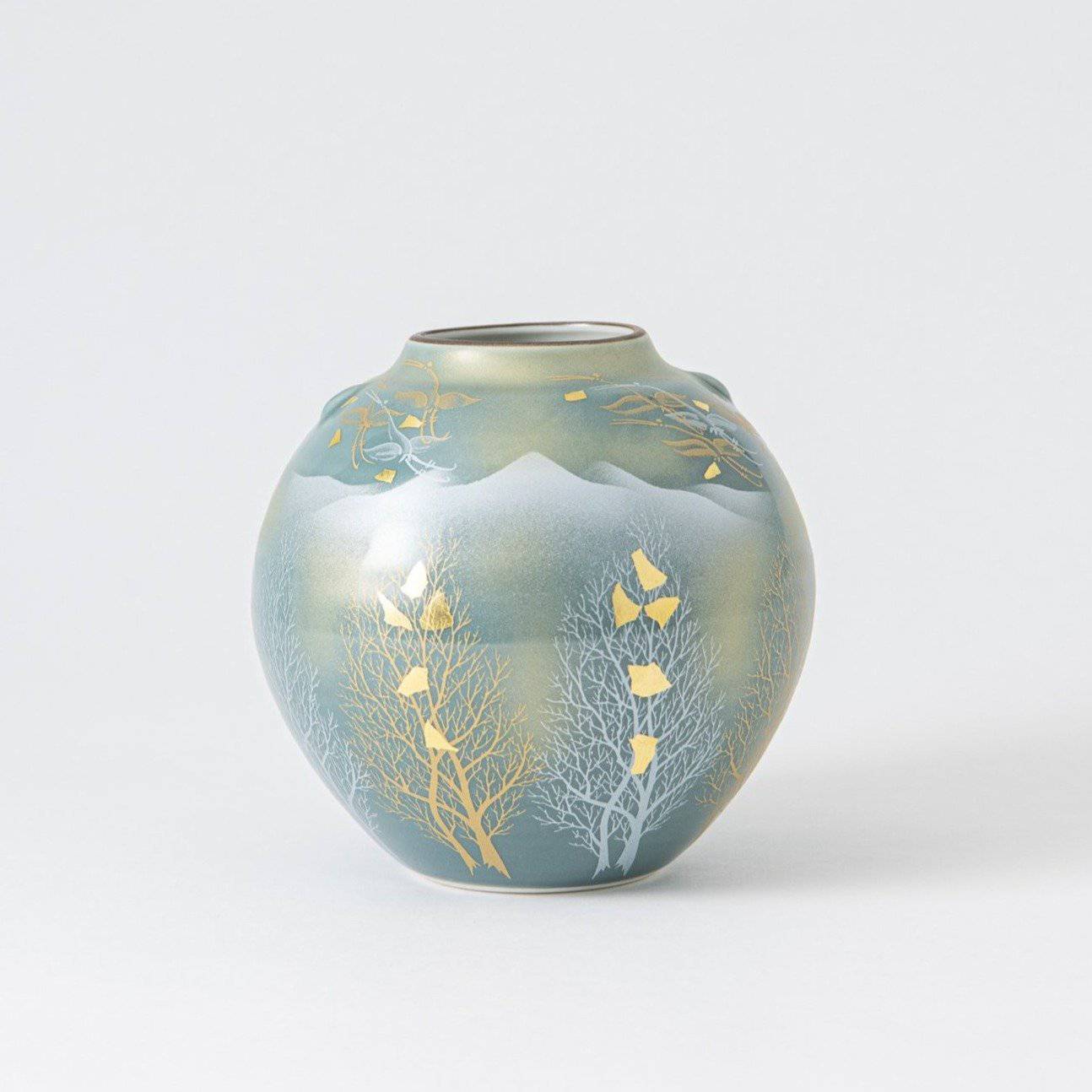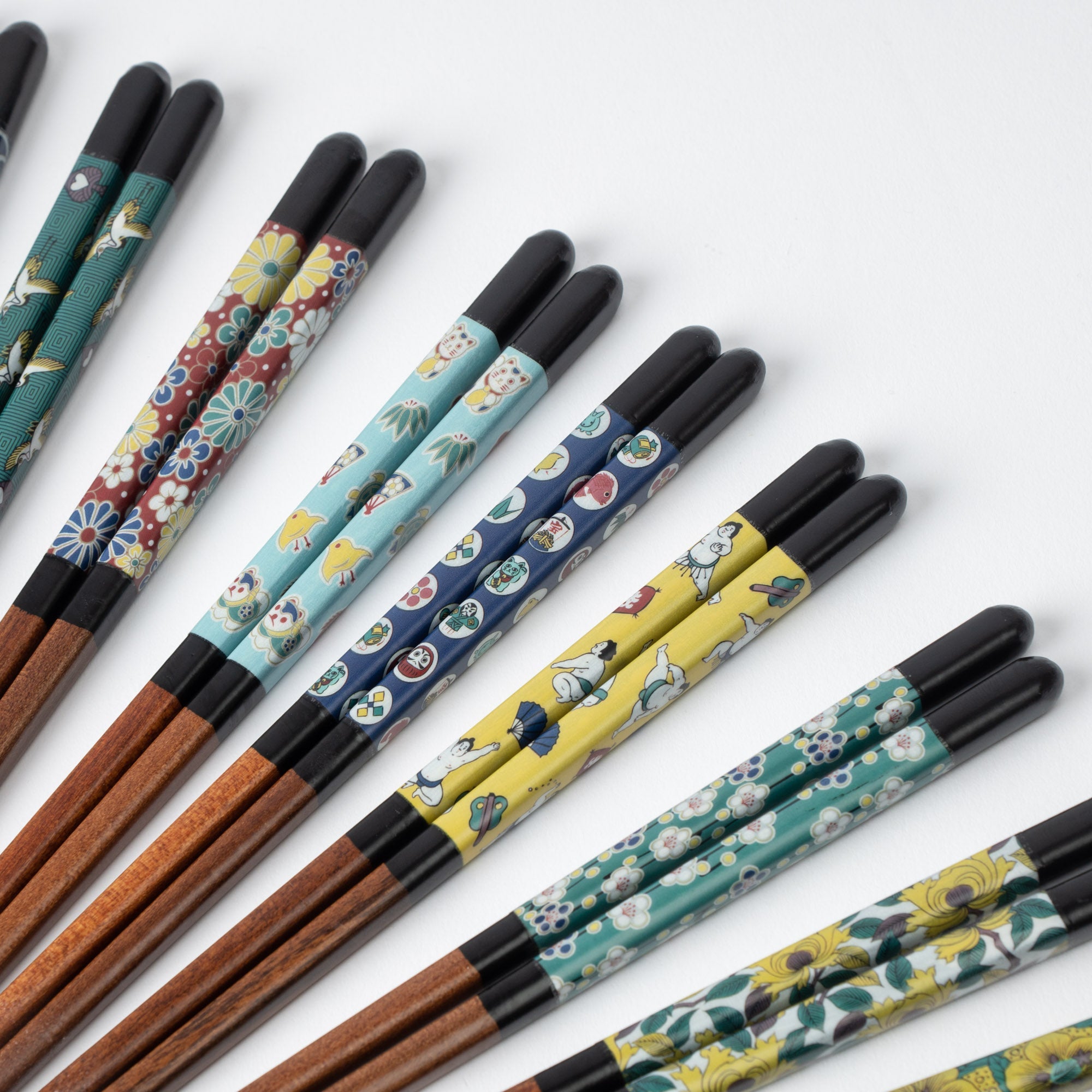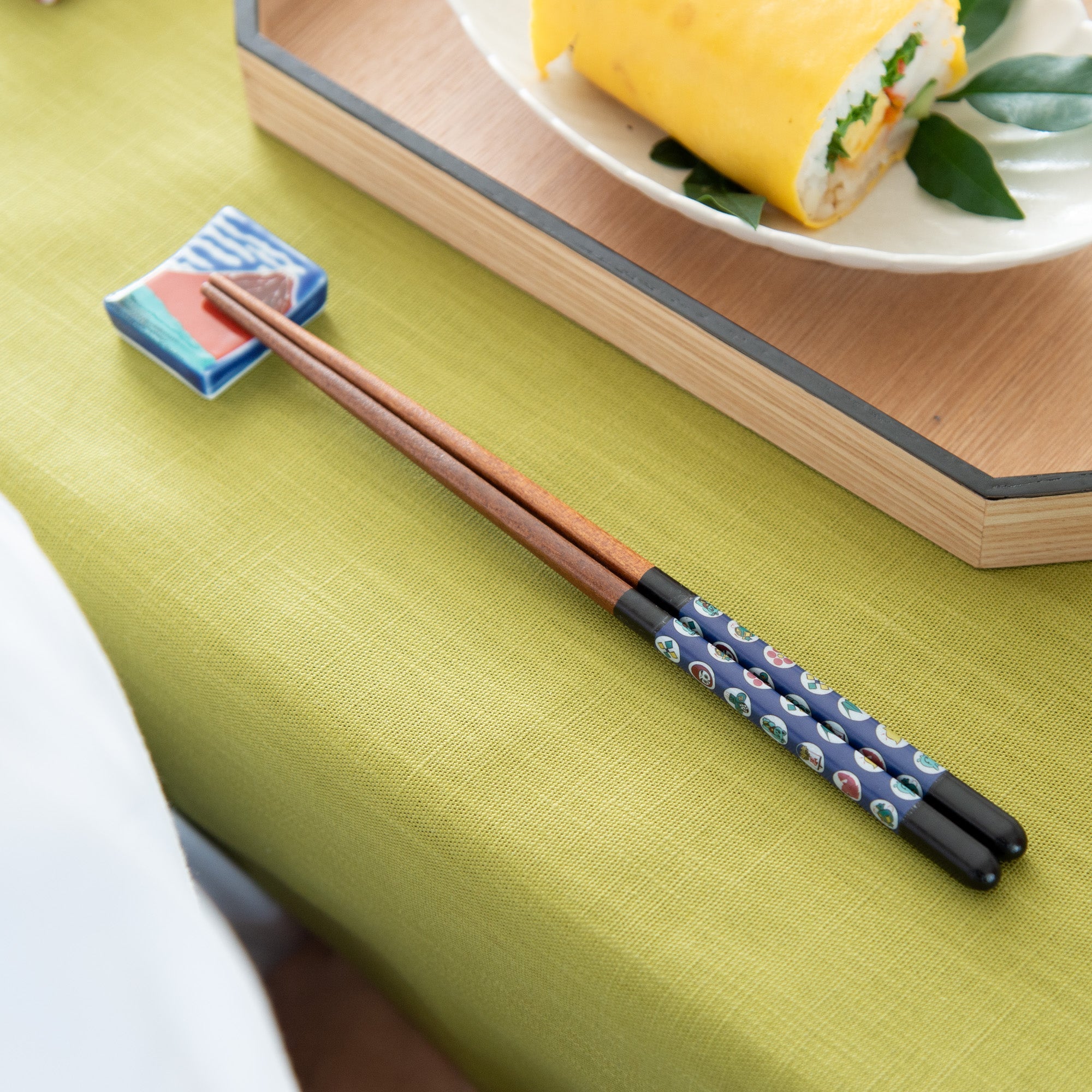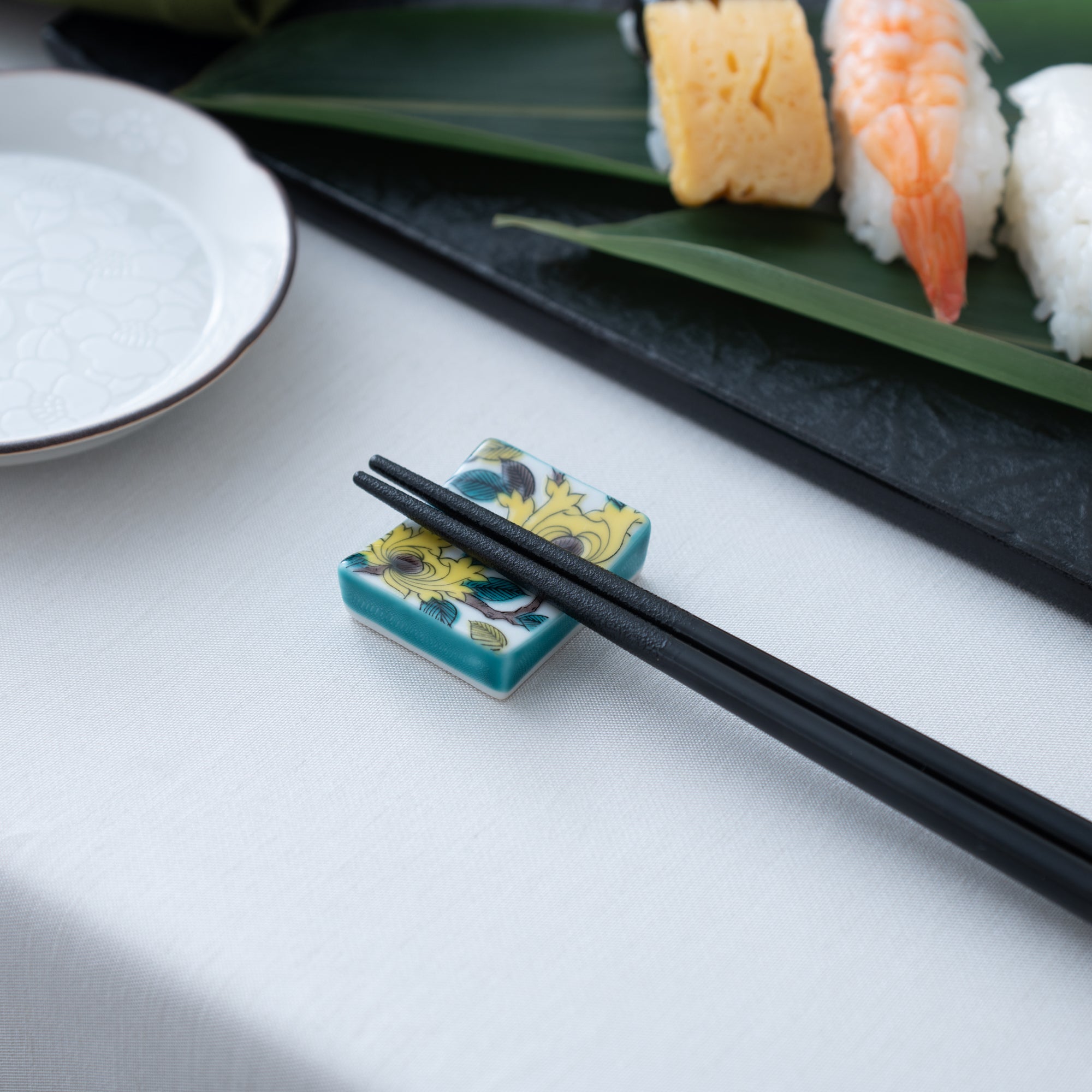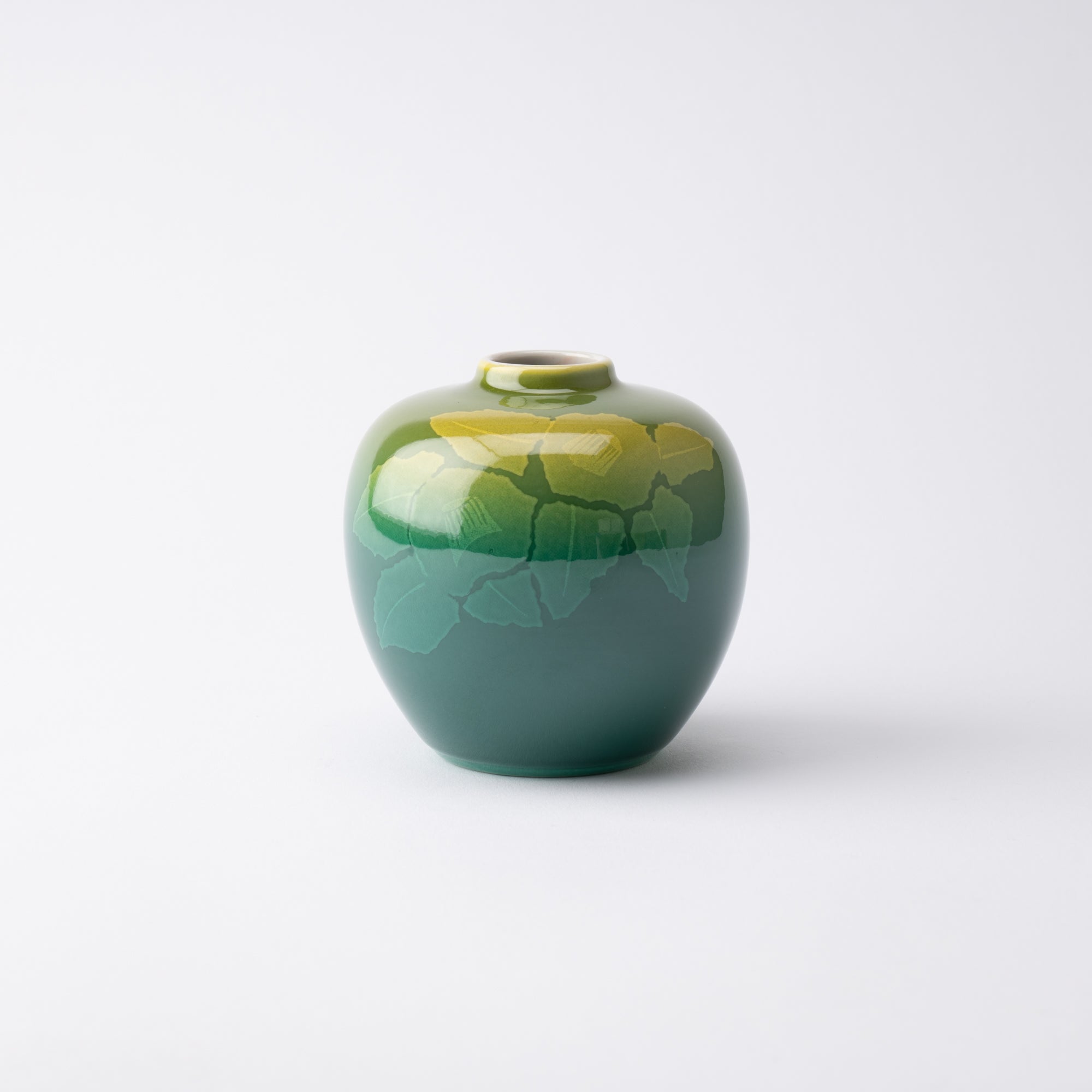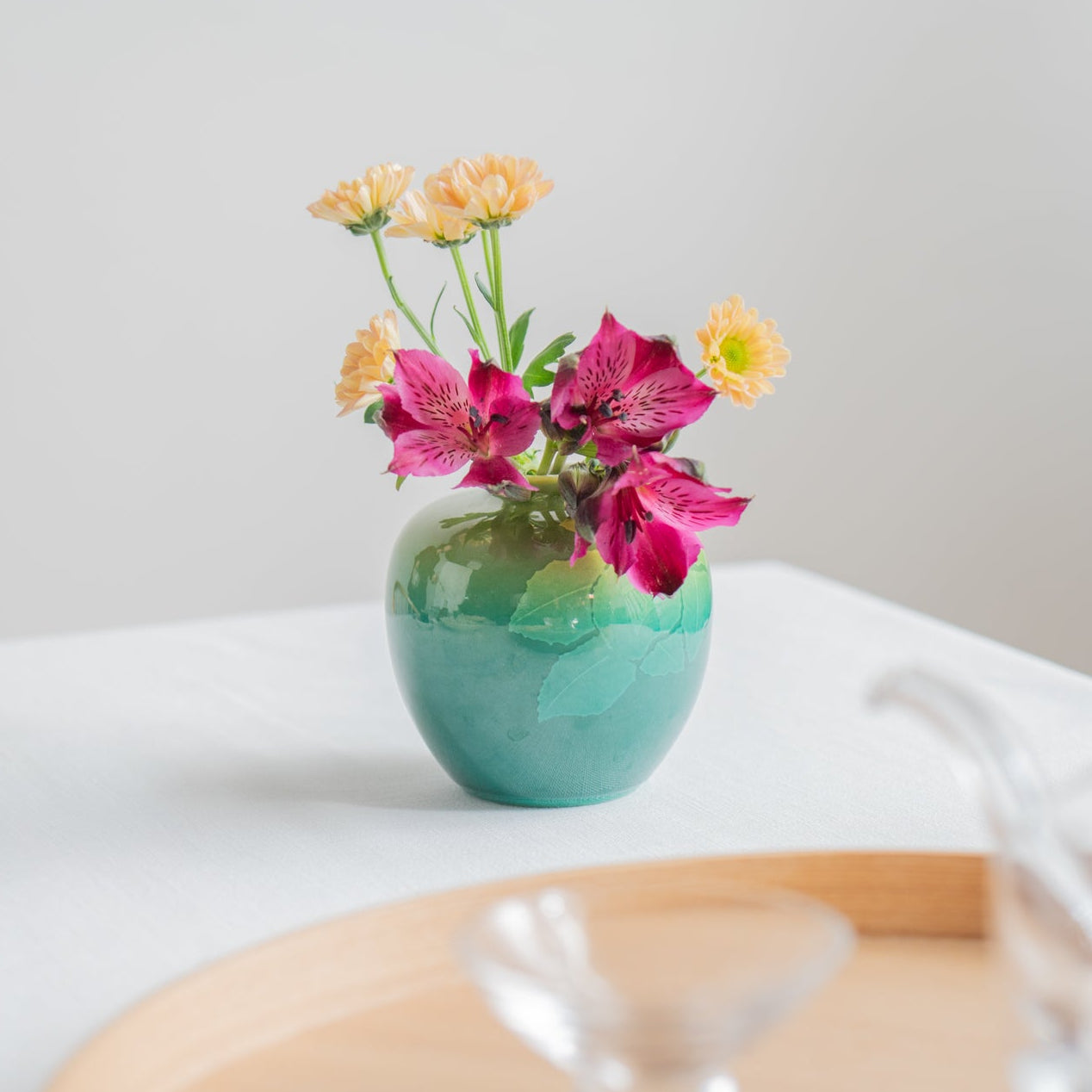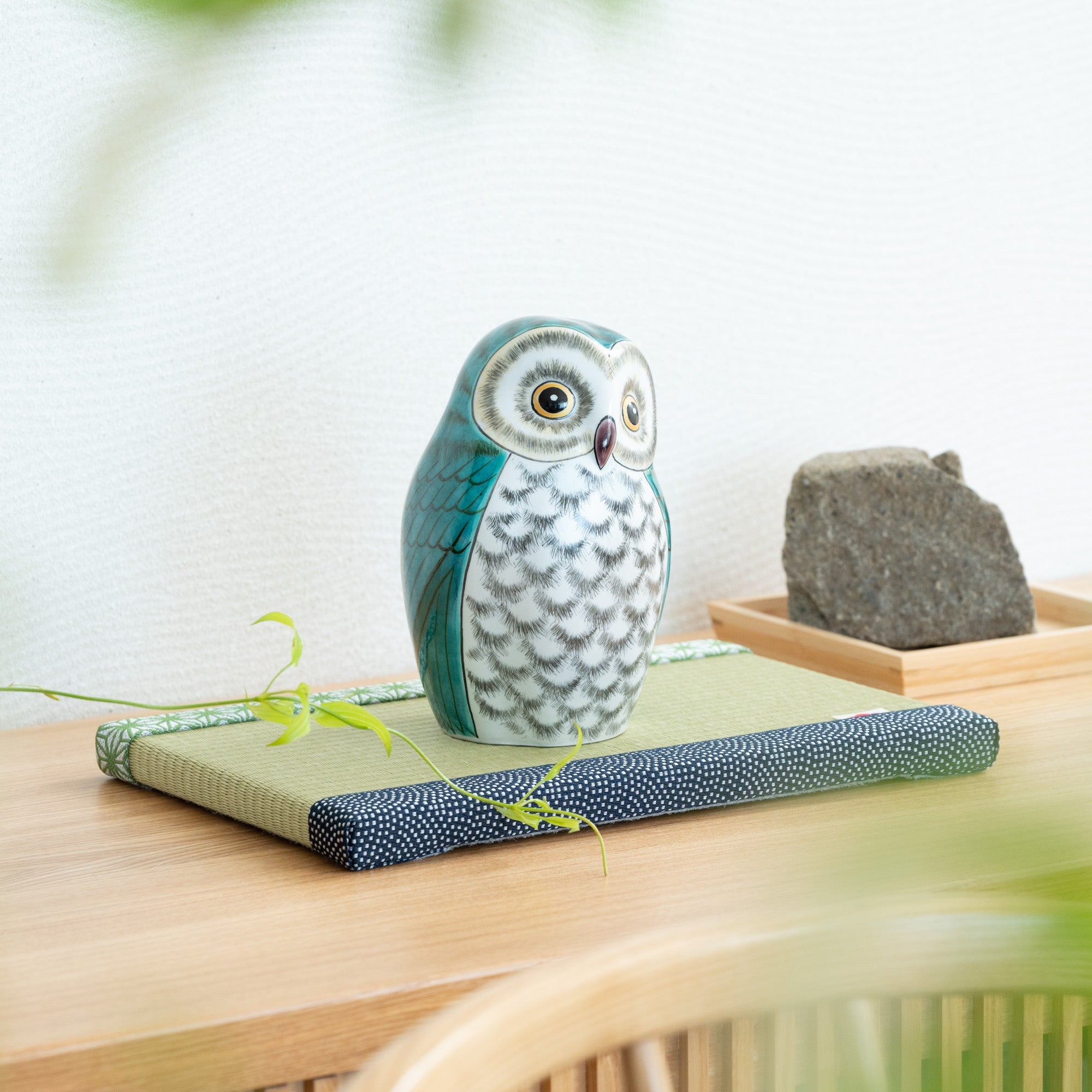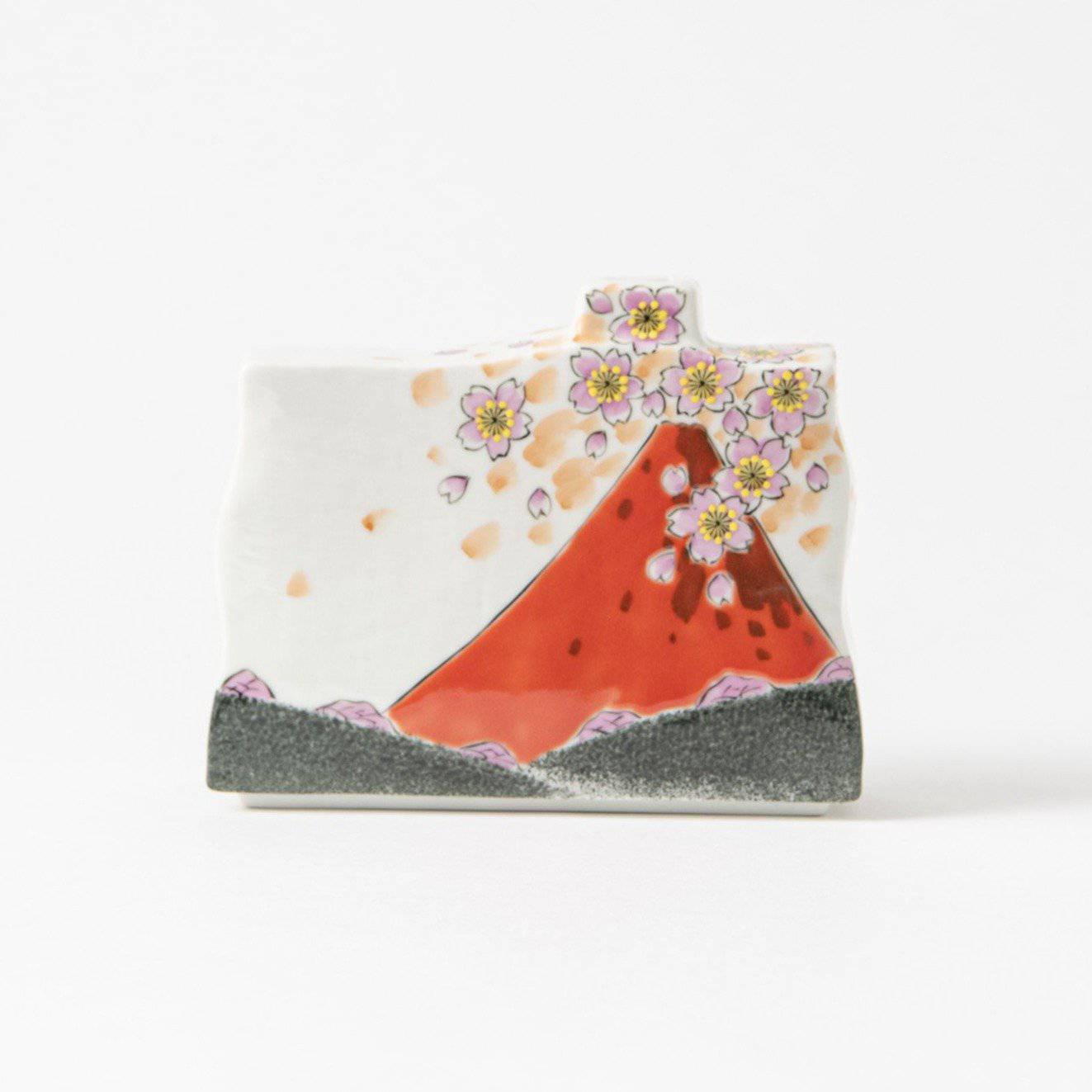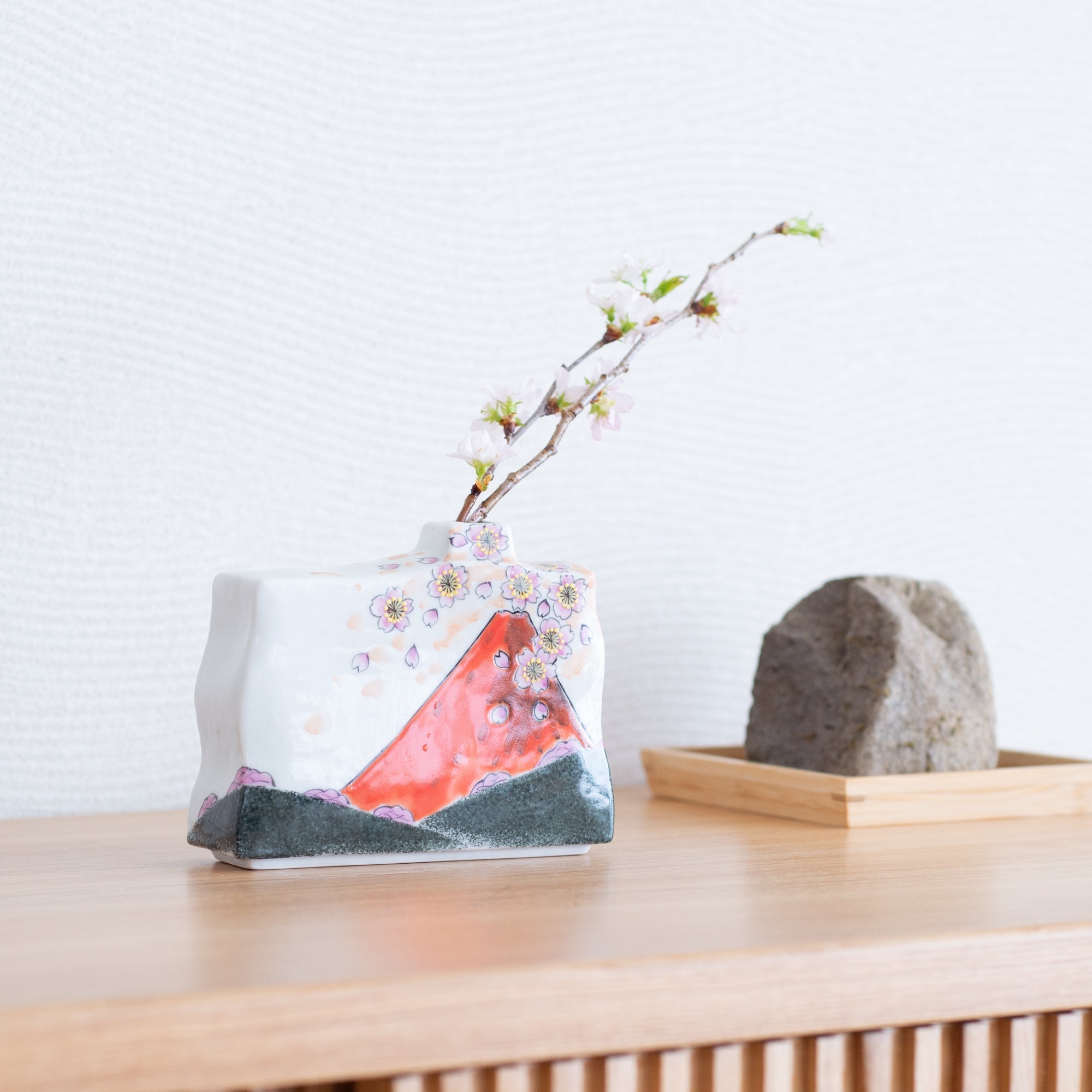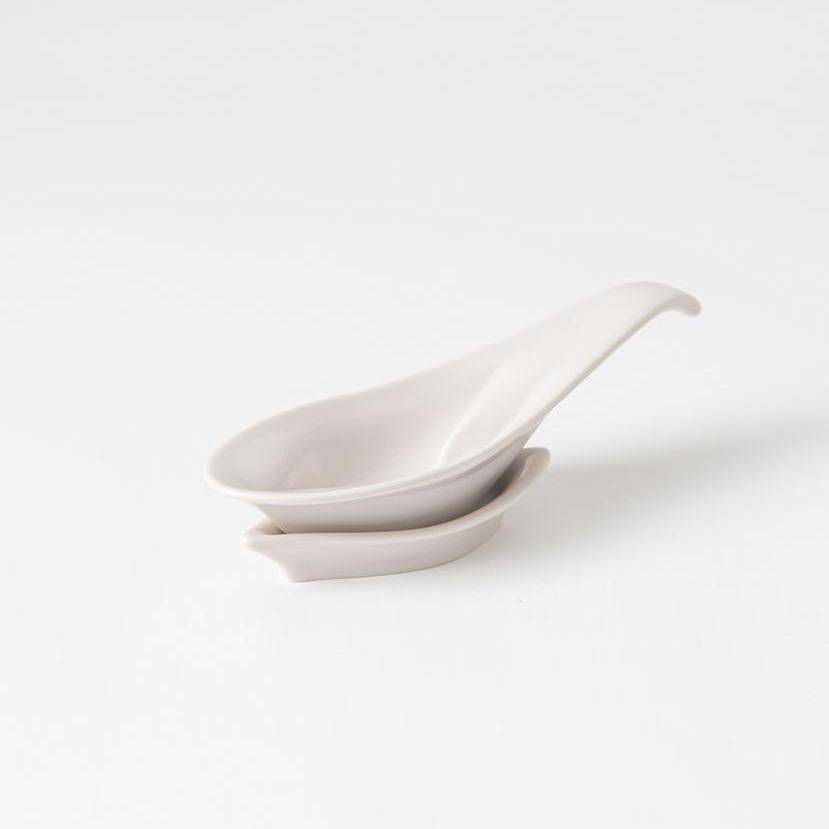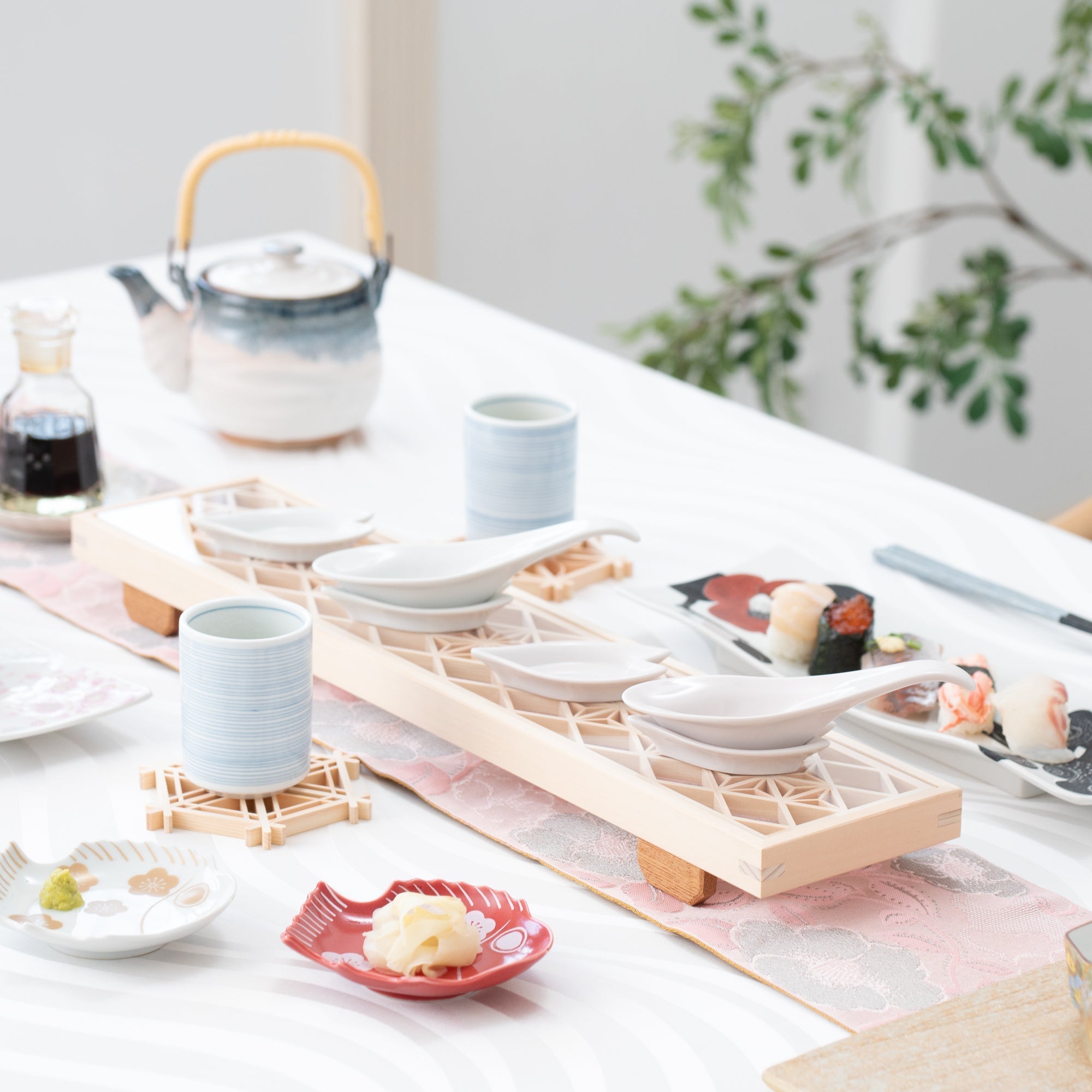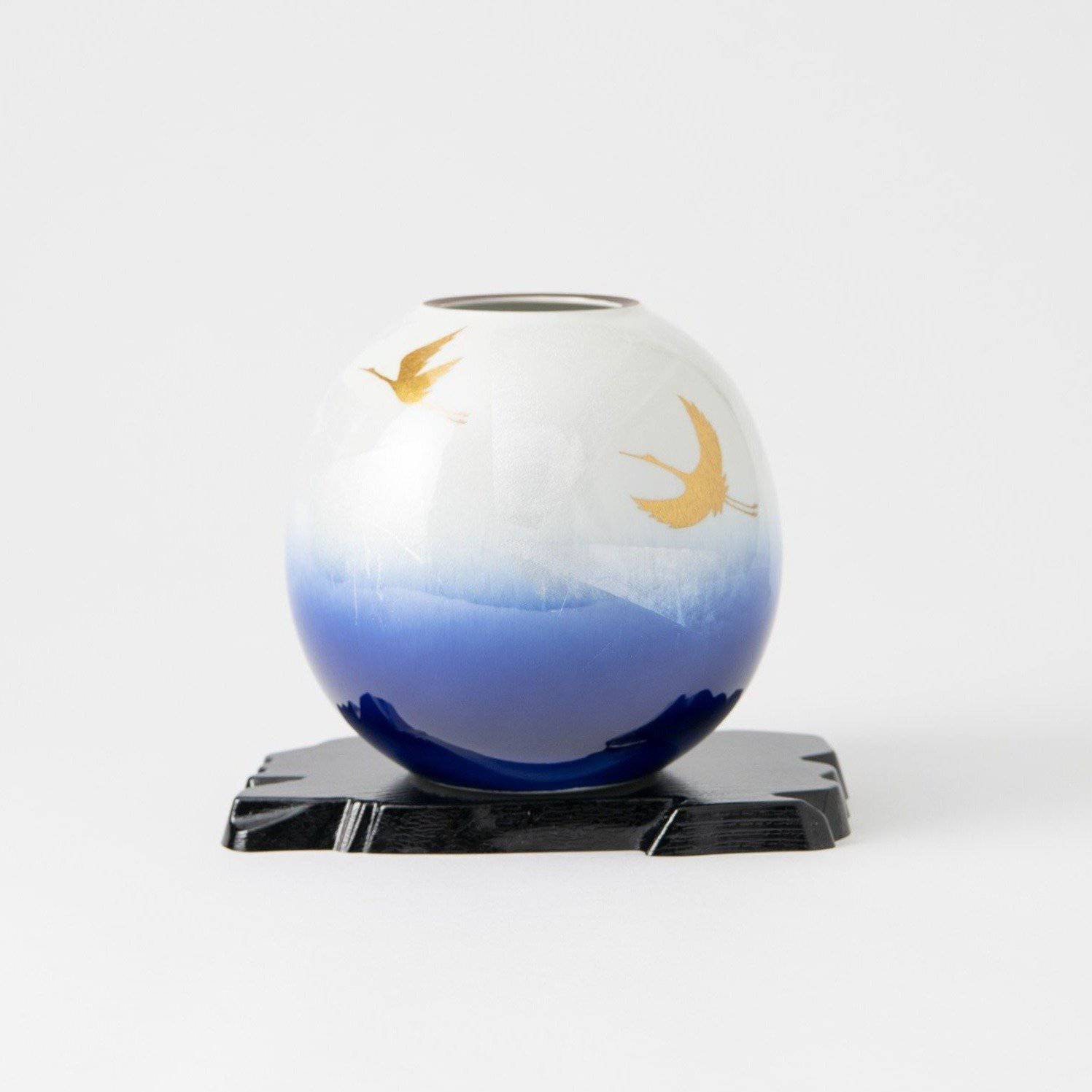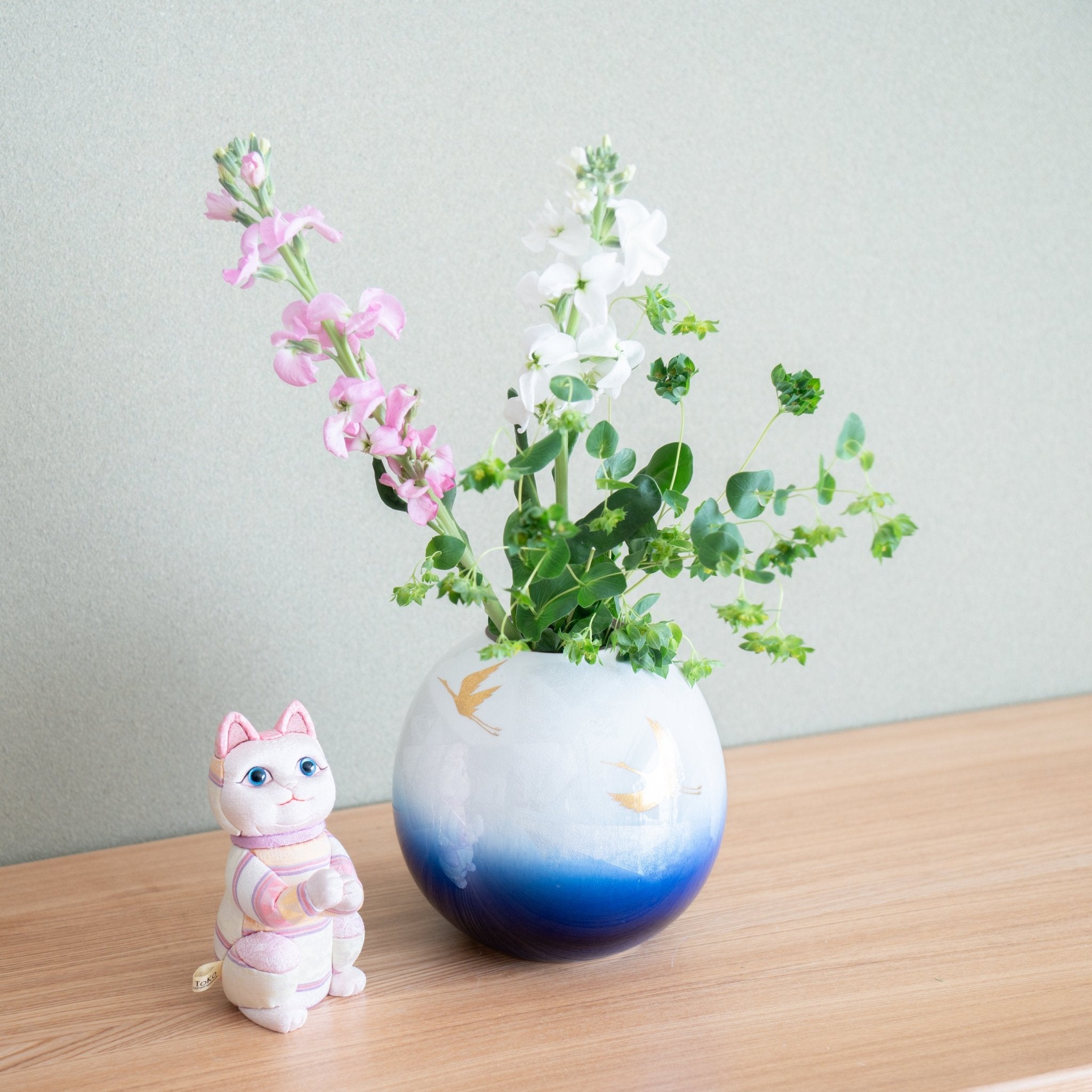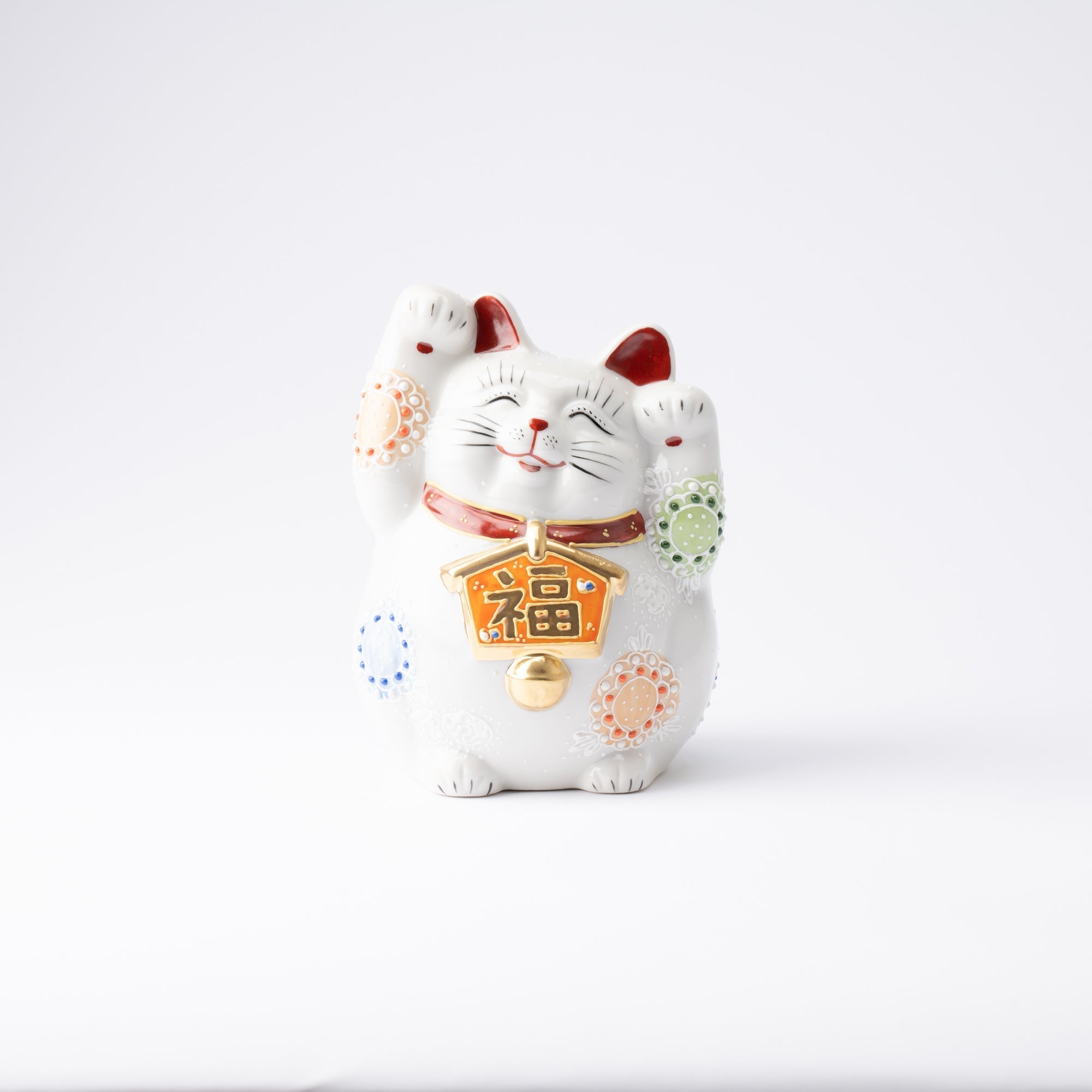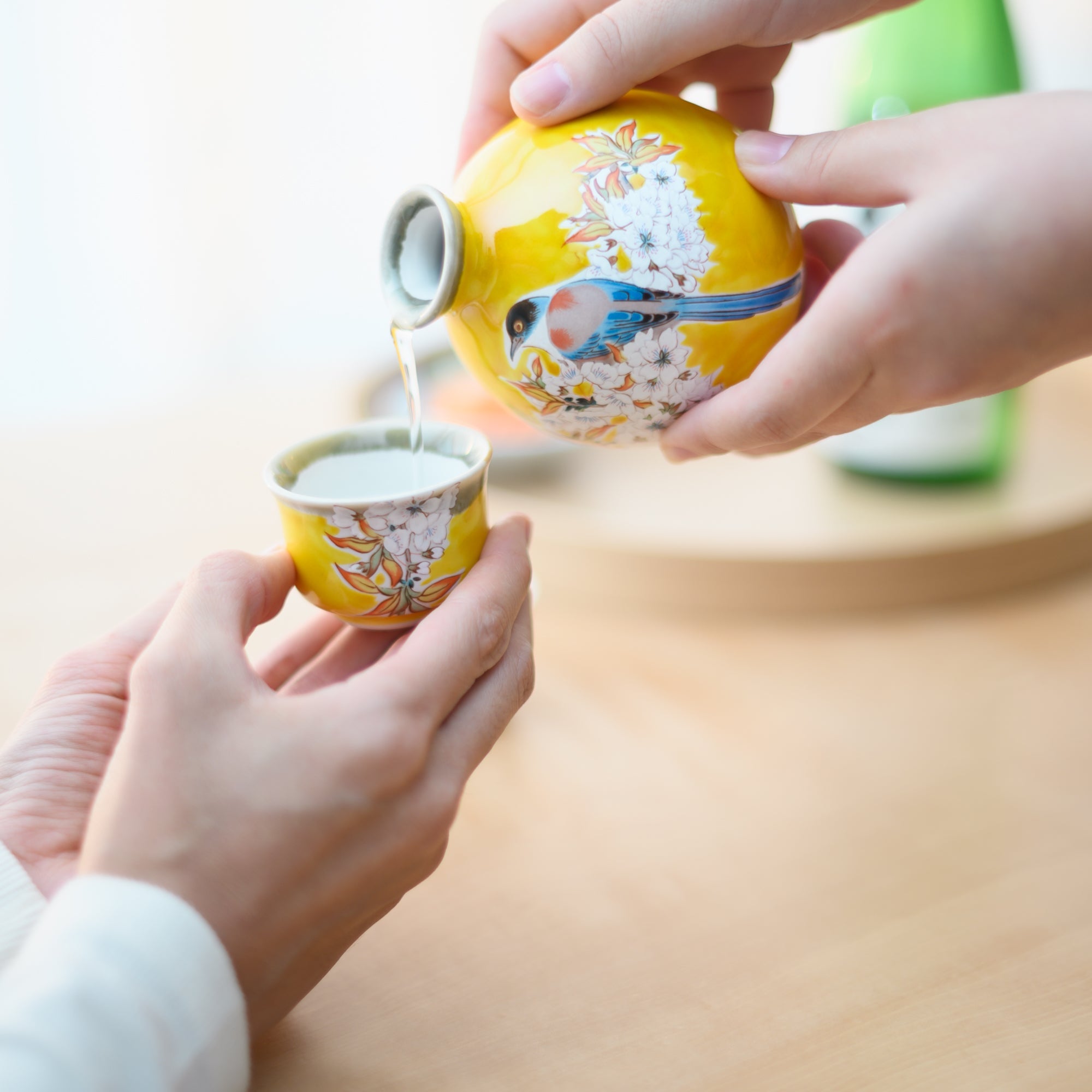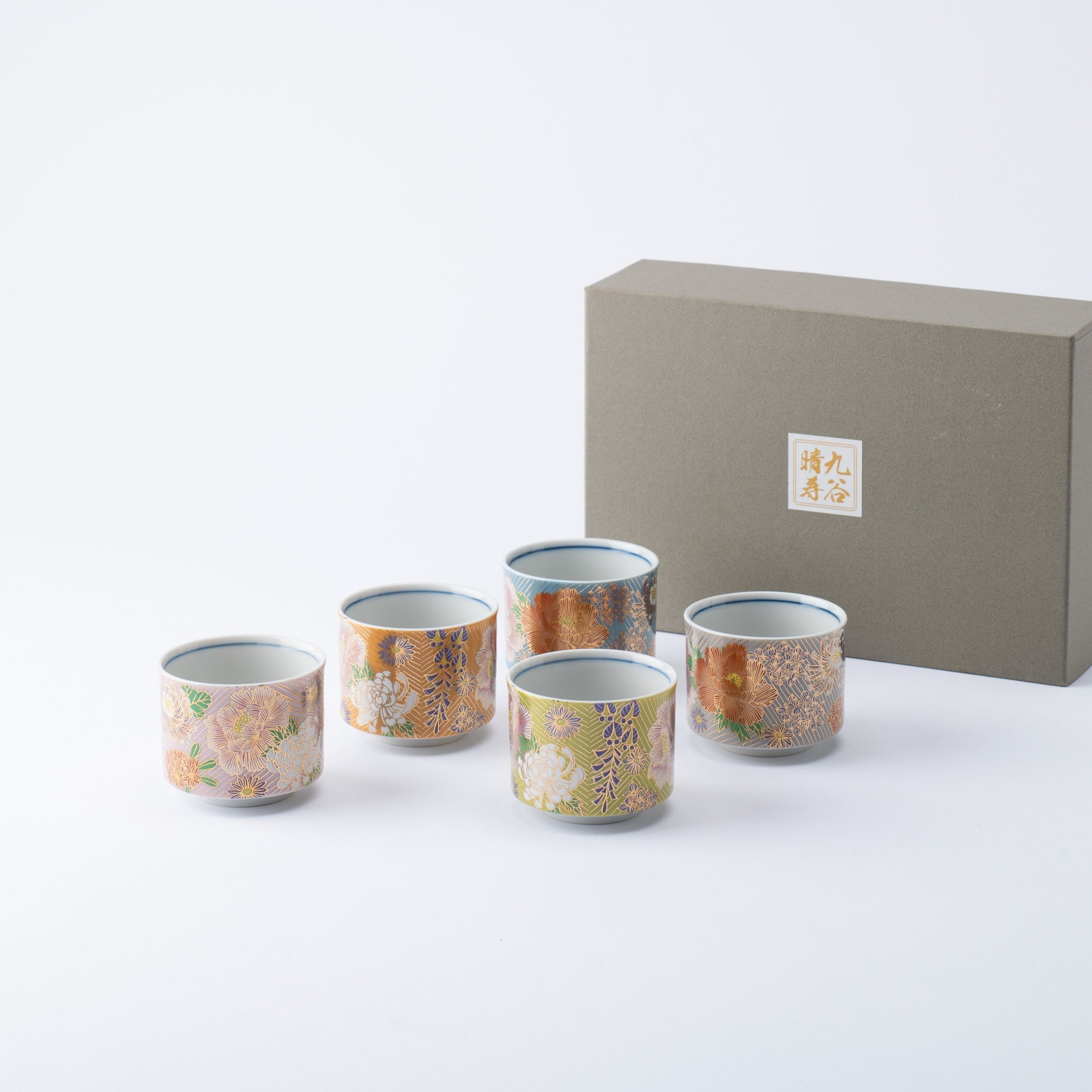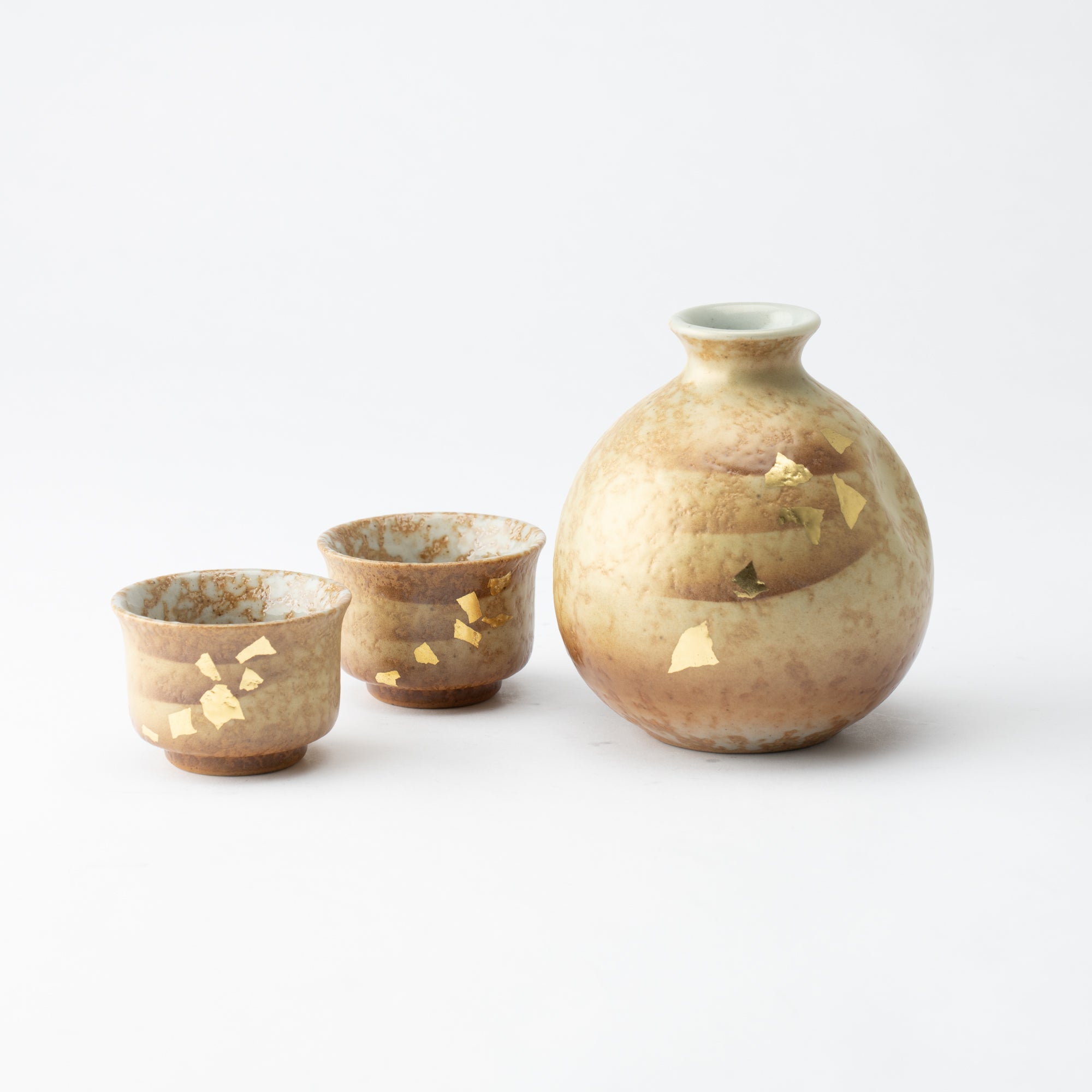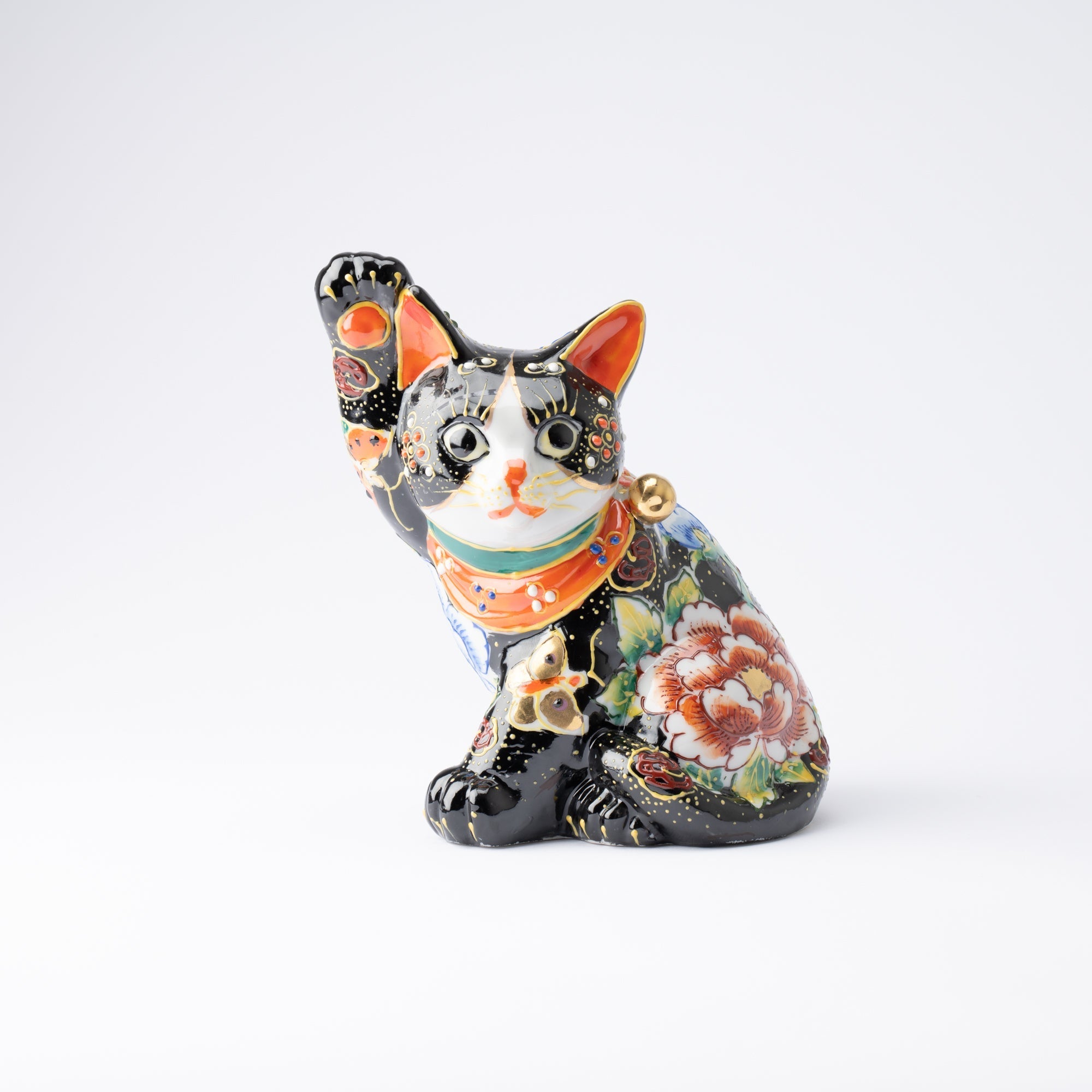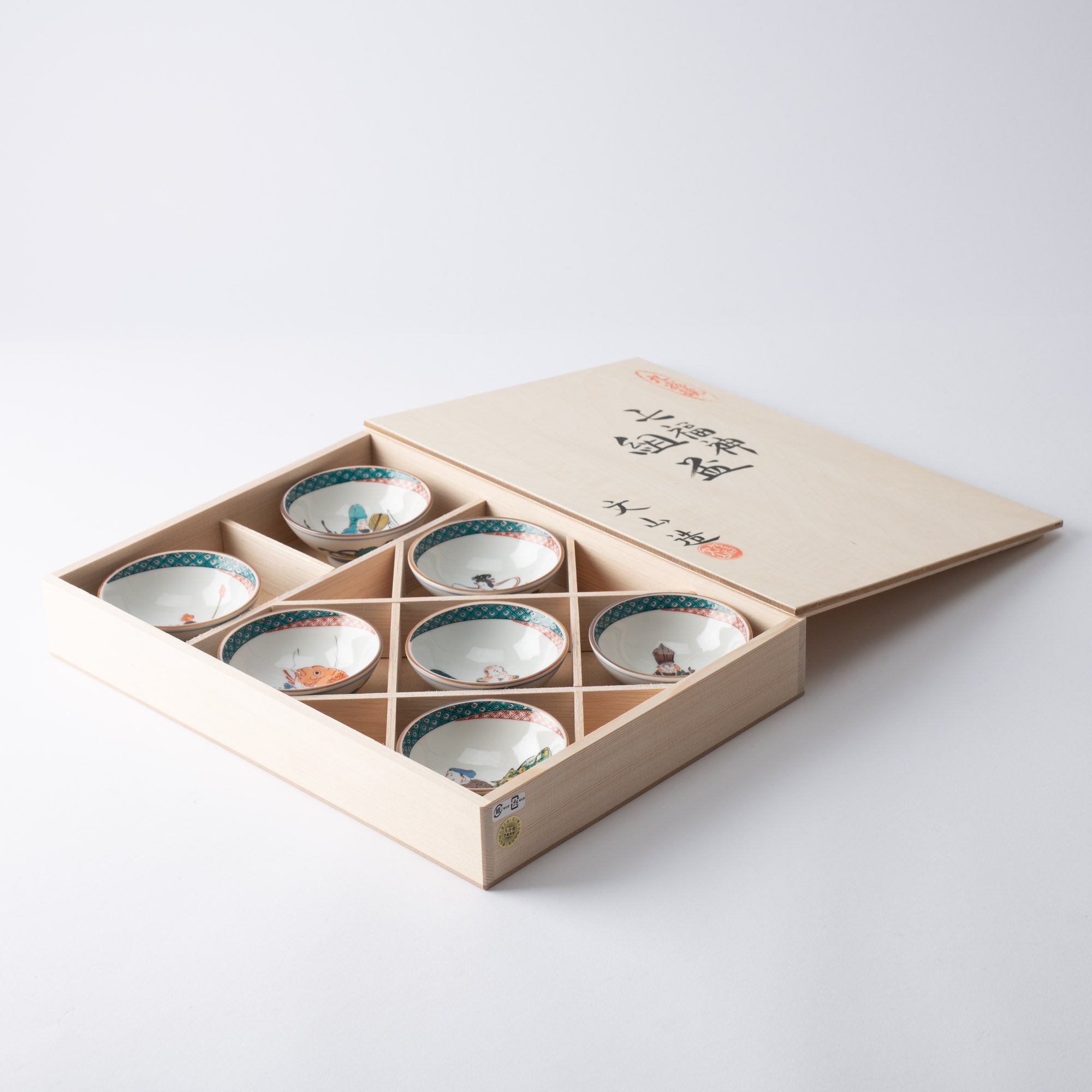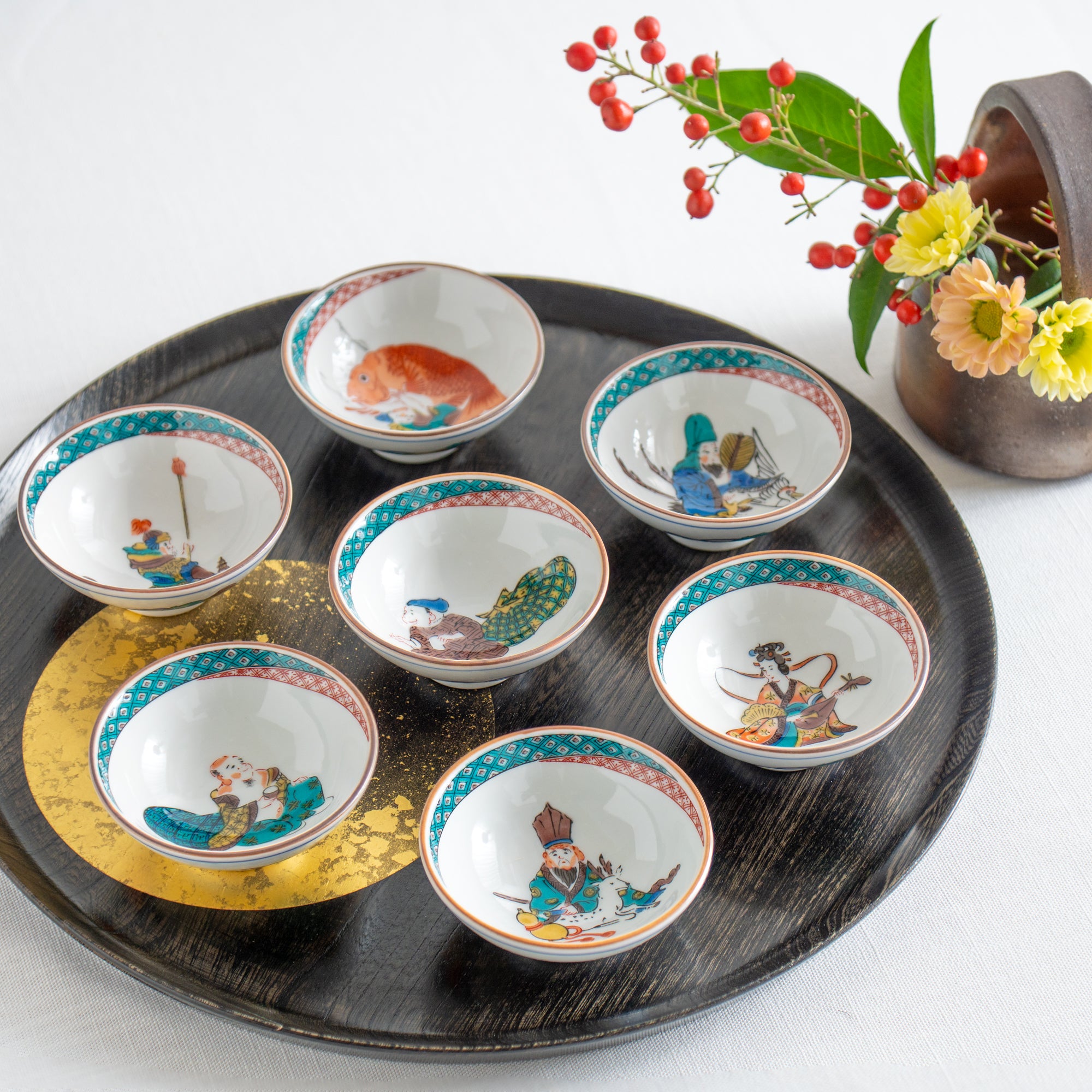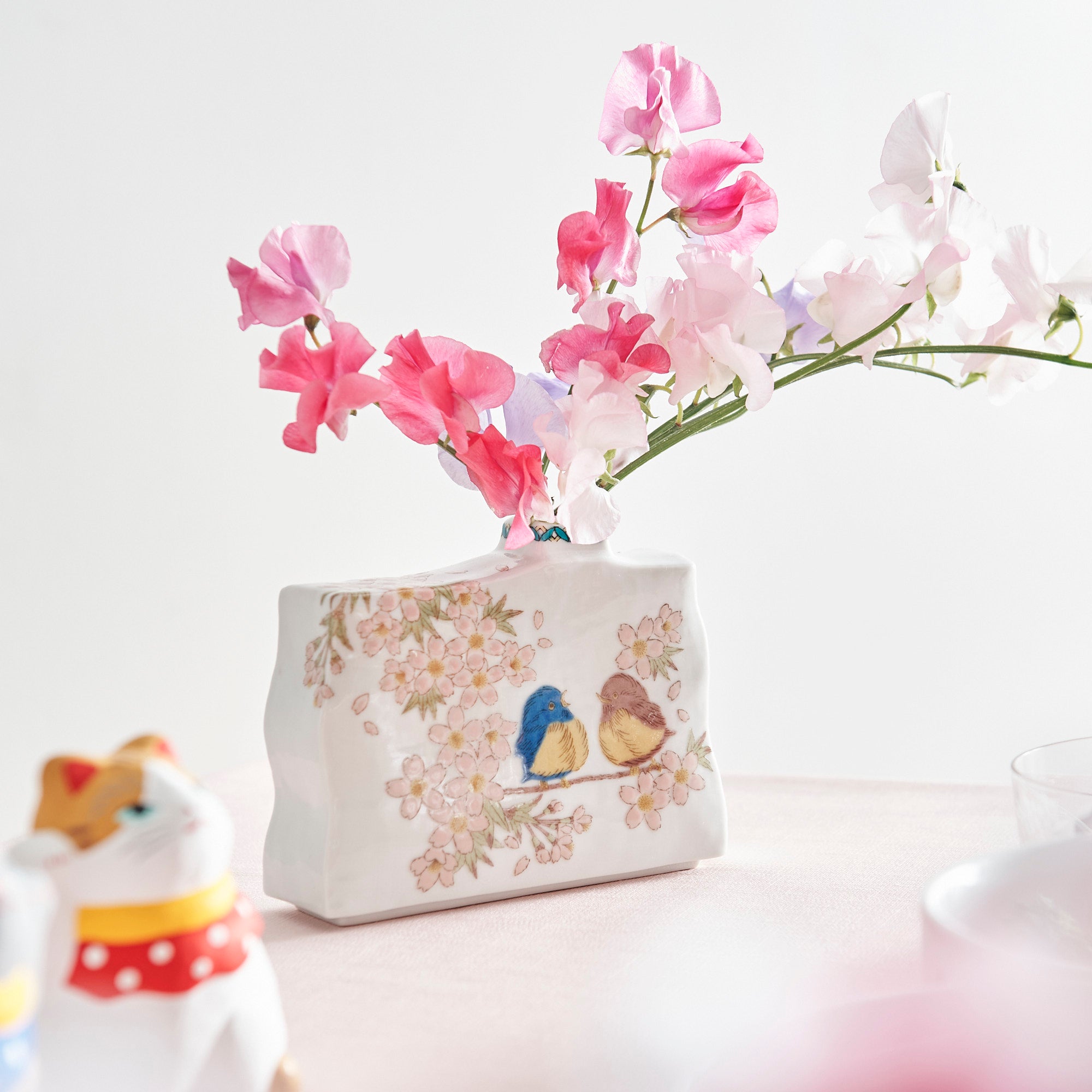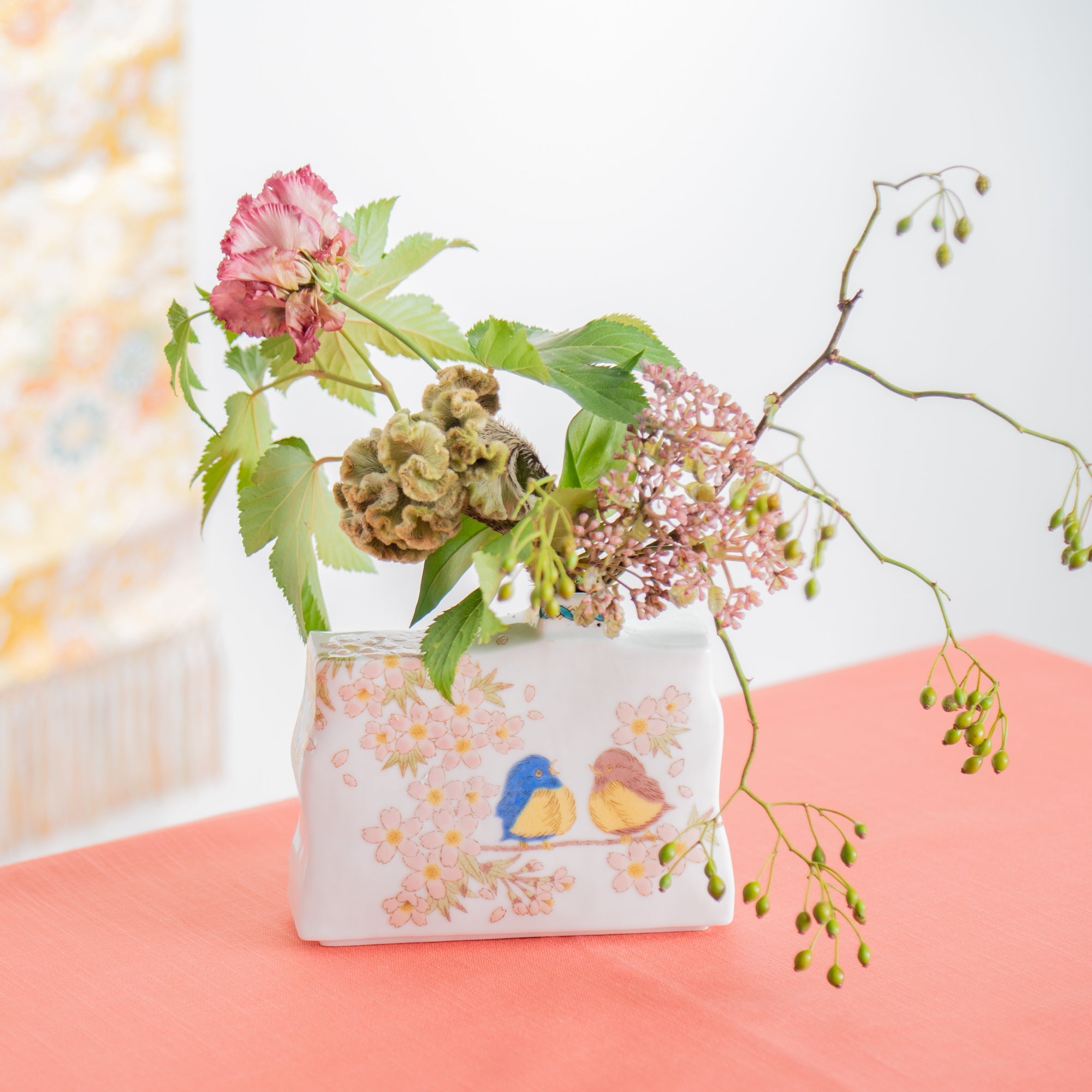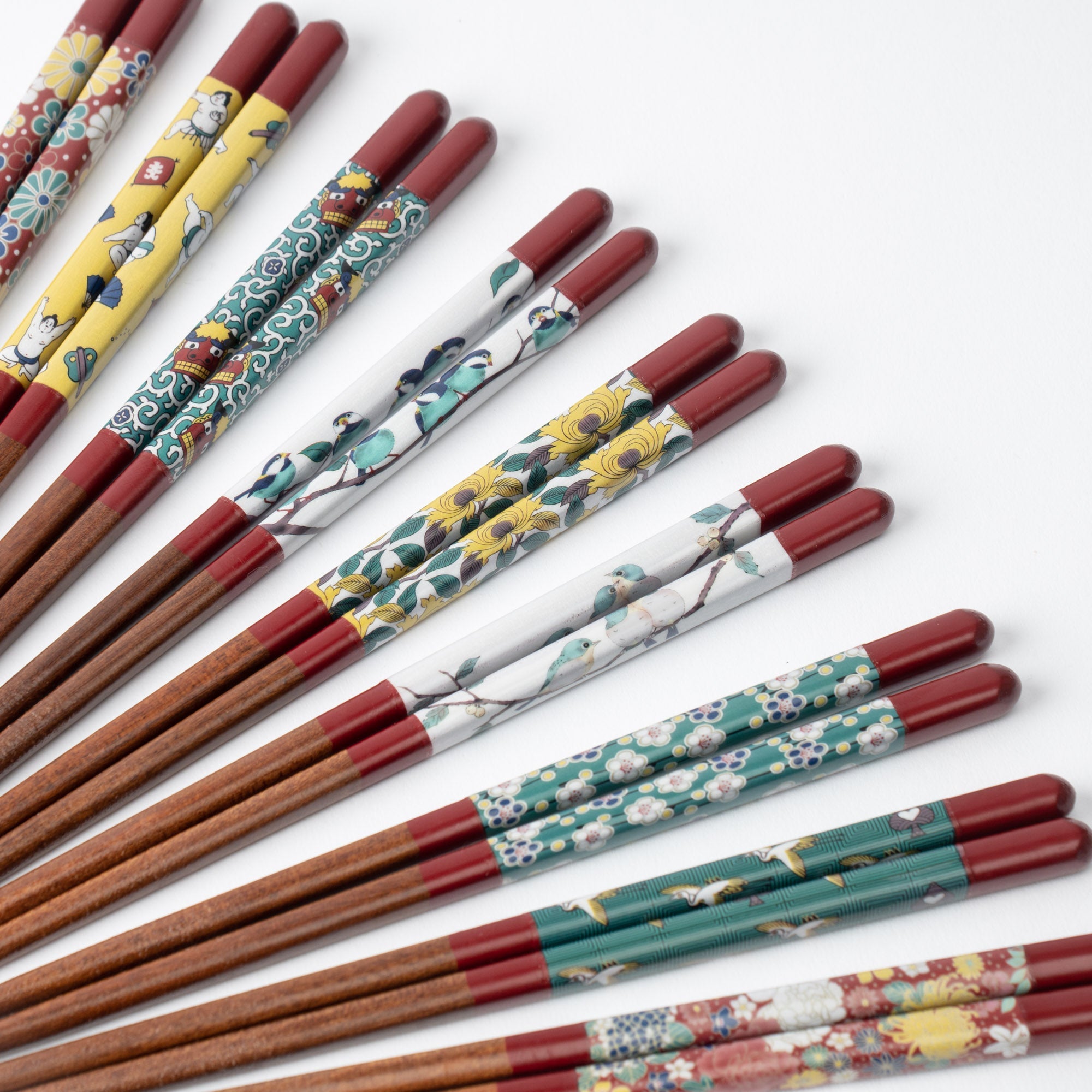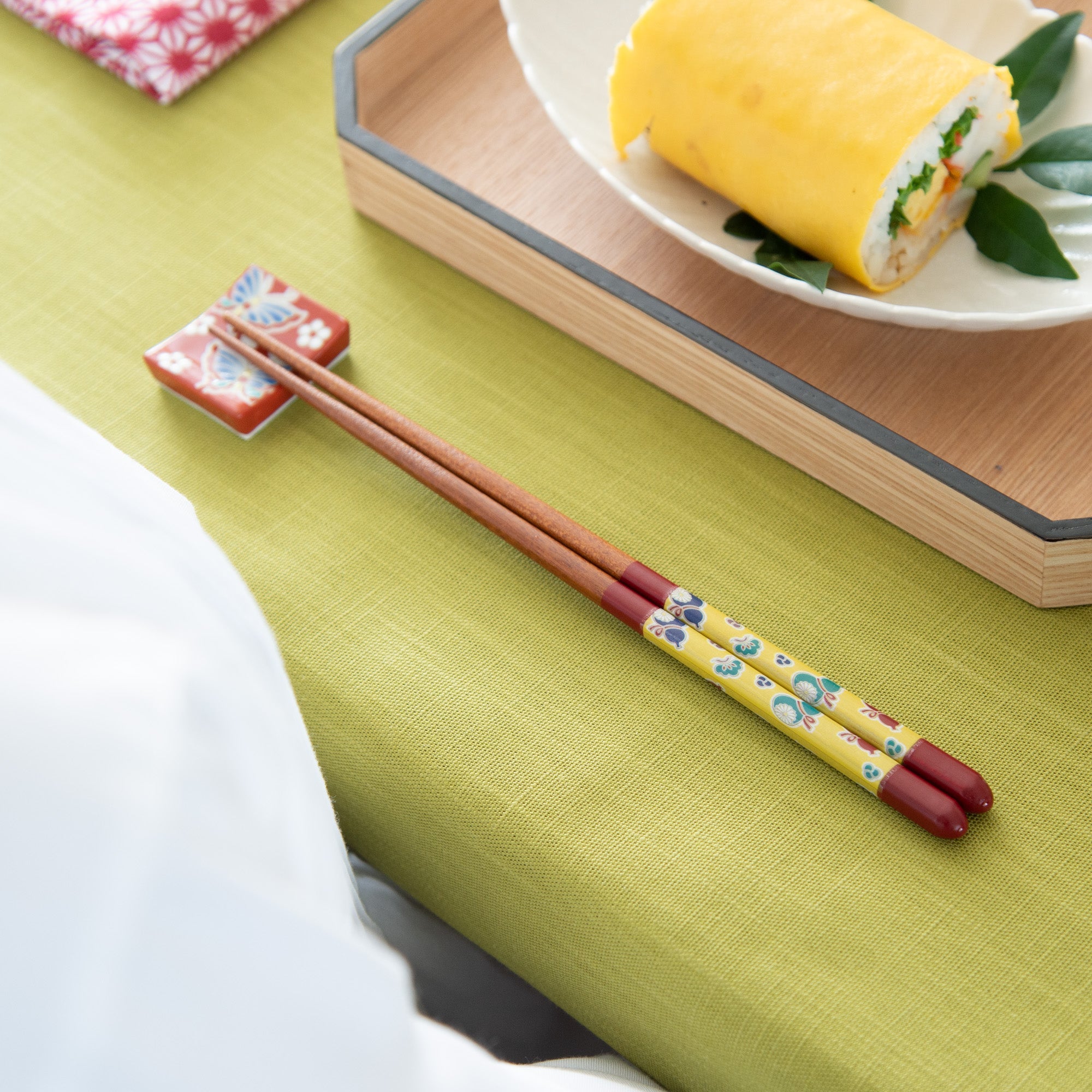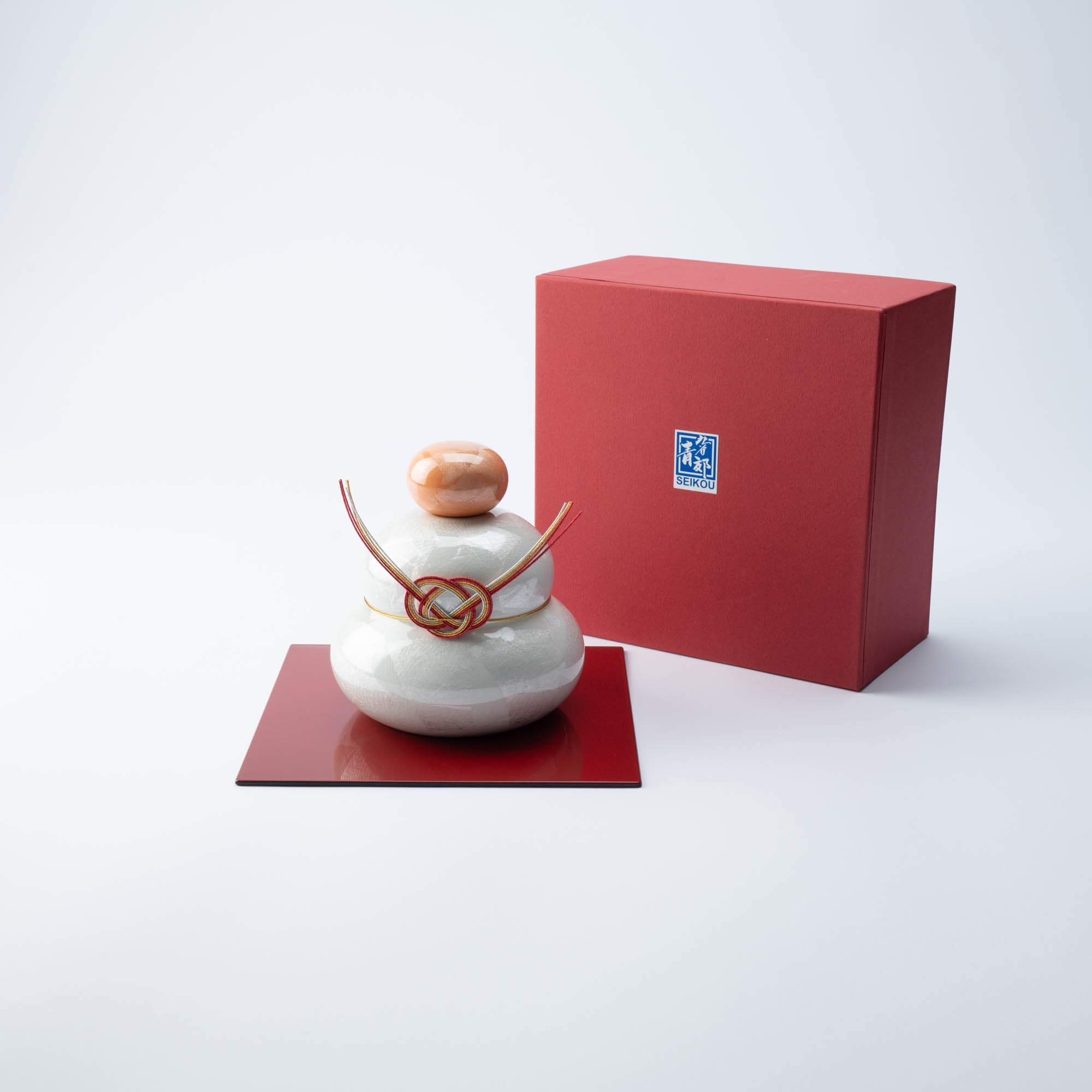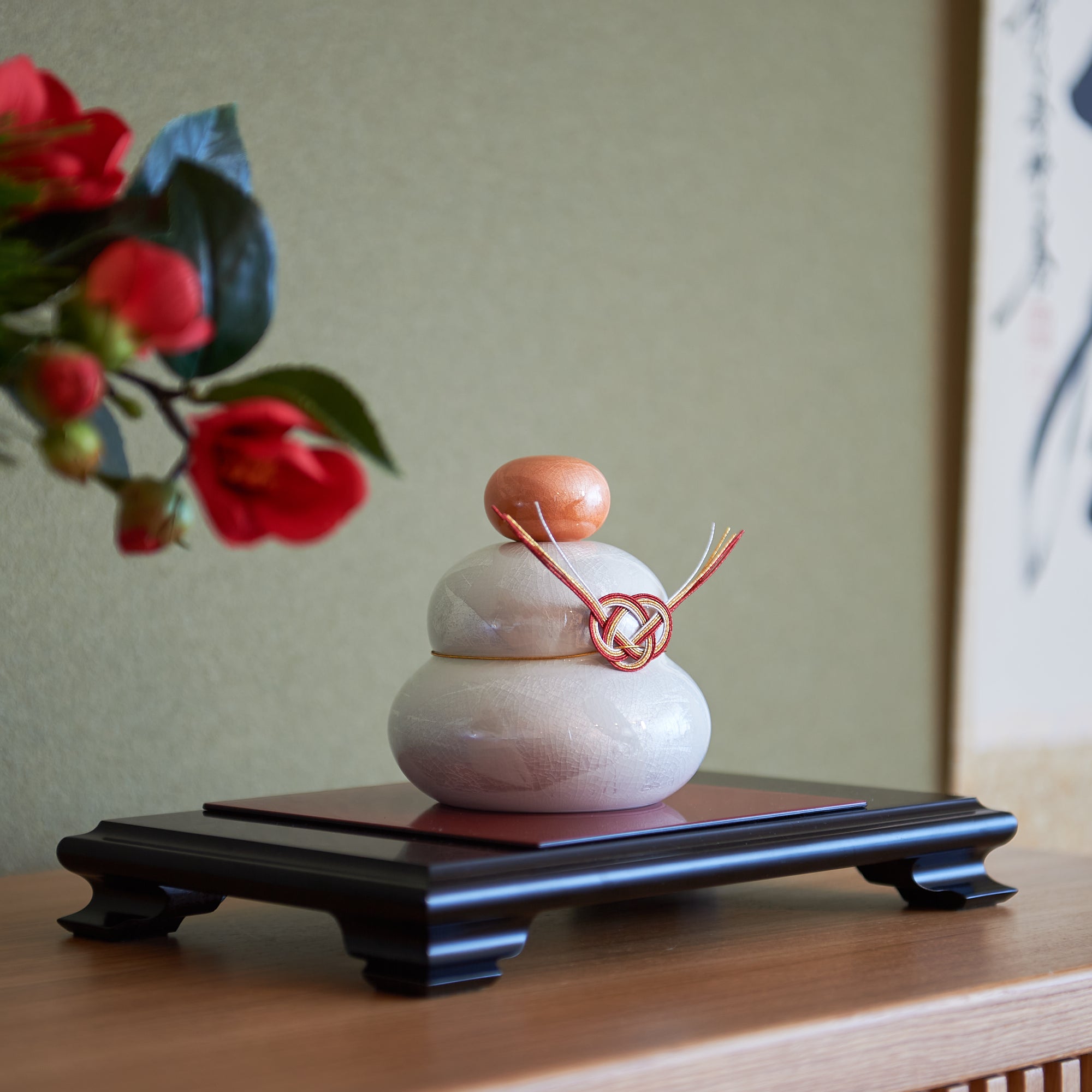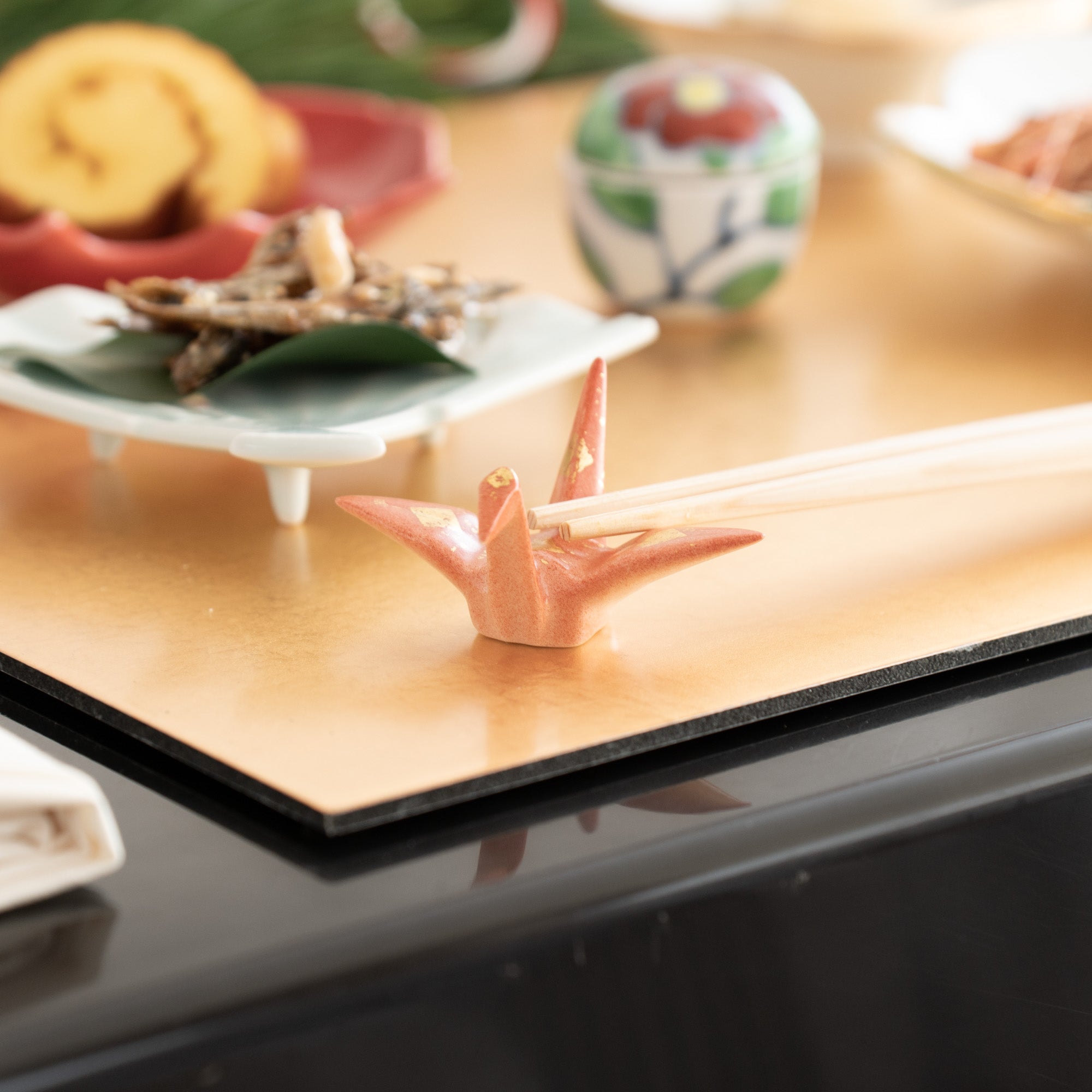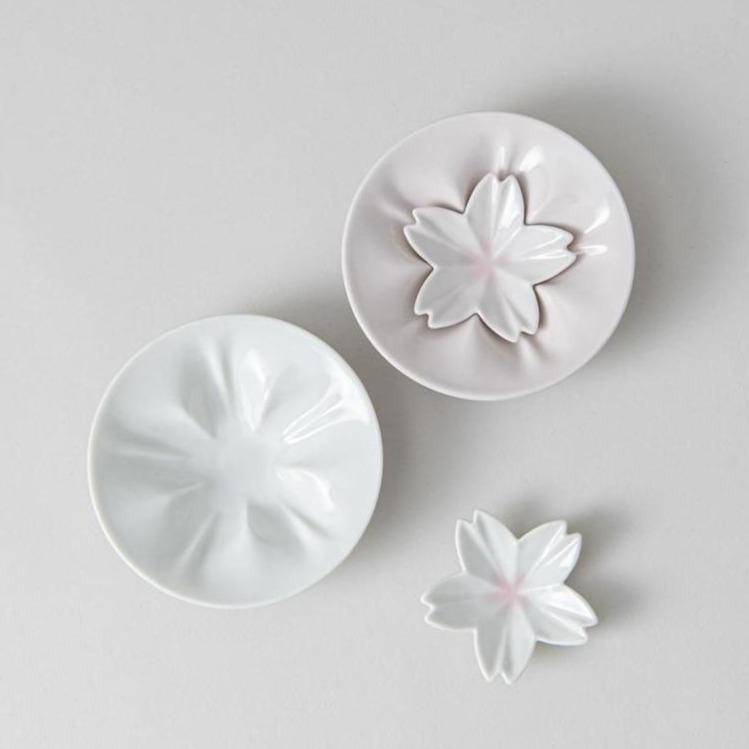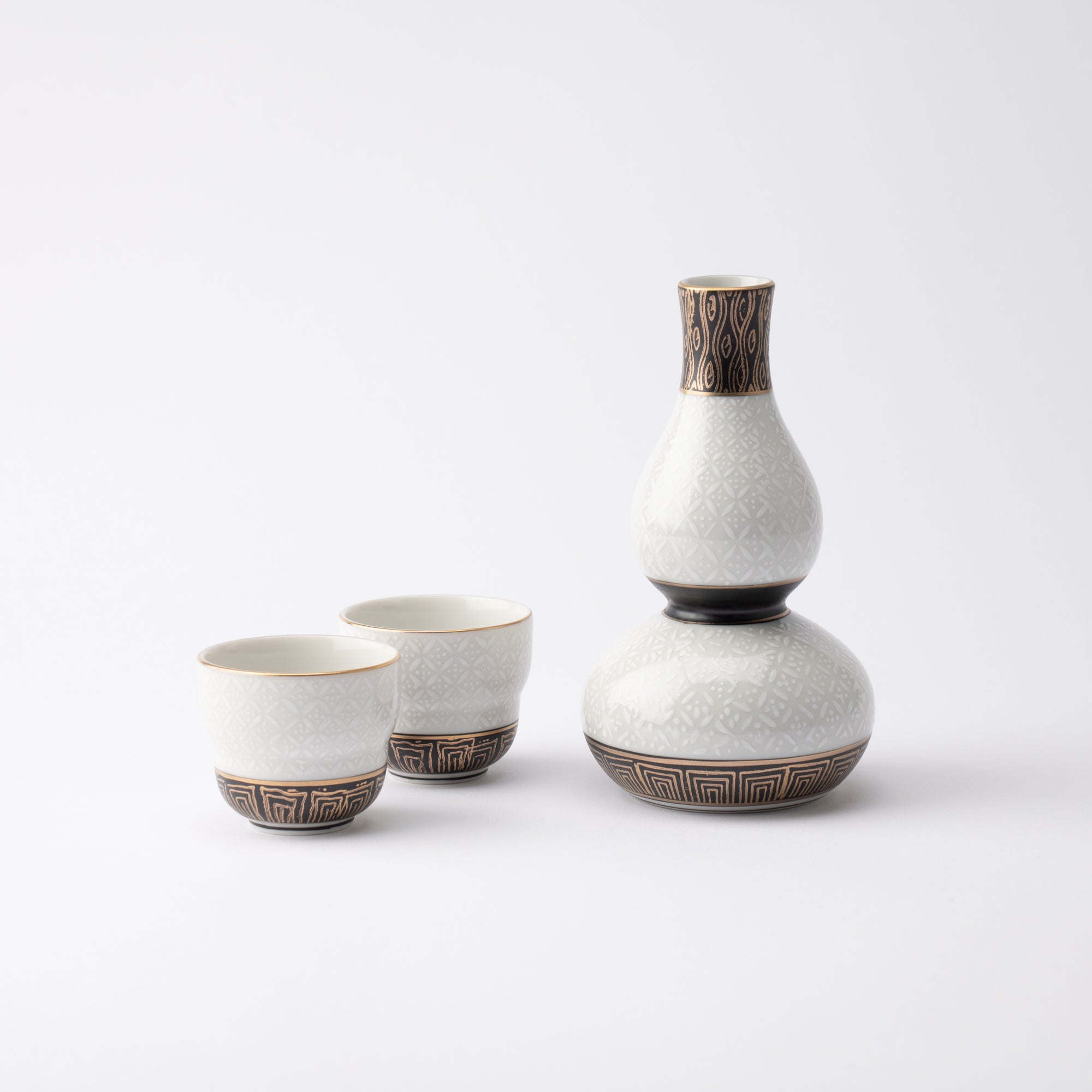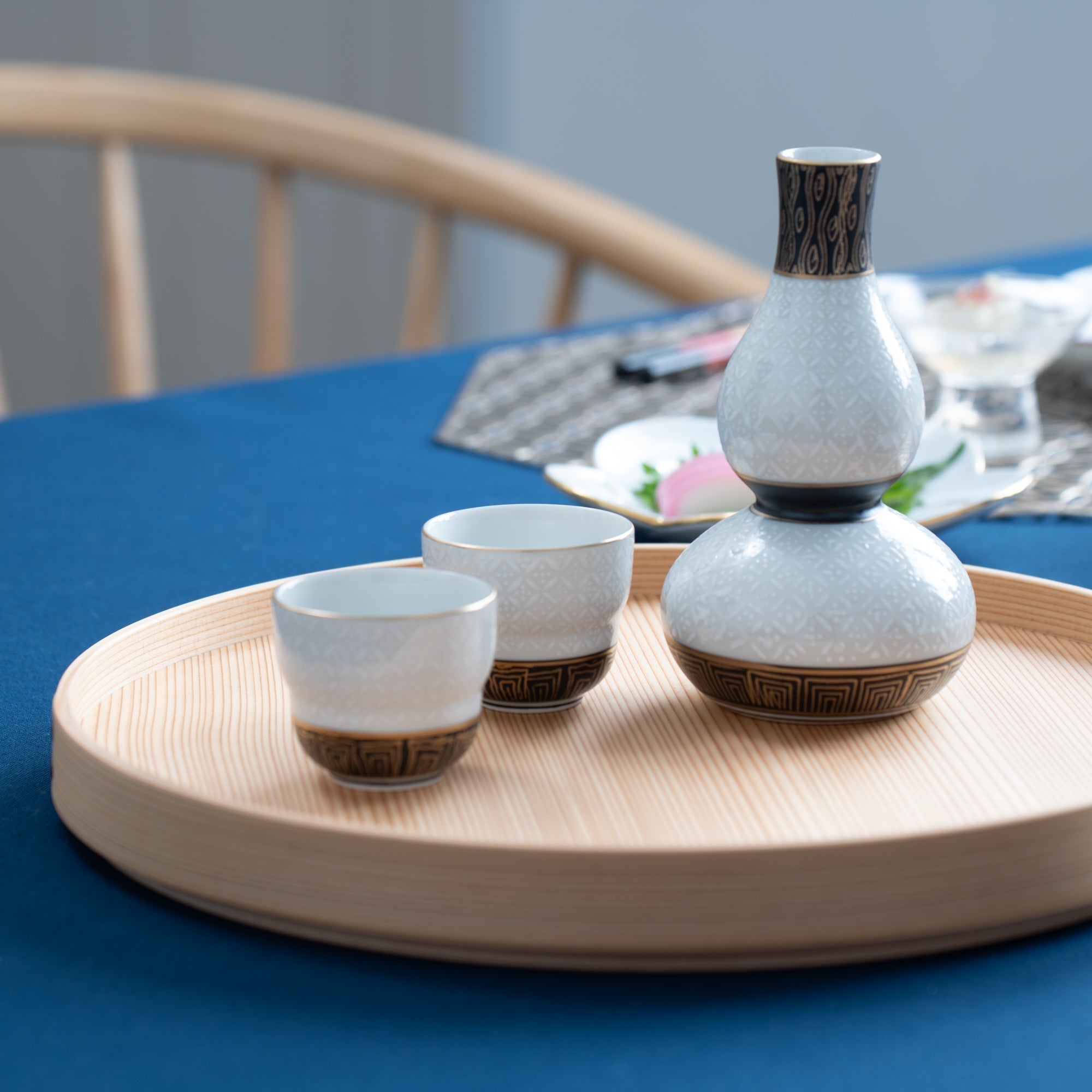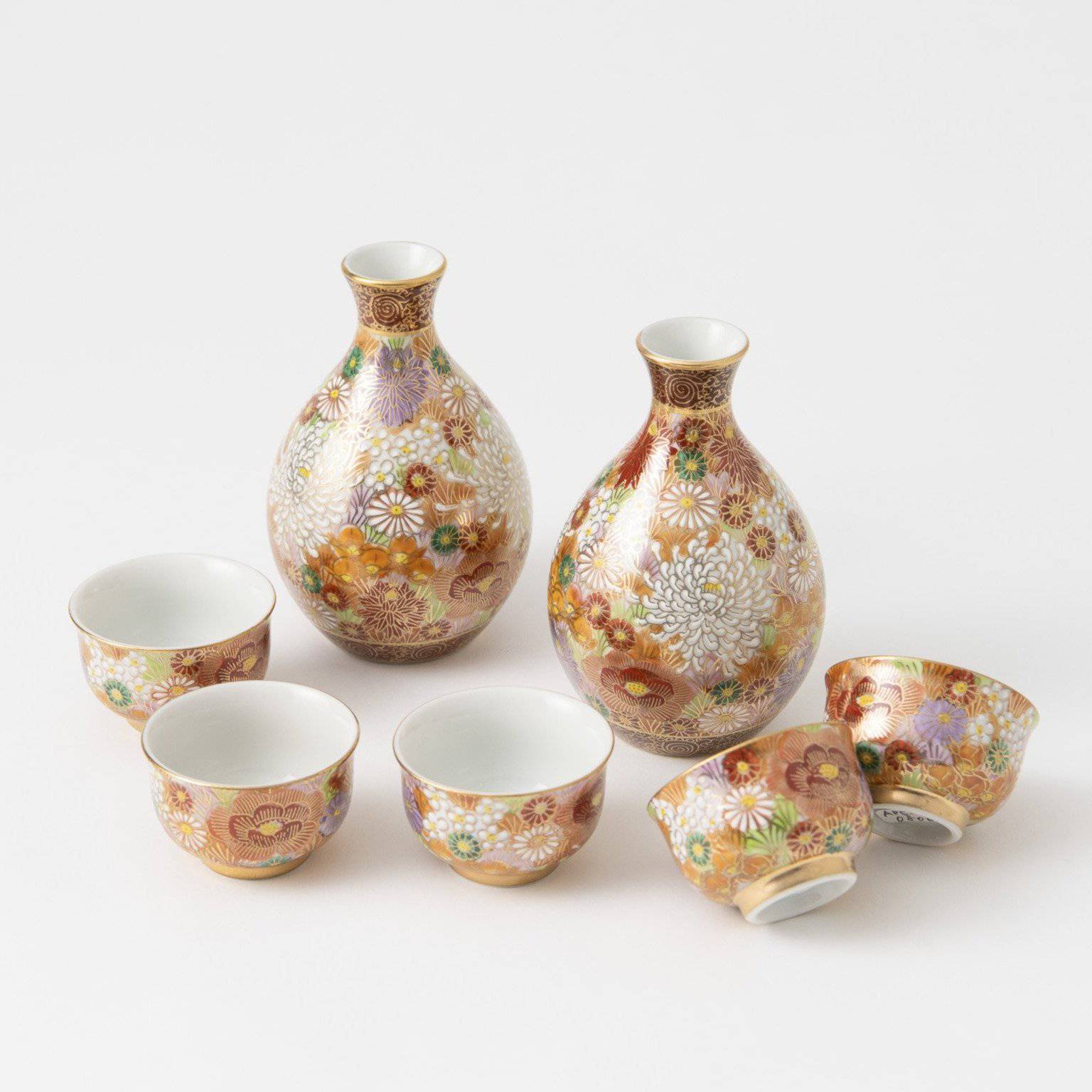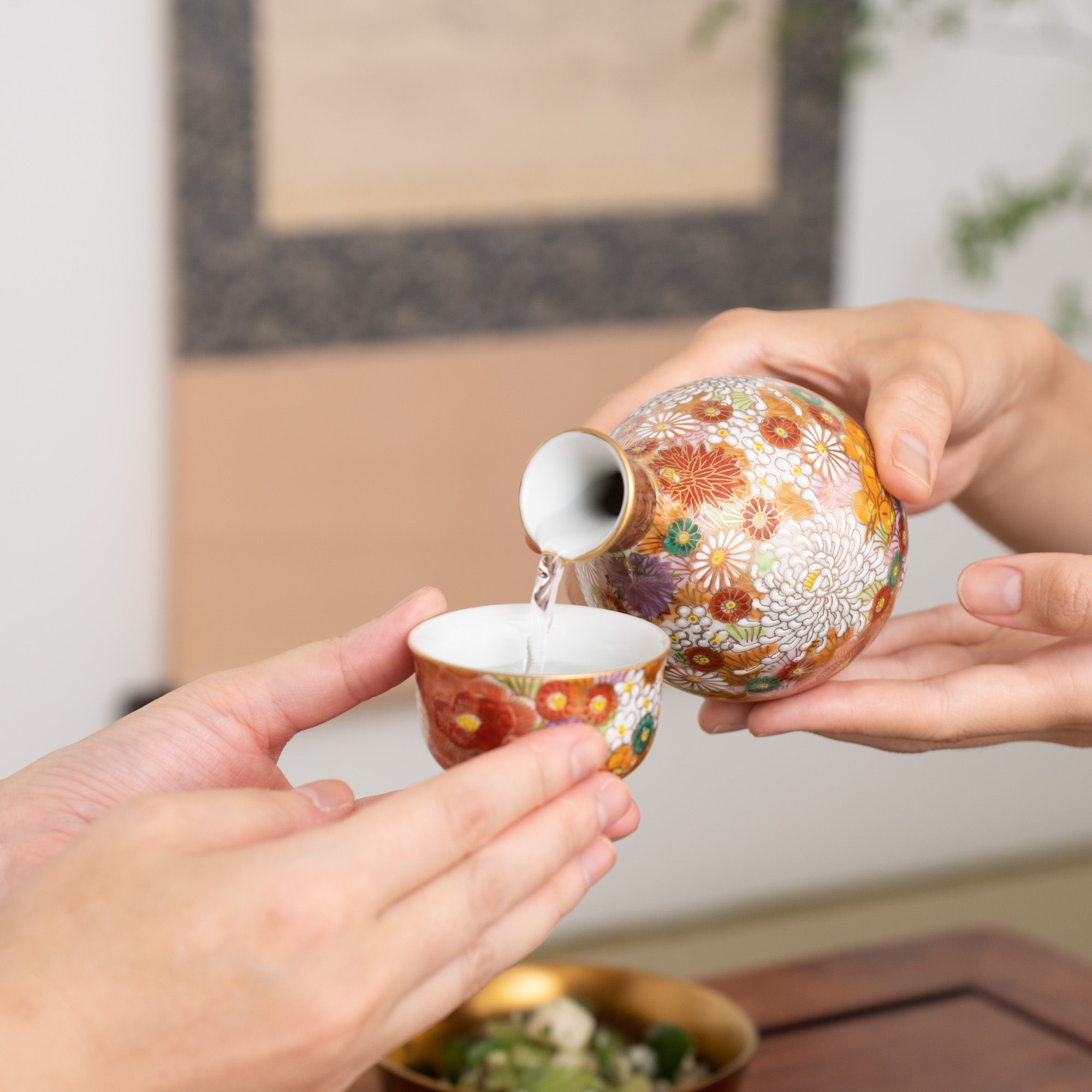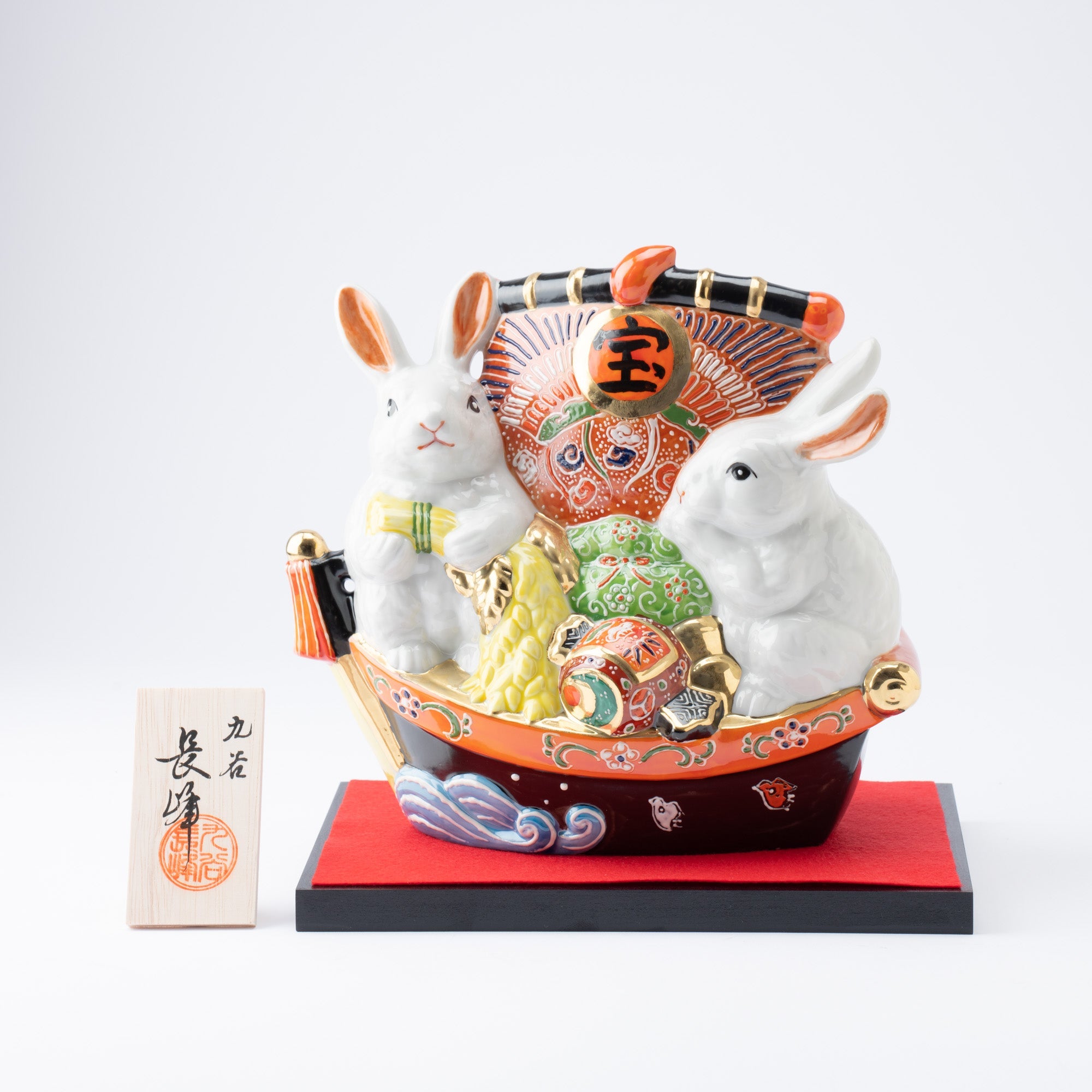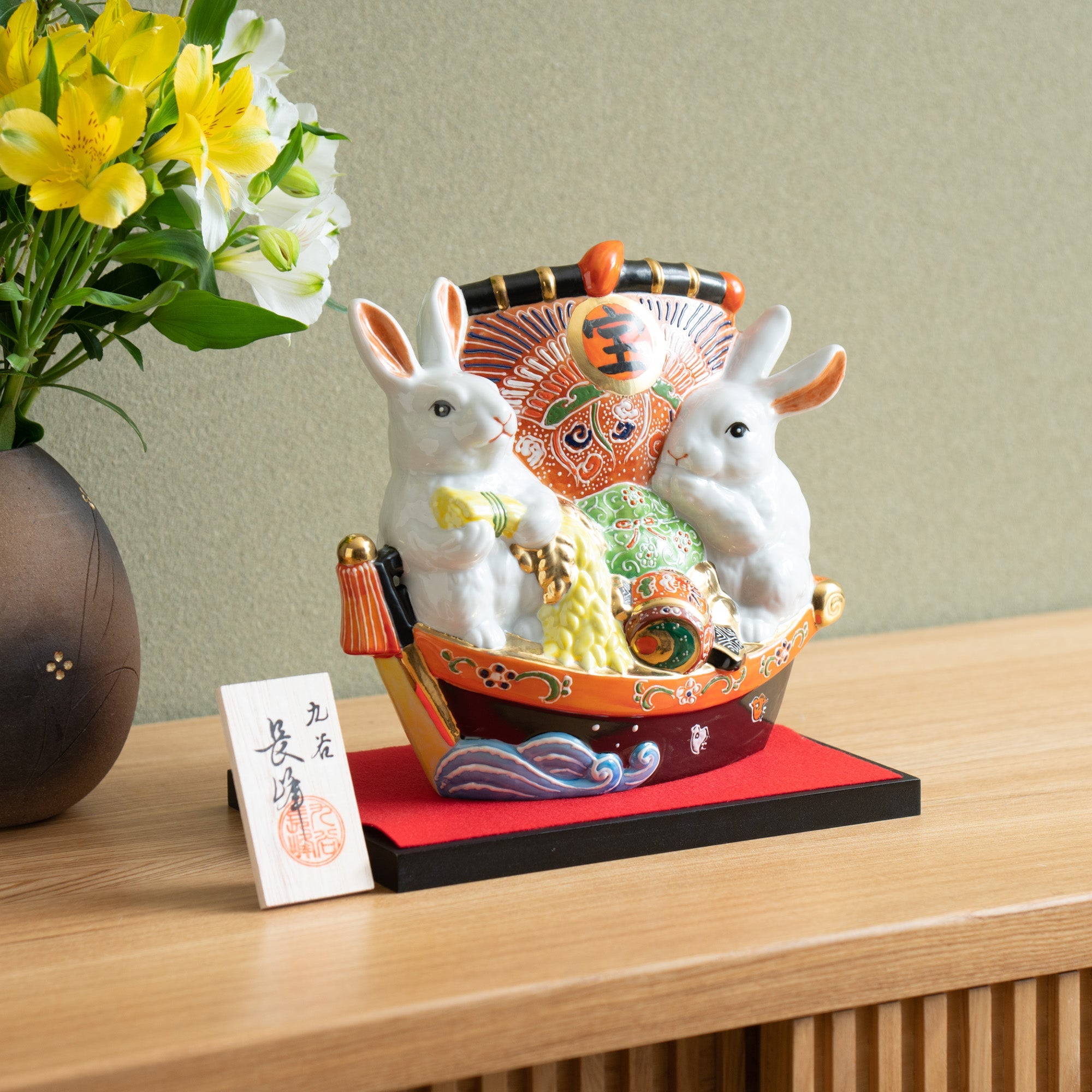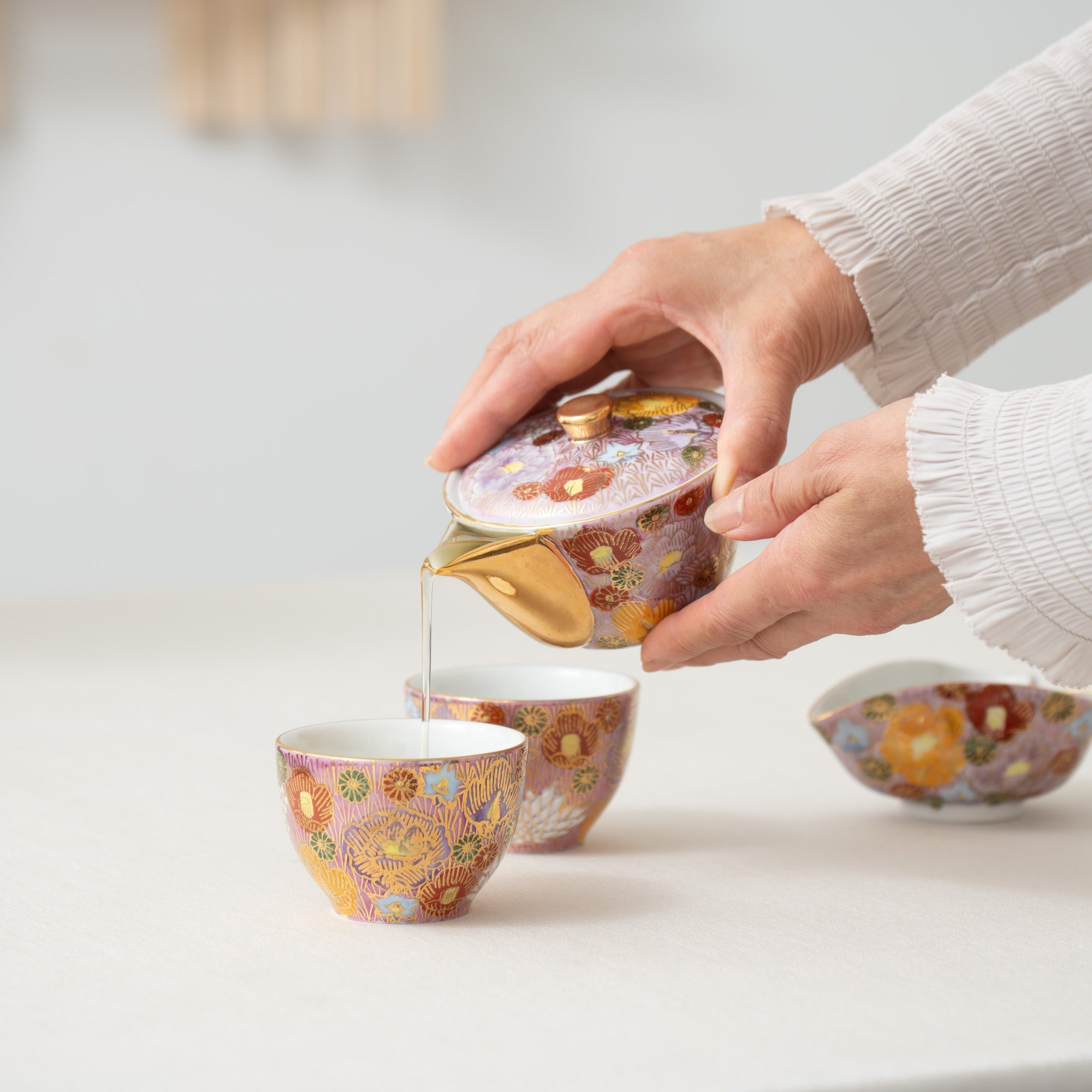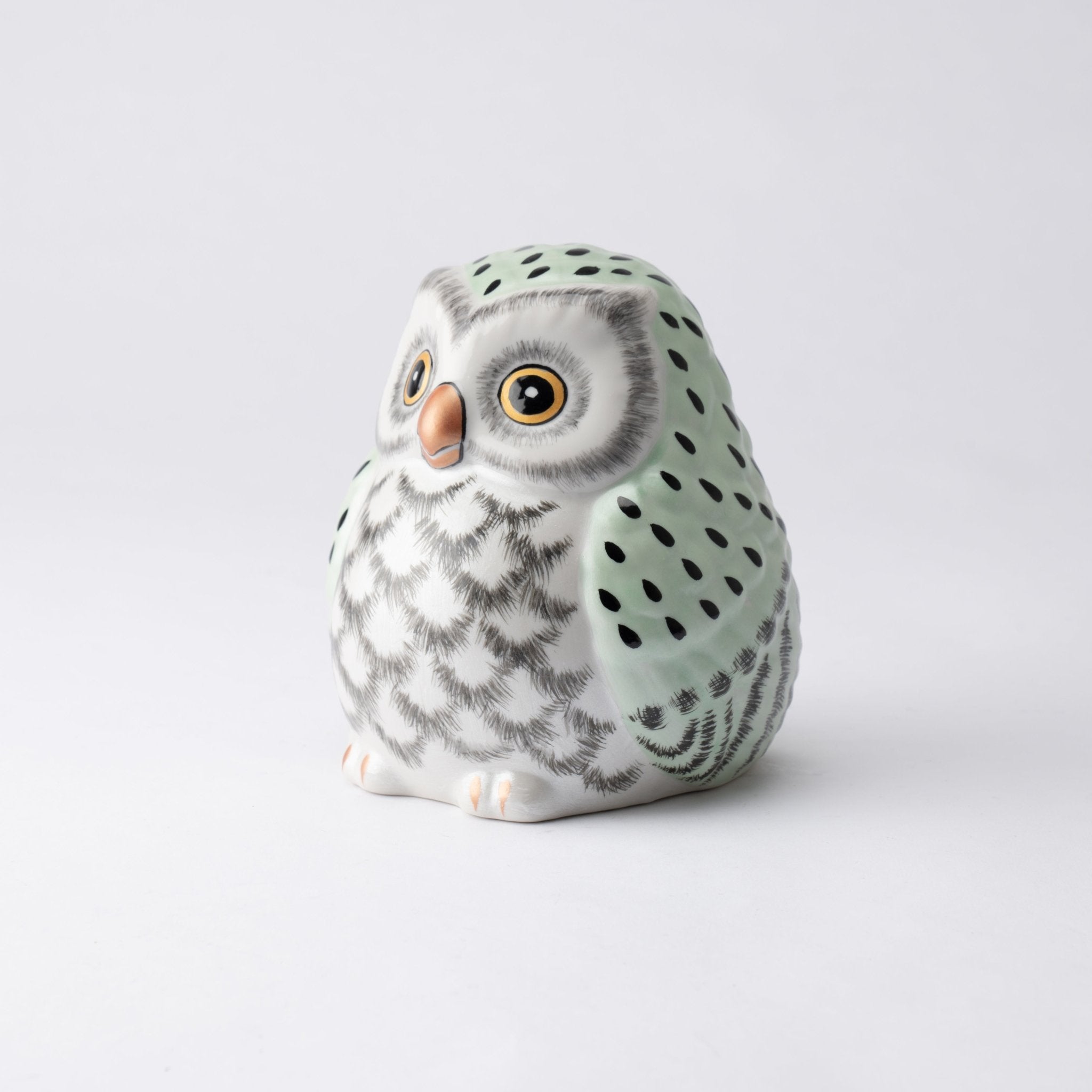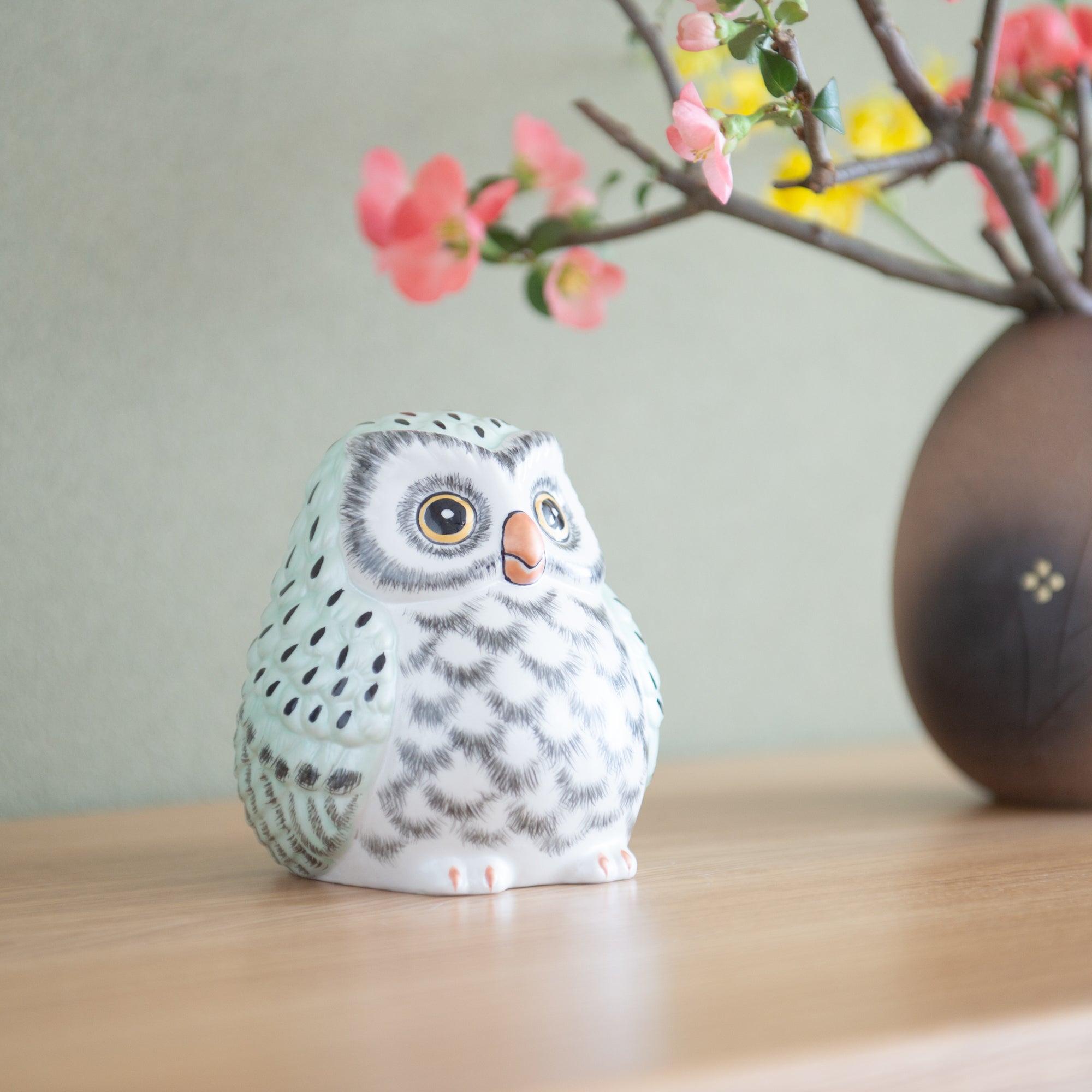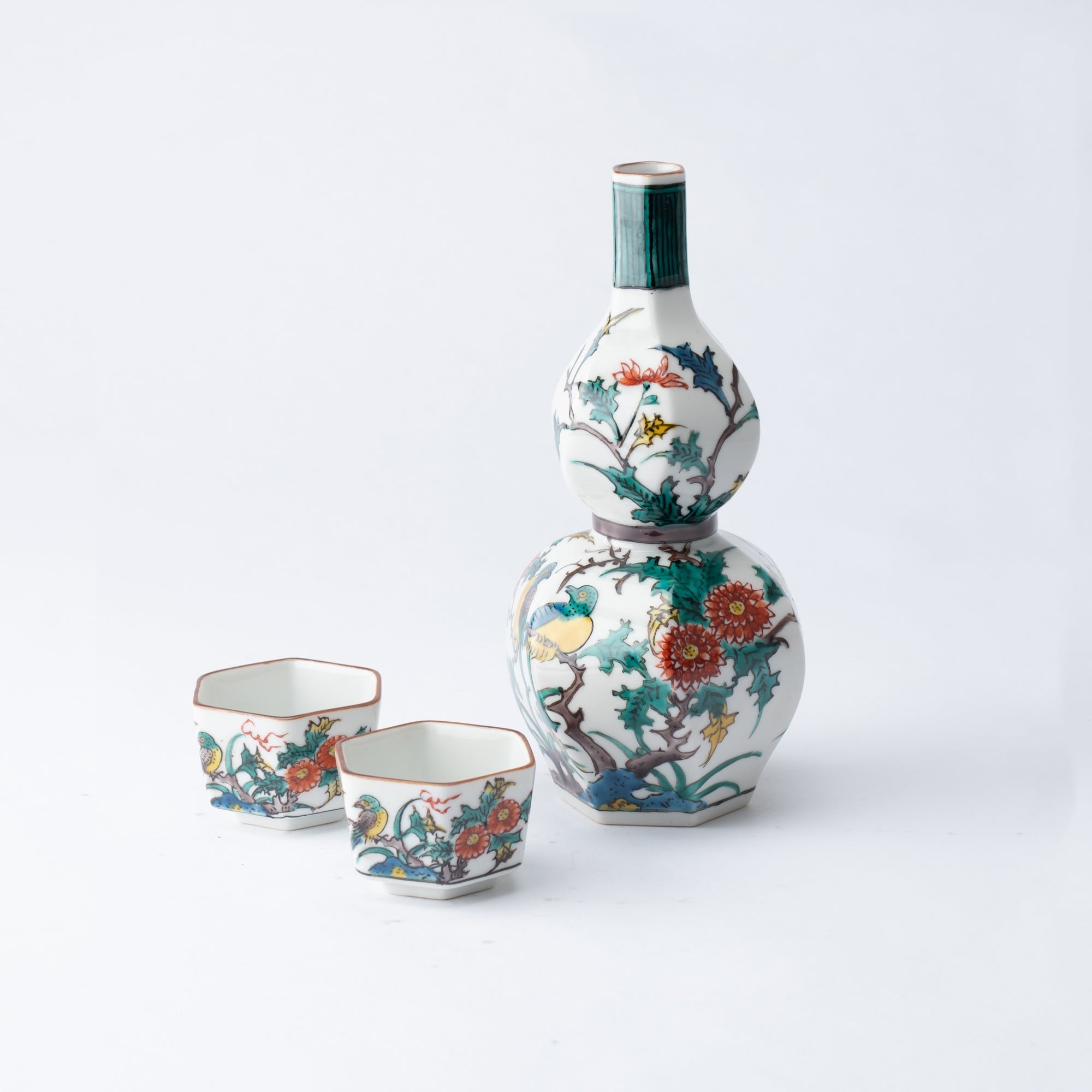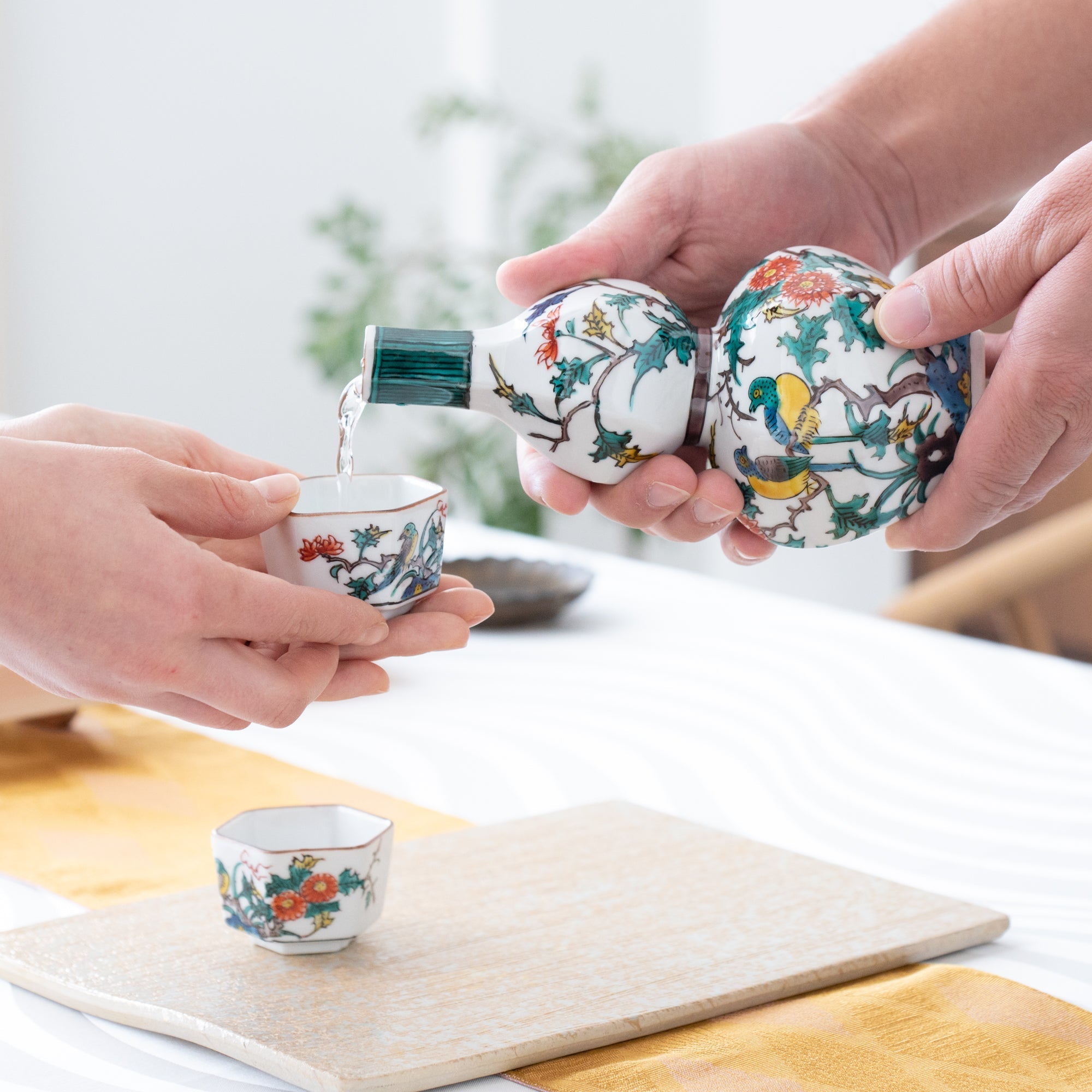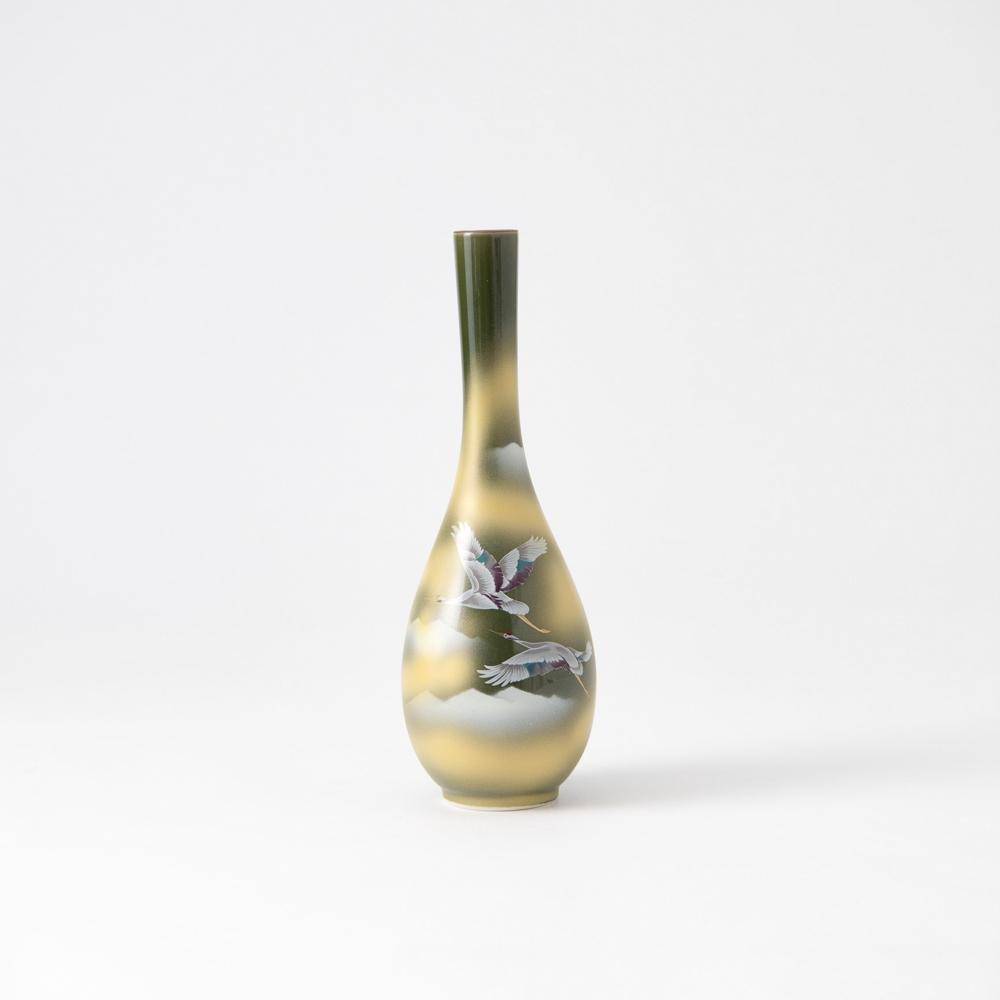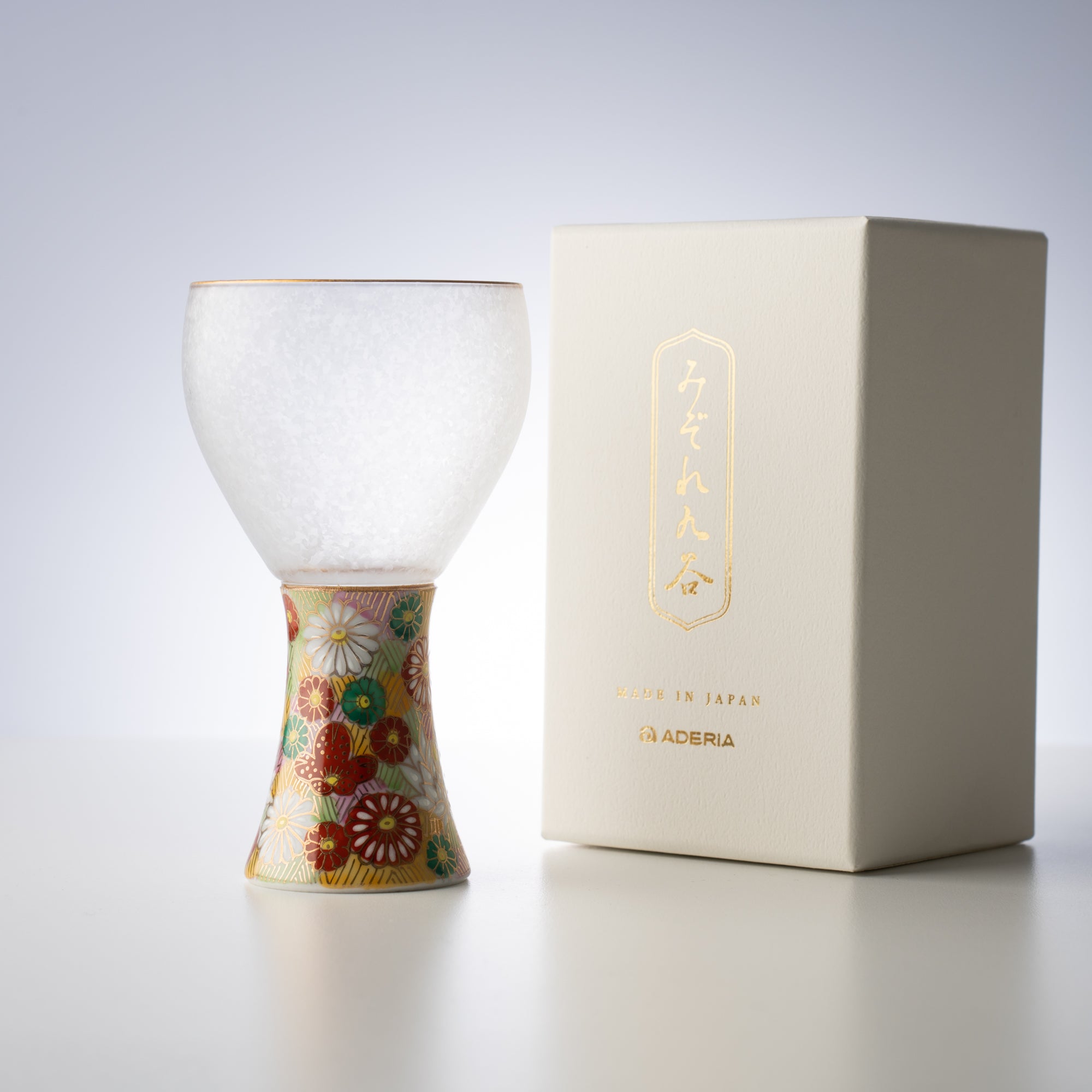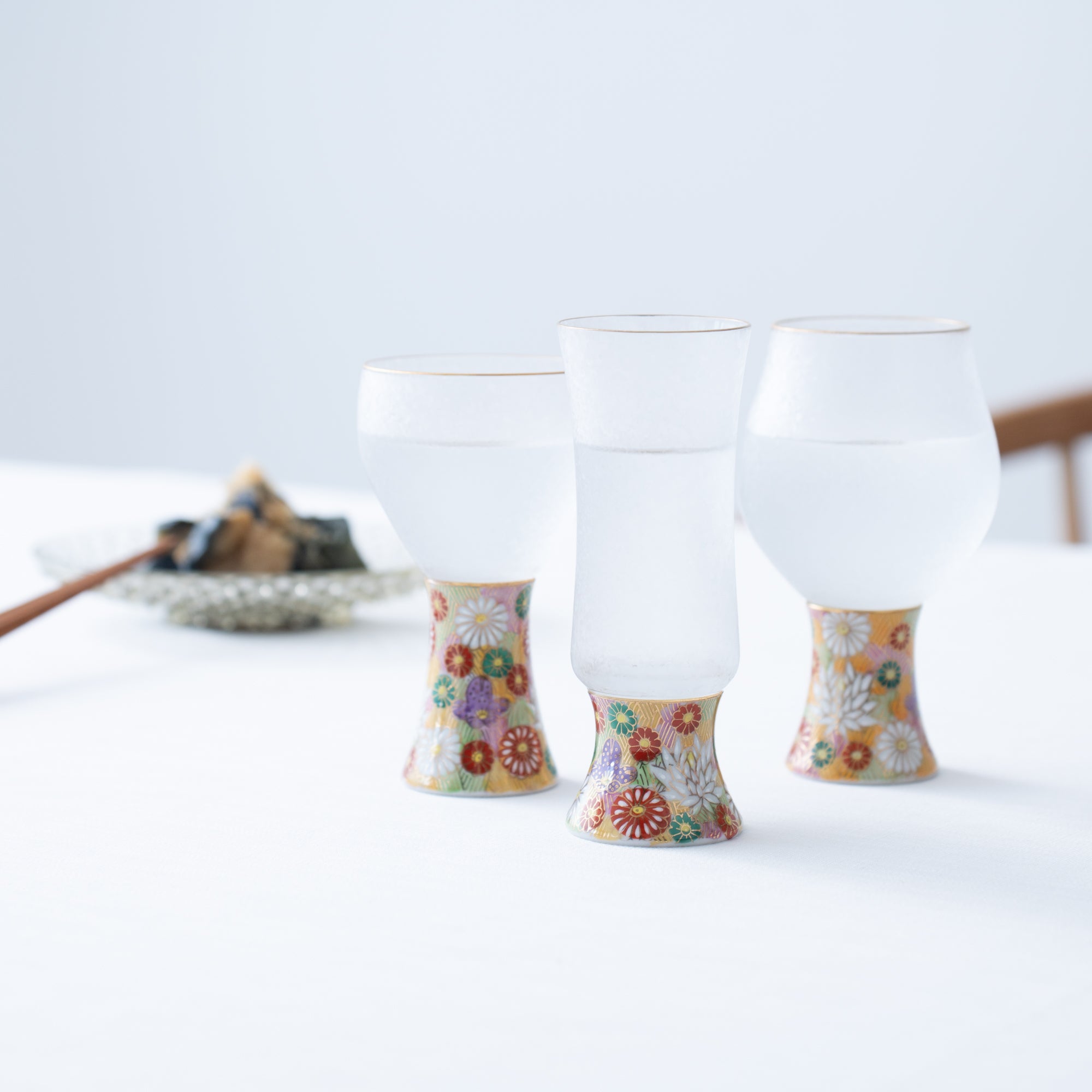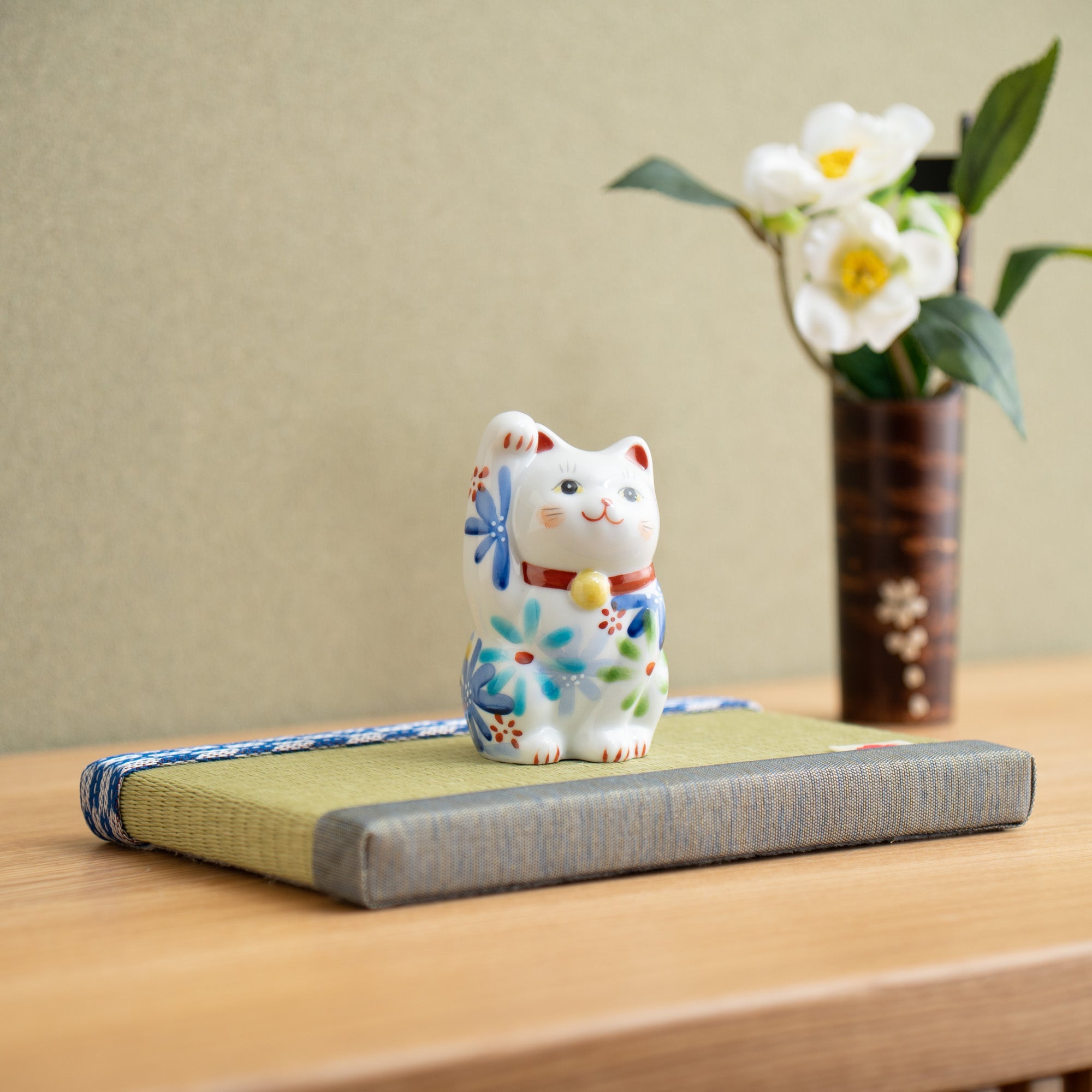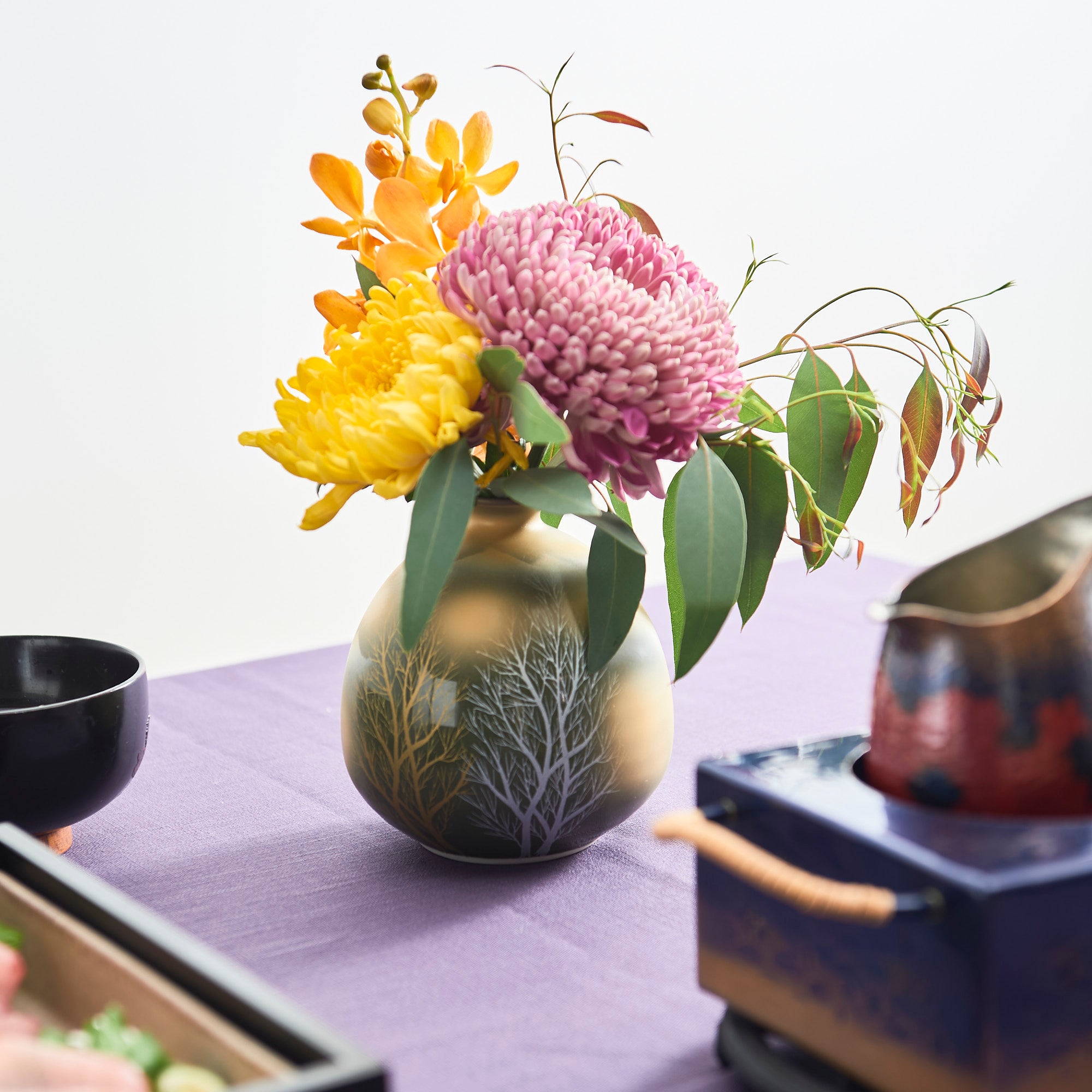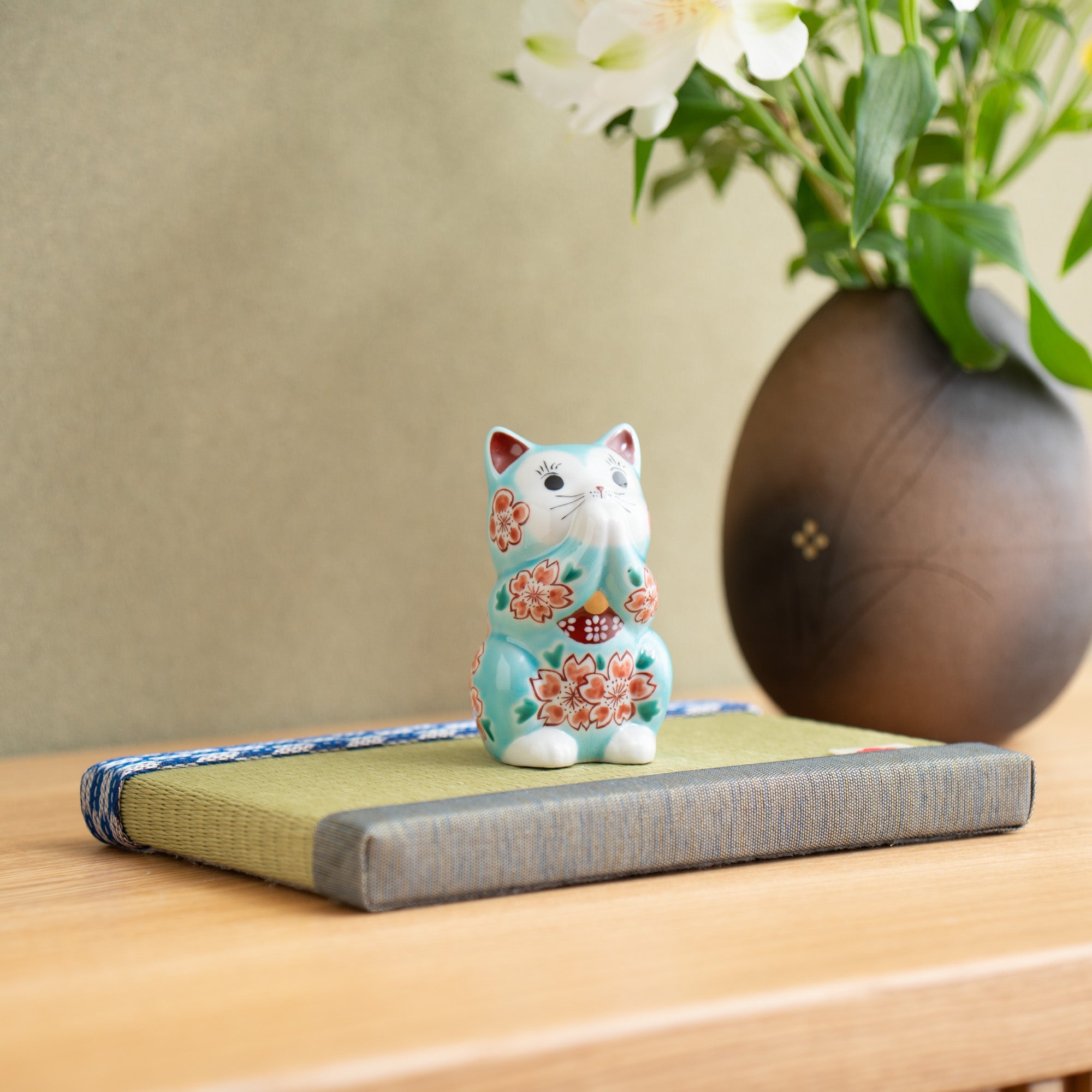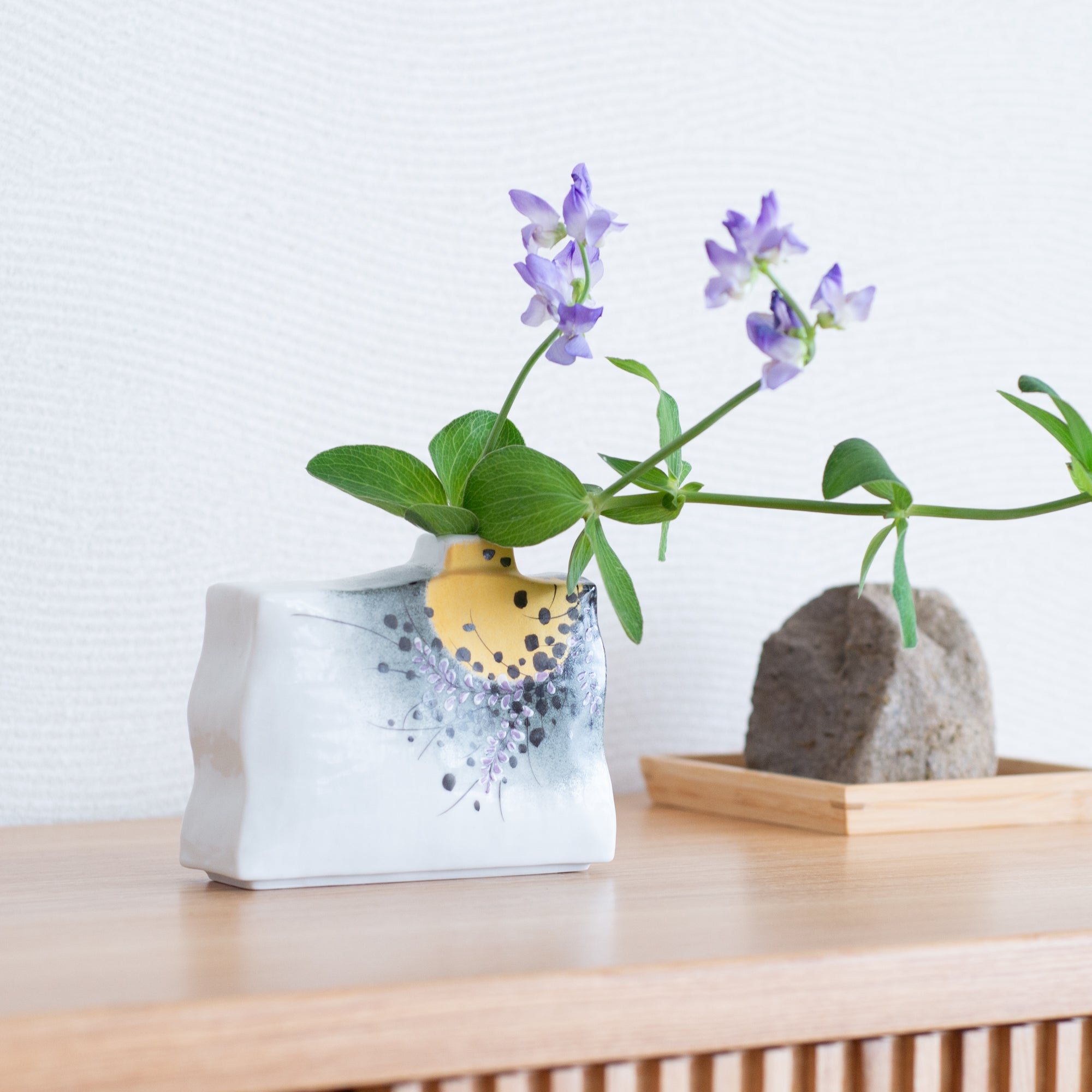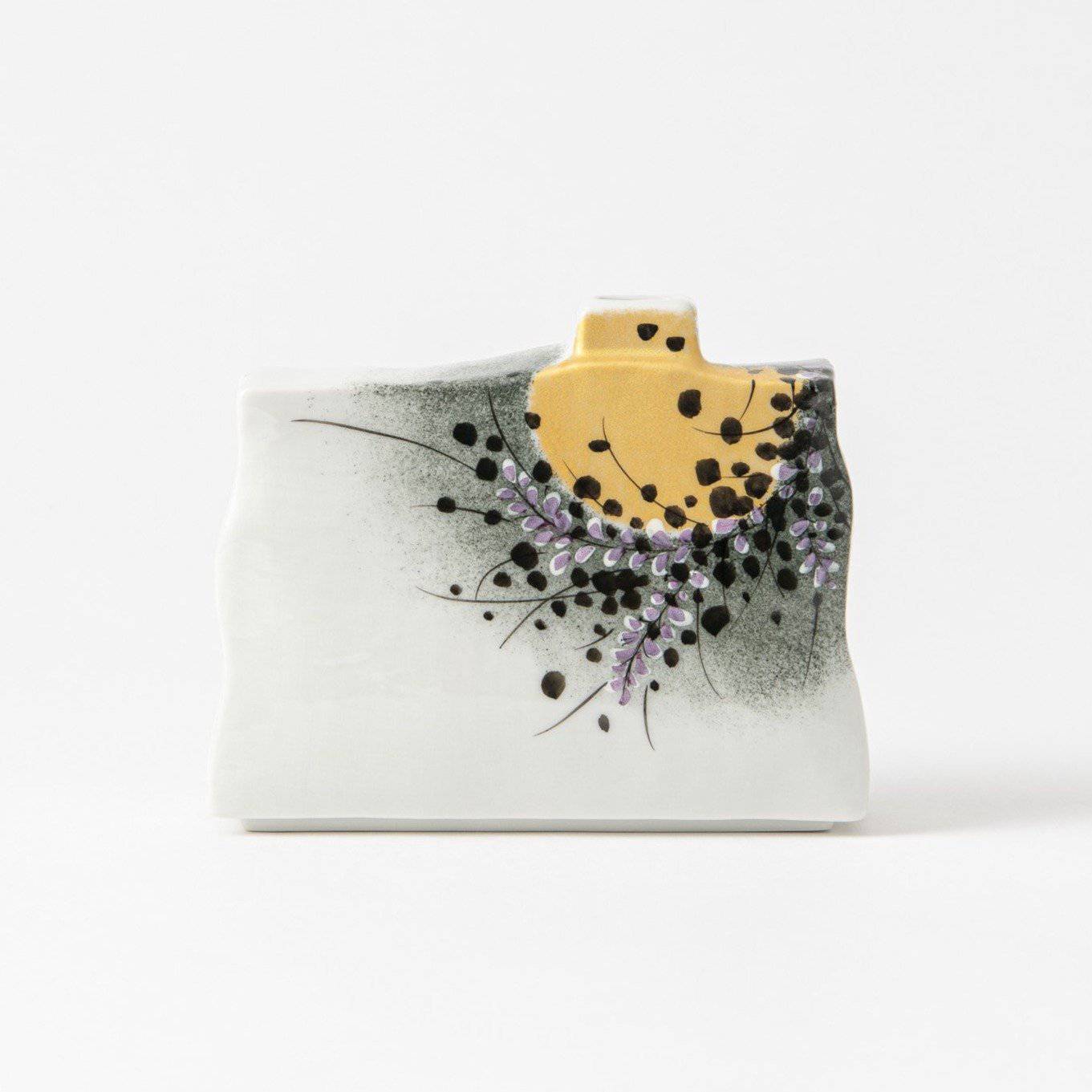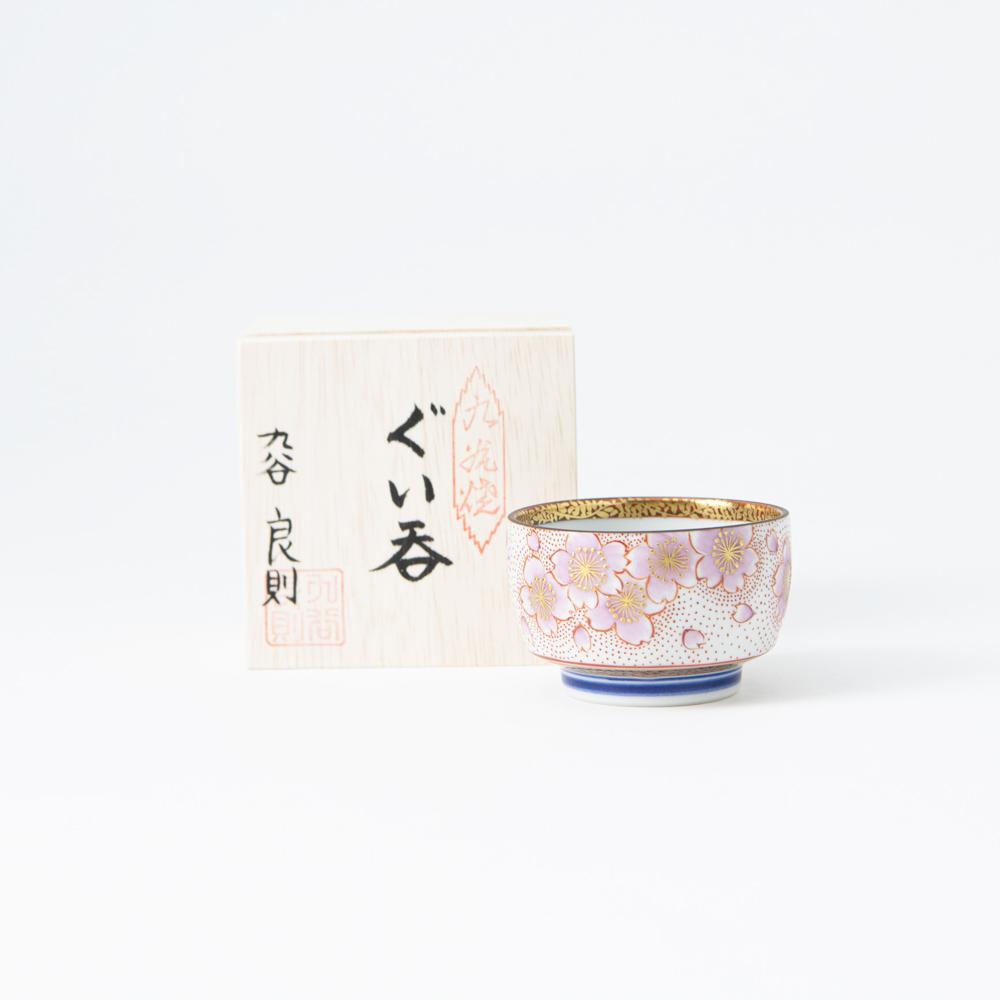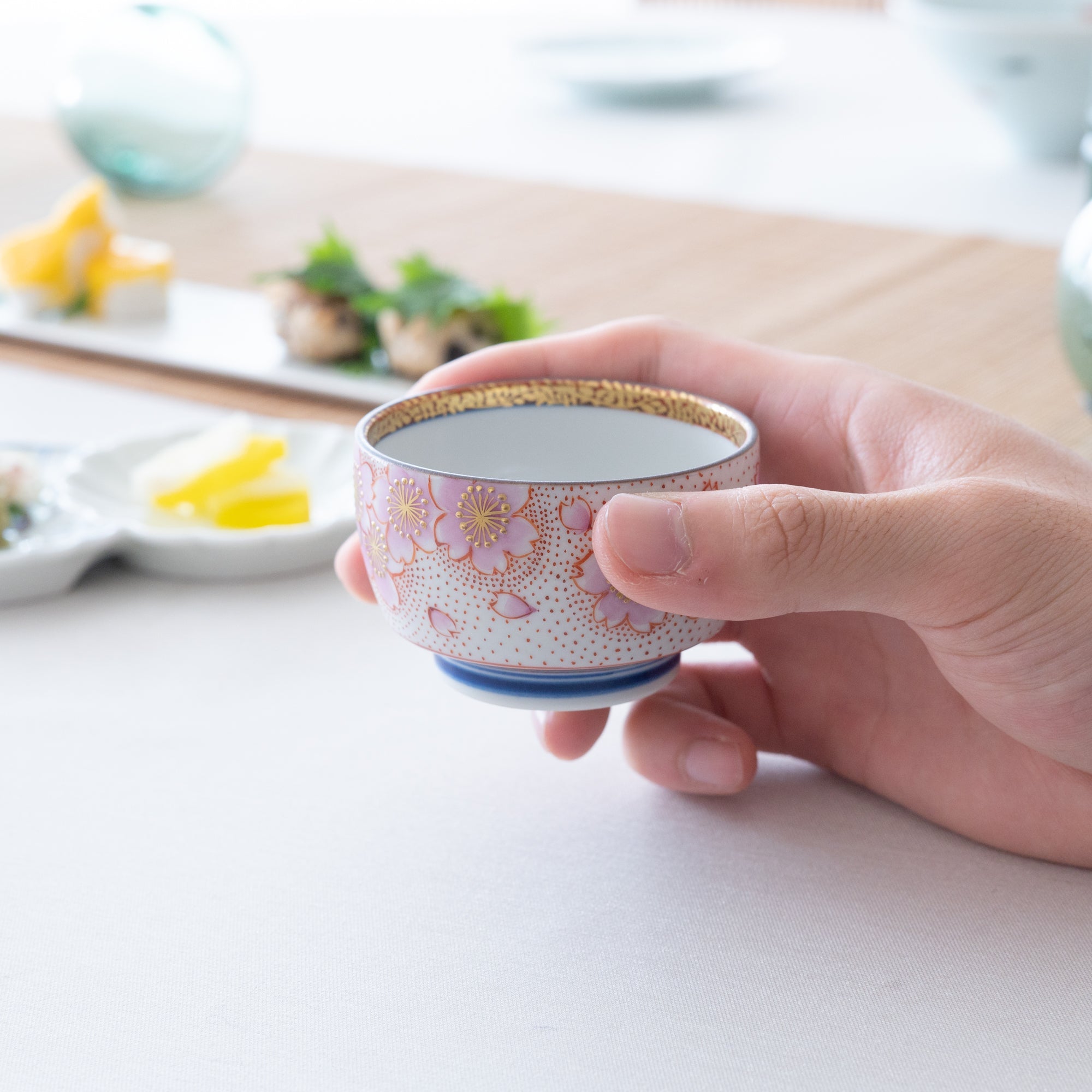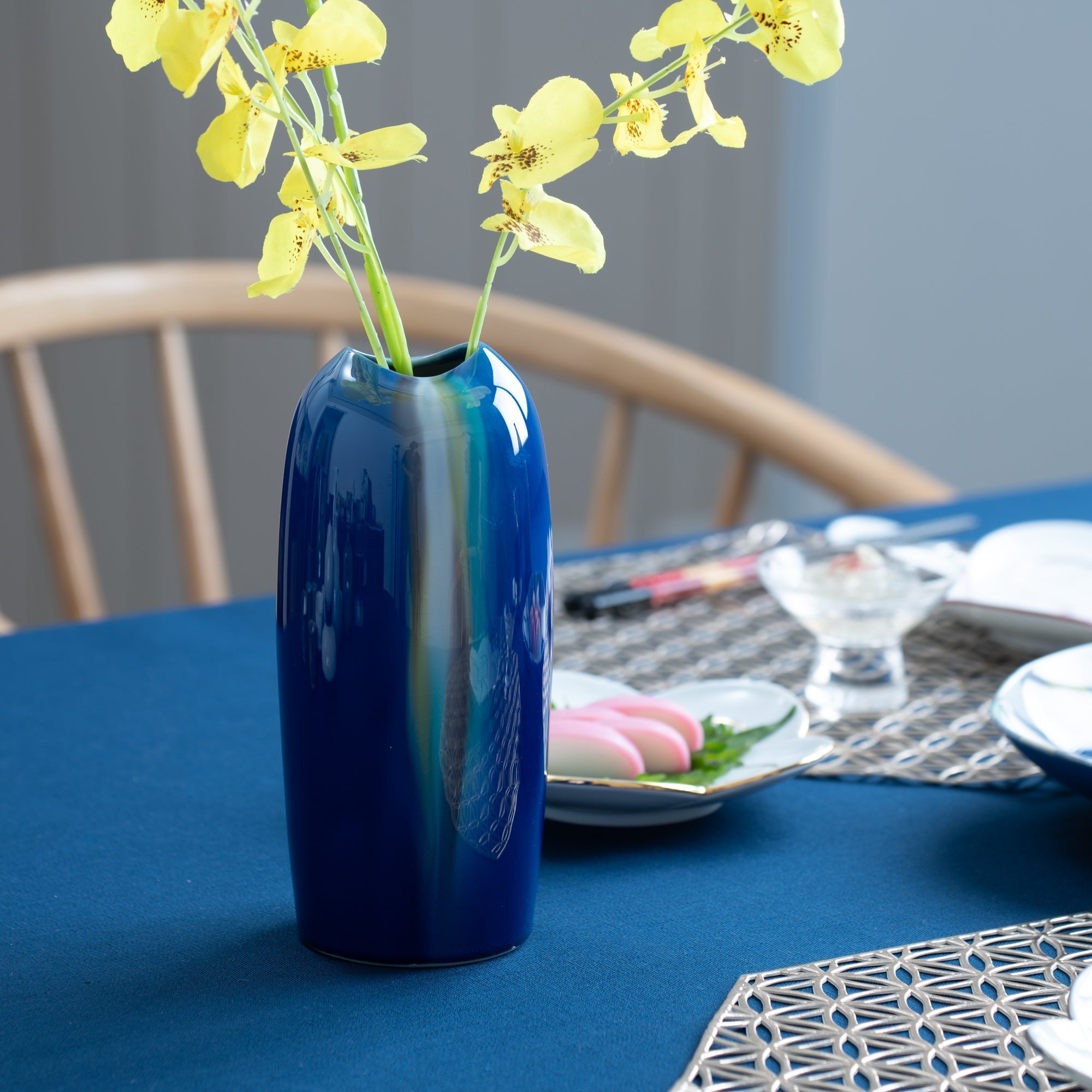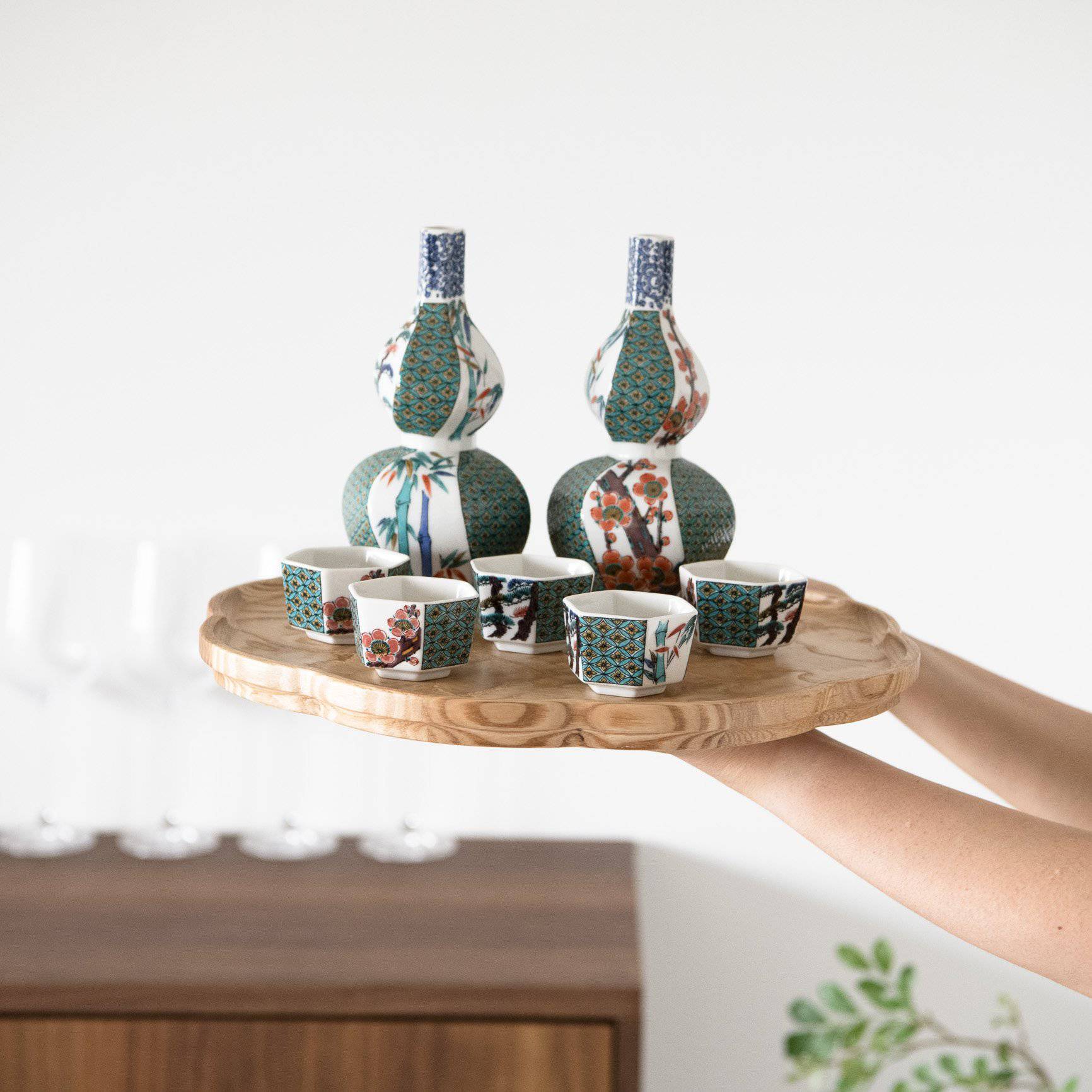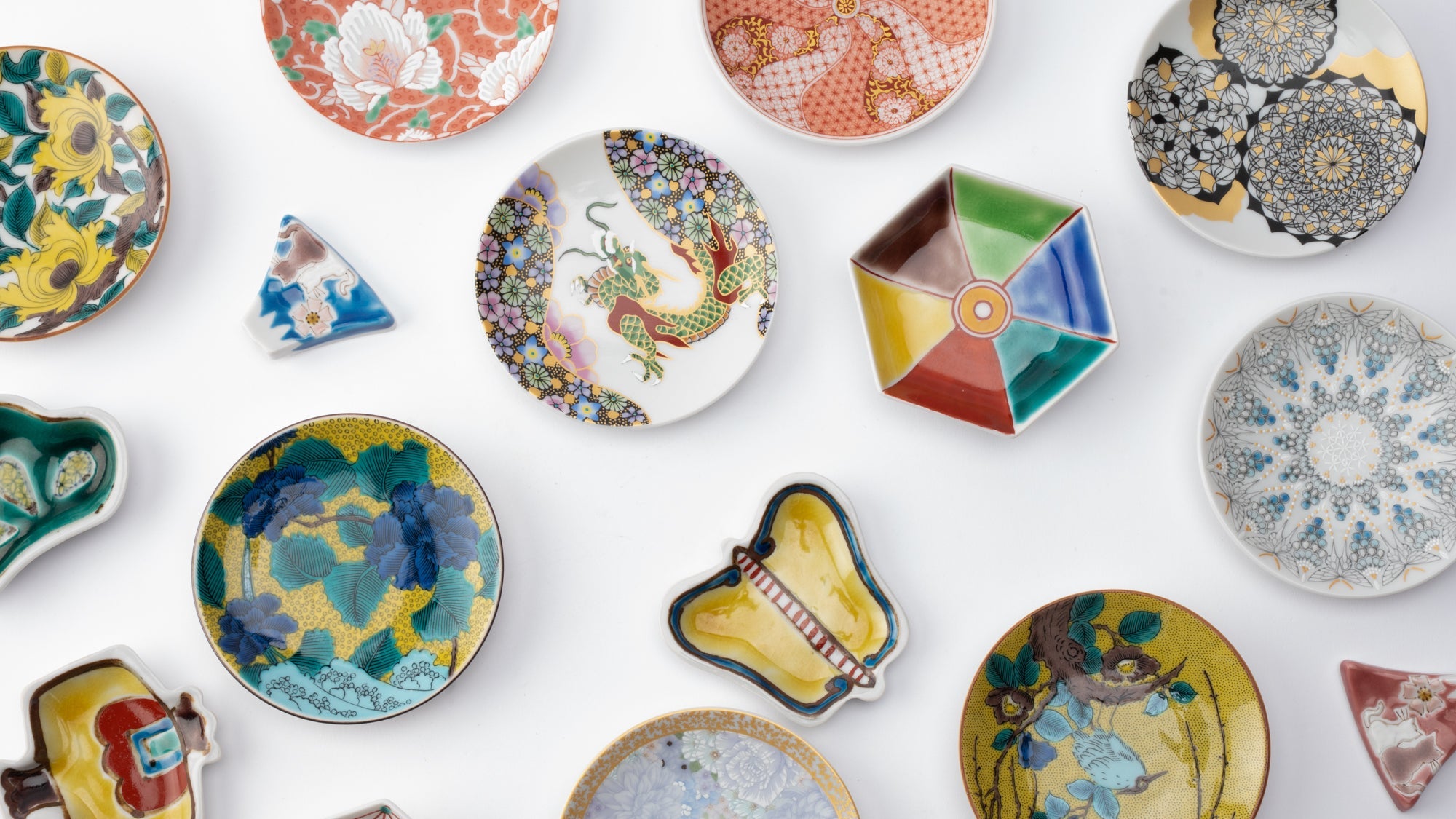
Colores que cuentan una historia de 350 años
Cerámica Kutani
La cerámica Kutani se produce en la región de Kaga, en la prefectura de Ishikawa, con más de 350 años de historia. Se caracteriza por el intenso brillo de sus cinco colores: azul marino, rojo, morado, verde y amarillo. que se aplican a las líneas audaces y atrevidas. Su larga historia se ha desarrollado gracias al esfuerzo incansable y al entusiasmo de quienes han buscado la innovación manteniendo la tradición.
La cerámica kutani es un tipo de cerámica japonesa que incluye tanto porcelana como gres, producida en la región sur de la prefectura de Ishikawa. Es famosa por su decoración dinámica y pictórica sobreesmalte, que a menudo presenta motivos tradicionales japoneses como... kacho (flores y pájaros) y sansui (Paisajes). Estos diseños vívidos y expresivos se encuentran no solo en vajillas de uso diario, como platos y cuencos, sino también en obras de arte.
A lo largo de los años, la cerámica Kutani ha desarrollado diversos estilos de pintura distintivos, que reflejan los cambios en el gusto artístico y la técnica. Entre los más reconocidos se encuentra el uso de patrones rojos y dorados, un enfoque suntuoso perfeccionado por el artesano Kutani Shoza. Este estilo alcanzó reconocimiento internacional durante la era Meiji (1868-1912 d. C.) con el nombre de "Japan Kutani".

A lo largo de su larga historia, la cerámica Kutani ha conservado las técnicas y la estética tradicionales al tiempo que continúa evolucionando con los avances modernos.
La cerámica Kutani se originó en 1655, durante el período Edo temprano (1603-1868 d. C.), cuando Maeda Toshiharu, primer señor del Dominio Kaga Daishoji, estableció un horno en la aldea de Kutani. Esta iniciativa surgió tras el descubrimiento de piedras cerámicas adecuadas en la mina de oro de Kutani. La porcelana producida allí pronto se conoció como cerámica Kutani, llamada así por su lugar de origen.
El horno de la aldea de Kutani se ganó rápidamente una gran reputación y se convirtió en un símbolo del Dominio Kaga Daishoji. Sin embargo, fue clausurado aproximadamente cincuenta años después de su fundación. Las obras producidas durante este breve pero influyente período se conocen como ko-Kutani, o "Kutani antiguo". Estas piezas son muy apreciadas hoy en día por su vibrante pintura sobre vidriado en la distintiva paleta de cinco colores: azul marino, rojo, morado, verde y amarillo, lo que marca un hito importante en la historia de la porcelana coloreada japonesa.

Las razones del cierre prematuro del horno siguen siendo inciertas. Se han propuesto varias teorías, incluyendo la muerte de Maeda Toshiharu, las dificultades económicas causadas por la hambruna, el conflicto político dentro del dominio y la posible interferencia del shogunato Tokugawa. A día de hoy, la verdadera causa sigue siendo un misterio.
Aproximadamente un siglo después, comenzó un resurgimiento con la creación de numerosos hornos nuevos de porcelana esmaltada, con el apoyo de la familia Maeda. Este resurgimiento, conocido como el Renacimiento de Kutani, introdujo nuevos enfoques artísticos e innovaciones técnicas, incluyendo porcelana esmaltada de ricos colores y elegantes... algúntsuke Porcelana (azul y blanca). Con el tiempo, los diversos estilos desarrollados por cada horno se fusionaron, sentando las bases para la expresión moderna de la cerámica Kutani, que floreció después de la era Meiji.
Para una exploración más profunda de la historia de la cerámica Kutani, lo invitamos a leer nuestra entrevista con Nakaya Shinichi, director del Museo de Arte de Porcelana de Kutani.
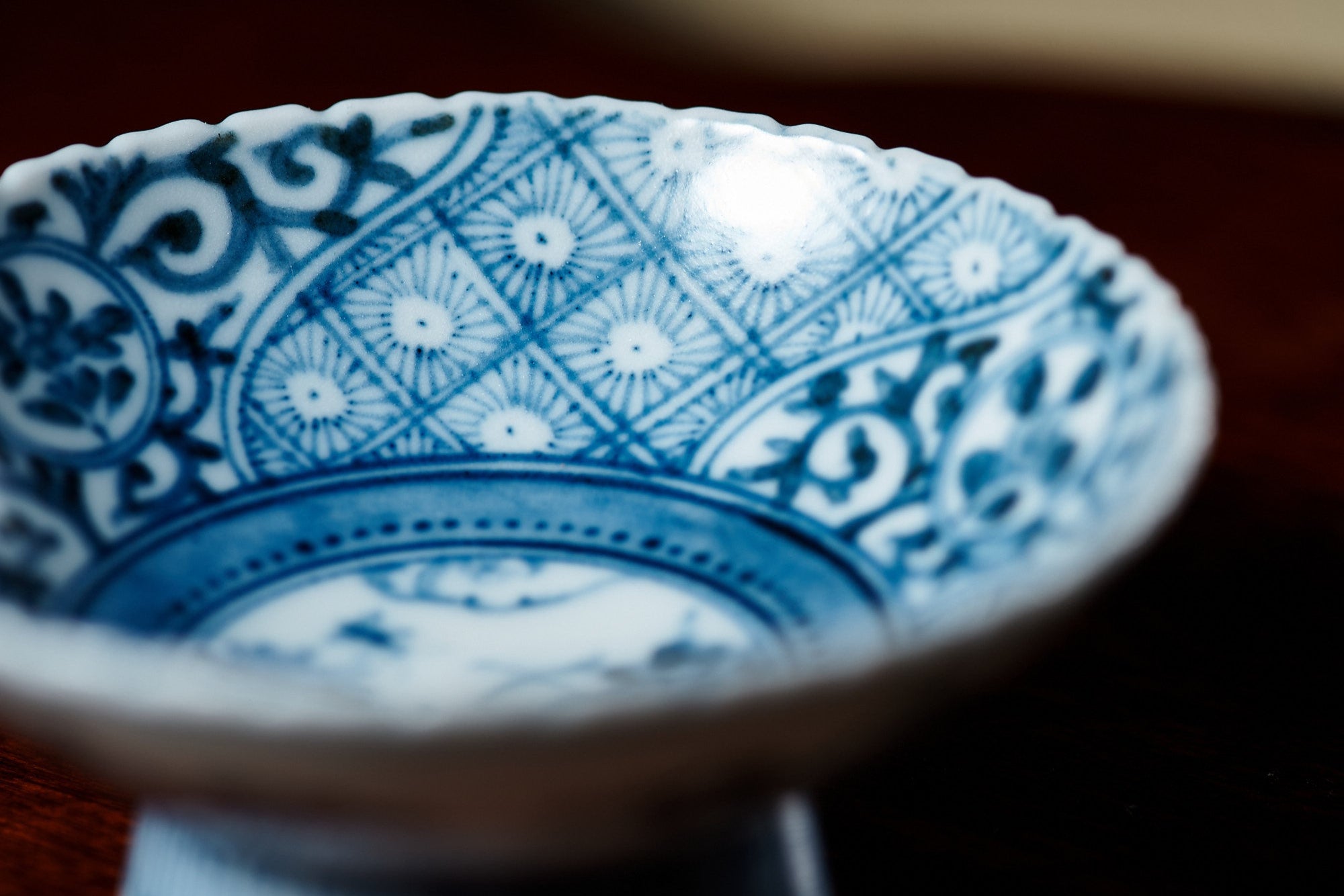
Conocida por sus vibrantes colores y atrevidos diseños, la cerámica Kutani se elabora mediante una serie de procesos especializados: extracción, preparación de la arcilla, moldeado, cocción y pintura. Cada paso requiere precisión y dedicación, con técnicas tradicionales transmitidas de generación en generación.

Artículos relacionados
Filtros


